























Nature failure is inevitable,
we can only face it.
Photography usually documents a catastrophe that has just happened or records the traces
of events far back in time. Are They Rocks or Clouds? is rather an attempt to foresee a future catastrophic event. It blends research with photography and is based on the hypothesis of a large-scale hydrogeological disaster in the Dolomites.
The project refers to the possibility of the floods and landslides that devastated the region in 1966 repeating themselves after a hundred years. Confronting the spectre of a disaster that could happen within the next fifty years — close but not immediate — gave Caneve the opportunity to go beyond
documenting an event as it happened. She avoided recreating traditional imagery of the mountain that amplifies its sublime and monumental aspects. She instead created a new, uncertain imagery that allows us to explore, decode and re-observe the landscape.
Caneve pushes us to face our vulnerability in living and experiencing our place in the environment. She also addresses her questions to the medium of photography itself, interrogating its possibilities and its limits.
Are They Rocks or Clouds? oscillates between the documentary and the poetic. Its variations are a metaphor for the stratification of different rocks that represent the internal structure of mountains, revealing their geological epochs and other peculiarities. At the same time, these features show the fragility of the mountains by exposing how at various points their slopes have collapsed. Events have taken place, are taking place in ways that are often barely visible, and will continue to take place into an incalculable future. As Georges Didi-Huberman, the French philosopher and art historian, wrote in Sentir le grisou (Smell the Firedamp), ‘We can expect that thinkers, history and perhaps artistic activity will alert us to the looming catastrophes.’
Caneve’s camera is directed towards the landscapes of her childhood and towards the people who live in and with the mountains and who know perfectly well the dangers of living in such an environment, framing and organising these temporal modulations. For Caneve, seeing and imagining this vulnerability is a way of relating materially to it.
(..) as the mountain as metaphor is poetry while the mountain recognized as a real source of danger alludes to the documentary, for which evidence is to be mounted to account for the monitoring of its moving, or testimonies to be gathered after an accident or a catastrophe. - Taco Hidde Bakker, Are They Documents or Poems?
‘Are They Rocks or Clouds?’ addresses the history of hydrogeological events in the Dolomite mountains and, more broadly, how our cultural memories of such incidents are shaped. The work explores how human habitation persists in locations that have established patterns of landslides, floods, and other such possible catastrophes and therefore comprises a blend of research and archival images, texts, and recent photographs woven together to address the themes of Destruction, Protection, Experience, Representation and Resilience in areas with centuries-long cycles of human vulnerability in the face of natural disasters. ‘Are They Rocks or Clouds?’ balances information, history and visual pleasure as the reader is asked to confront the risks we take, as humans, in our effort to live comfortably while also pushing the limits of how we interact with the natural world.
- Lesley A. Martin, The Dummy Photobook Prize, Cortona On The Move, 2018
Are They Rocks or Clouds? is a multifaceted series of photographs that benefits from the indeterminacy that, on the one hand, underpins poetry and, on the other, is the boundary of science, all without succumbing to the ambiguity of the one or the presumption of the other, because, to cite the science historian D. Graham Burnett, “conclusions should, as a rule, be treated with suspicion. - Raffaele Vertaldi, Domus 1034
‘Are They Rocks or Clouds?’ book is designed by Hans Gremmen and is published by Fw:Books and OTM.The photobook blends images and text; are included three essays and a Coda.
Essays:
Taco Hidde Bakker (Writer and curator), Are They Documents or Poems?
Emiliano Oddone (Geologist), The Gravity of Beauty
Annibale Salsa (Anthropologist), The Knowledge Defect
Selected writings:
ASX American Suburb X - Essay by Eugenie Shinkle & Sunil Shah
GUP Magazine - Book review by Tim van Dijk
Il Post, Sono rocce o nuvole? - Article by Alessia Mutti
Vogue - Interview by Chiara Bardelli Nonino


Exhibitions:
Are They Rocks or Clouds?, Switch Lab and IIC Bucharest, solo show, curated by Alessandro Dandini de Sylva (Bucharest, ro, 2023)
Earthlings, Atelier Néerlandais, curated by Jenny Smets (Paris, fr, 2021)
Not only history, but our memories, curated by Carlo Sala, Podbielski Contemporary (Milan, it, 2020)
Sguardo Lucido, Fotohof, curated by Andrew Phelps and Herman Seidl (Salzburg, at, 2019)
Are They Rocks or Clouds?, Cortona On The Move, curated by Arianna Rinaldo (Cortona, it, 2019)
F4 Fondazione Francesco Fabbri, curated by Carlo Sala (it, 2019)
Looking On – MAR Ravenna, curated by Giulia Ticozzi and Osservatorio Fotografico (it, 2019)
Emerging Talents, Mattatio, Roma, curated by Arianna Catania and Sarah Carlet (it, 2018-2019)
Giovane Fotografia Italiana, Fotografia Europea Reggio Emilia, curated by Daniele De Luigi (it,2018)
Awards:
Prix Pictet, Shortlisted (2025, uk/ch)
Premio Graziadei VII Edition, Special Mention, (2020, it)
Prix du Livre, Rencontres d’Arles Book Awards, Finalist (2020, fr)
Premio Marco Bastianelli (2020, it)
Cortona On The Move Book Dummy Award (2018)
Premio Giovane Fotografia Italiana, FOTOGRAFIA EUROPEA – Reggio Emilia (2018, it)
Unseen Dummy Award 2017 e La Fàbrica – Photo London Book Dummy Award, Shortlisted (2018, es-uk)


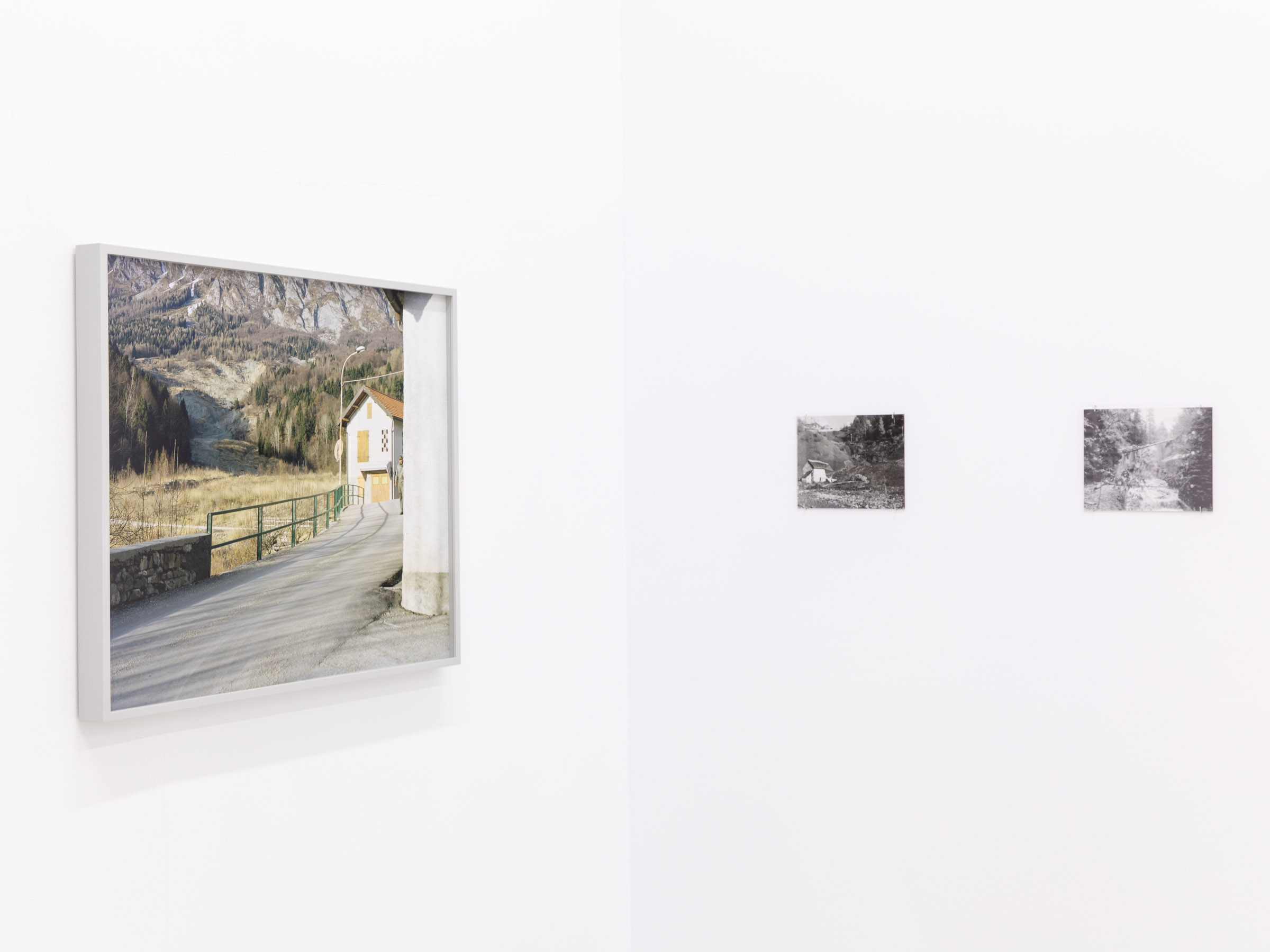








2015-2024
On the ground among the animals is a research based artistic project exploring the possibility of a “visual ecocriticism”.
With On the Ground among the Animals, Marina Caneve explores the ambiguities inherent in the dominating role played by human beings over nature and the tensions that emerge from their relationship with other animals. The artist takes her cue from an analytical study of the Natura 2000 project, the network of ecological corridors to preserve biodiversity promoted by the European Union. Caneve creates a visual link between the infrastructures connecting the wild animals, the videos generated by the monitoring systems and the nature reserve landscapes. She touches on key themes such as migration and freedom of movement, non-human animal rights, ecosystem conservation and ultimately the possibility of rethinking human beings’ role in the world.
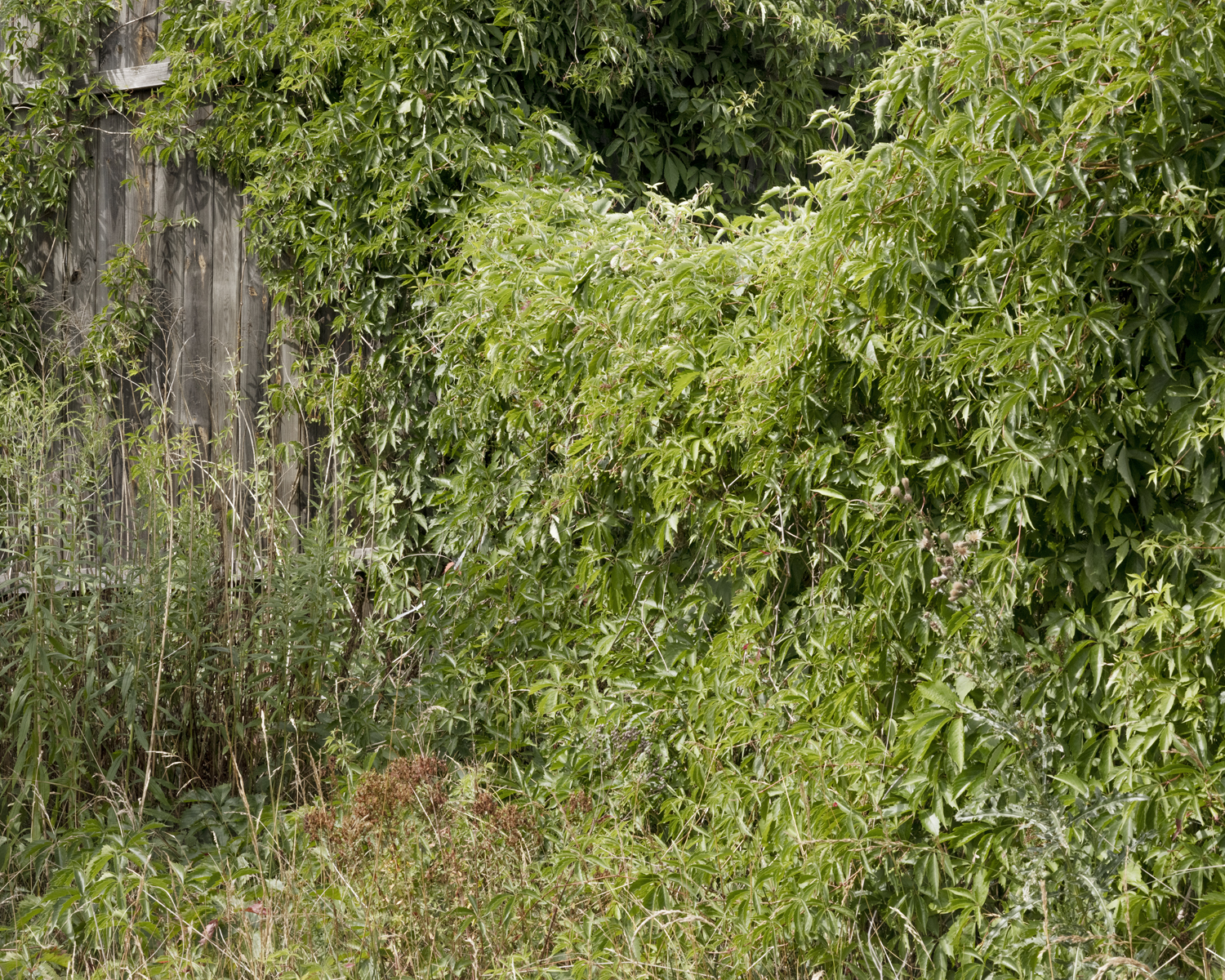
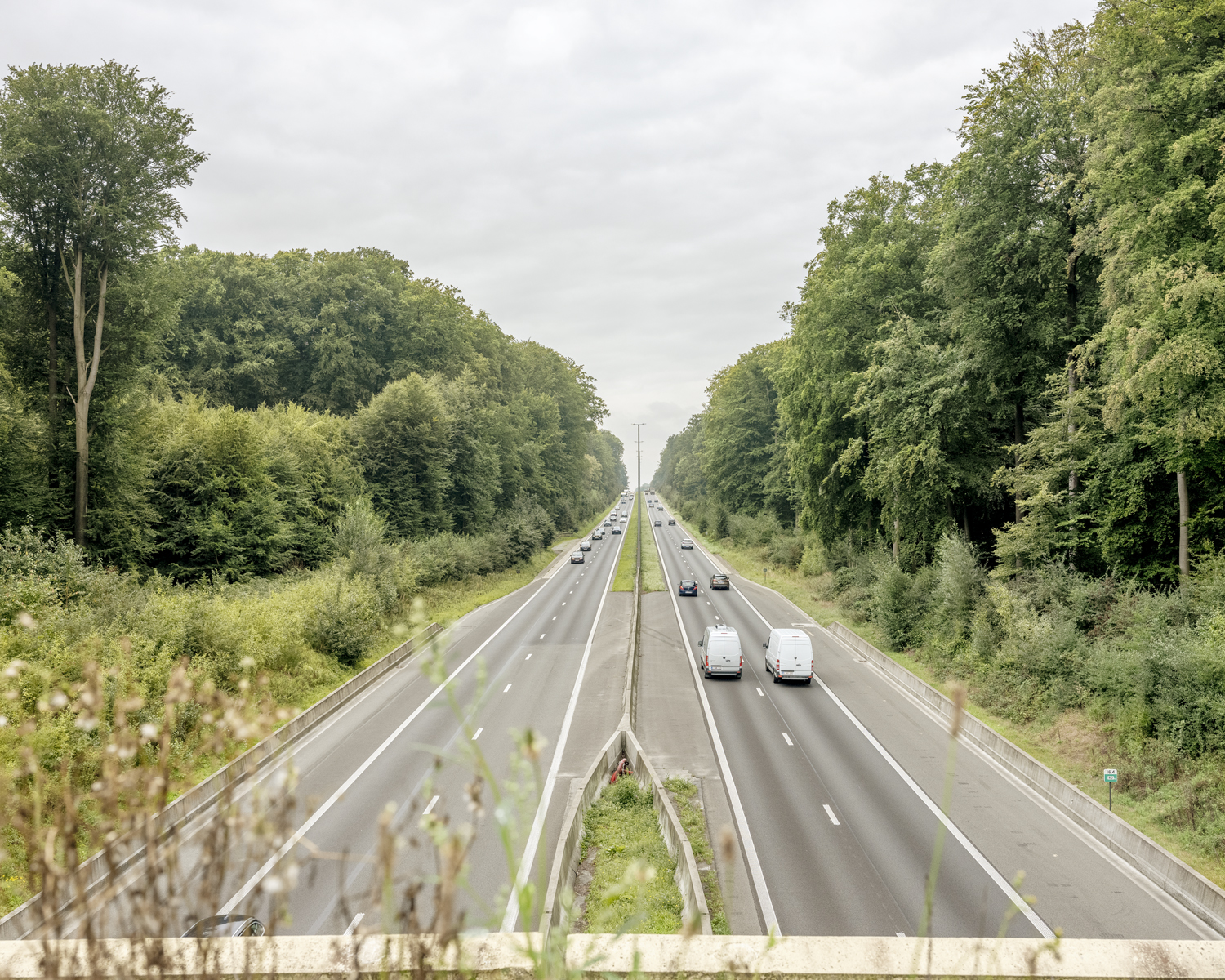
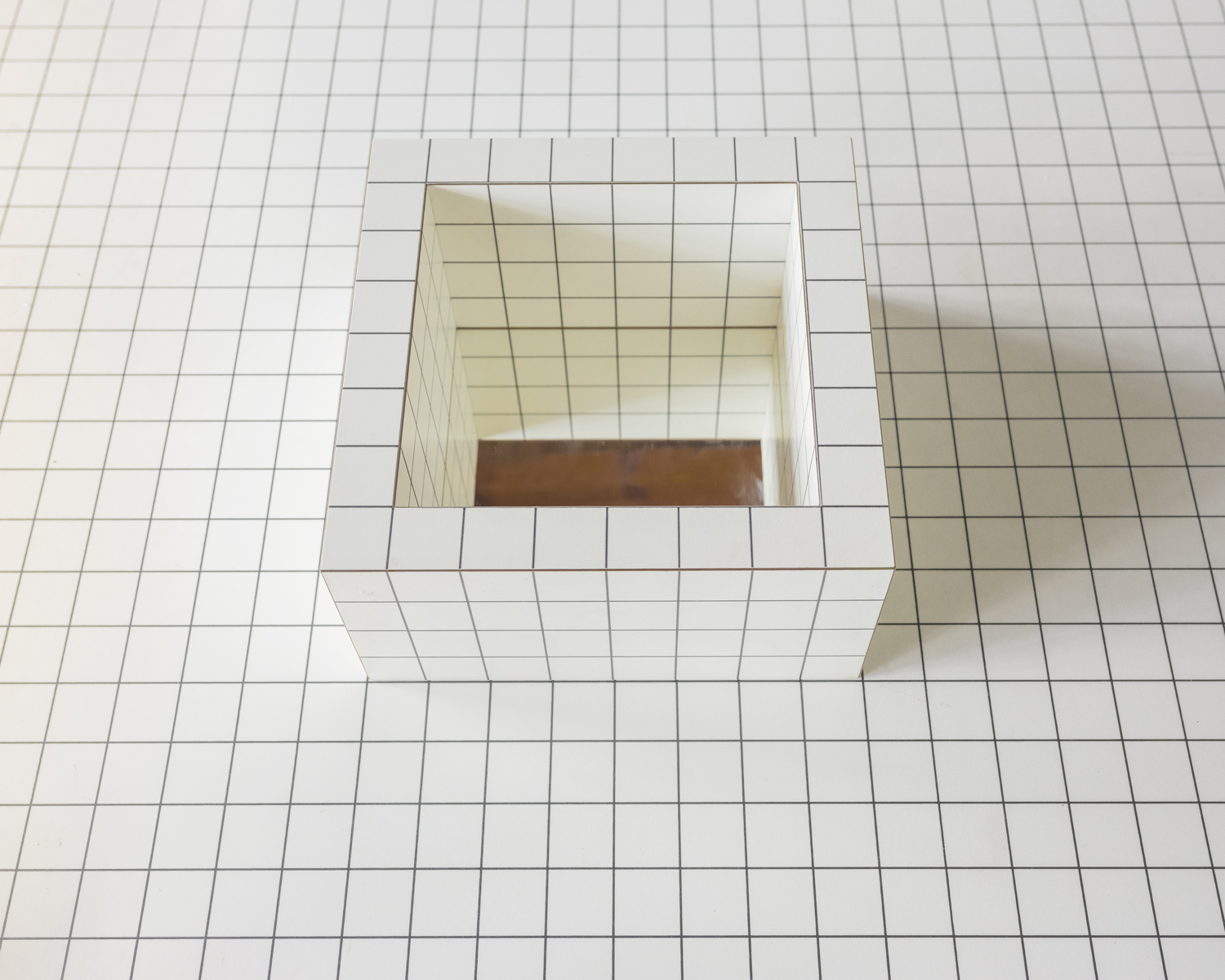
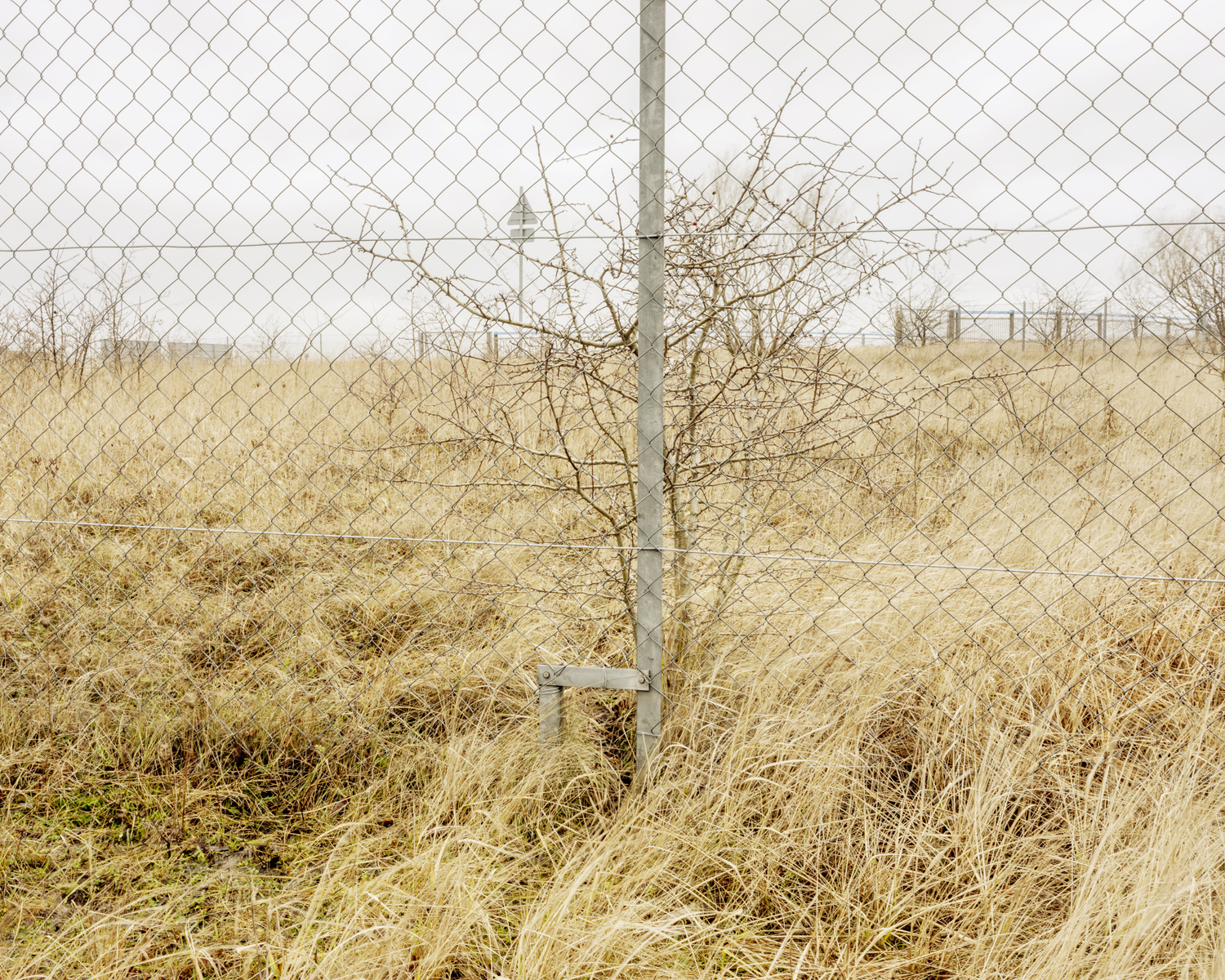
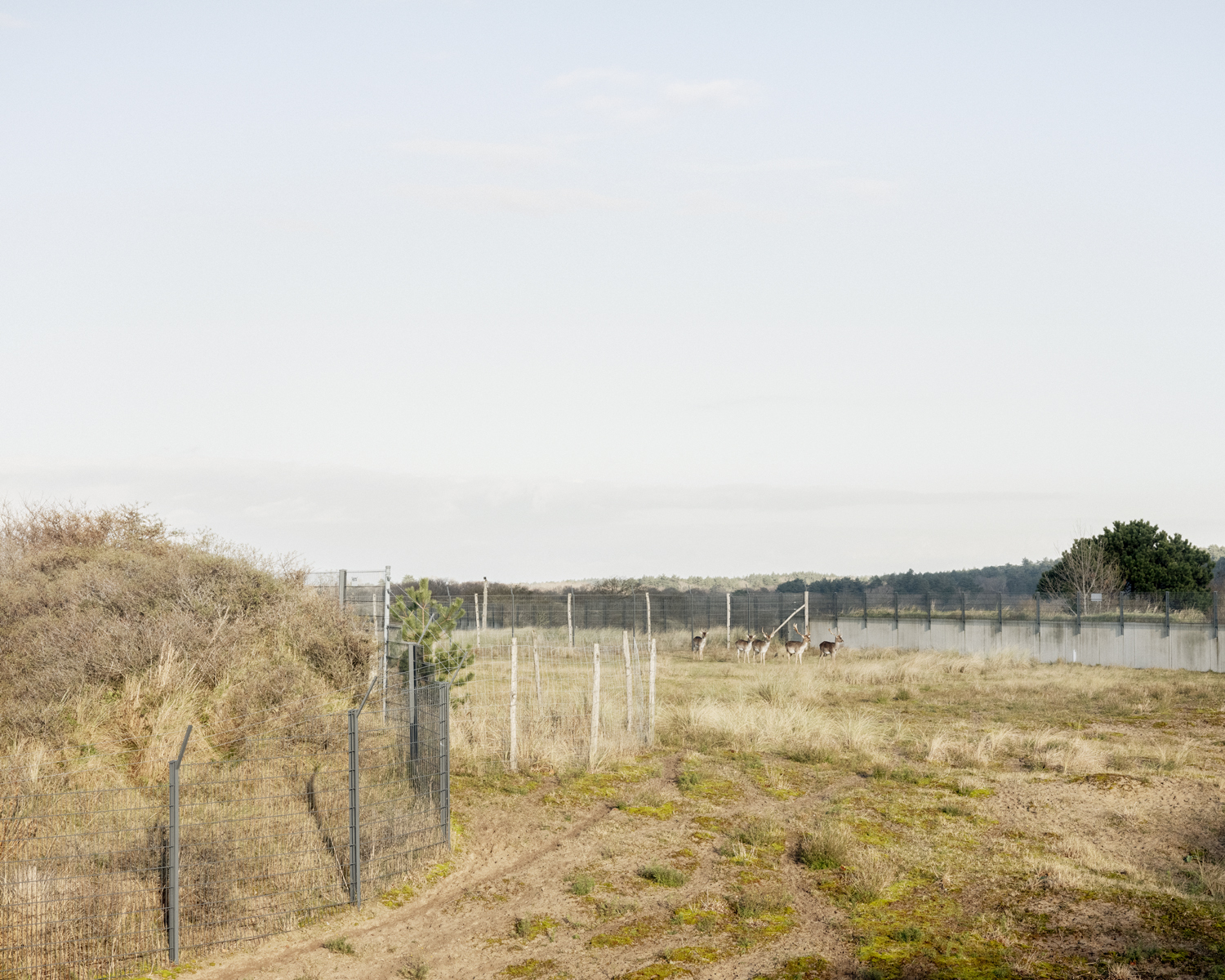
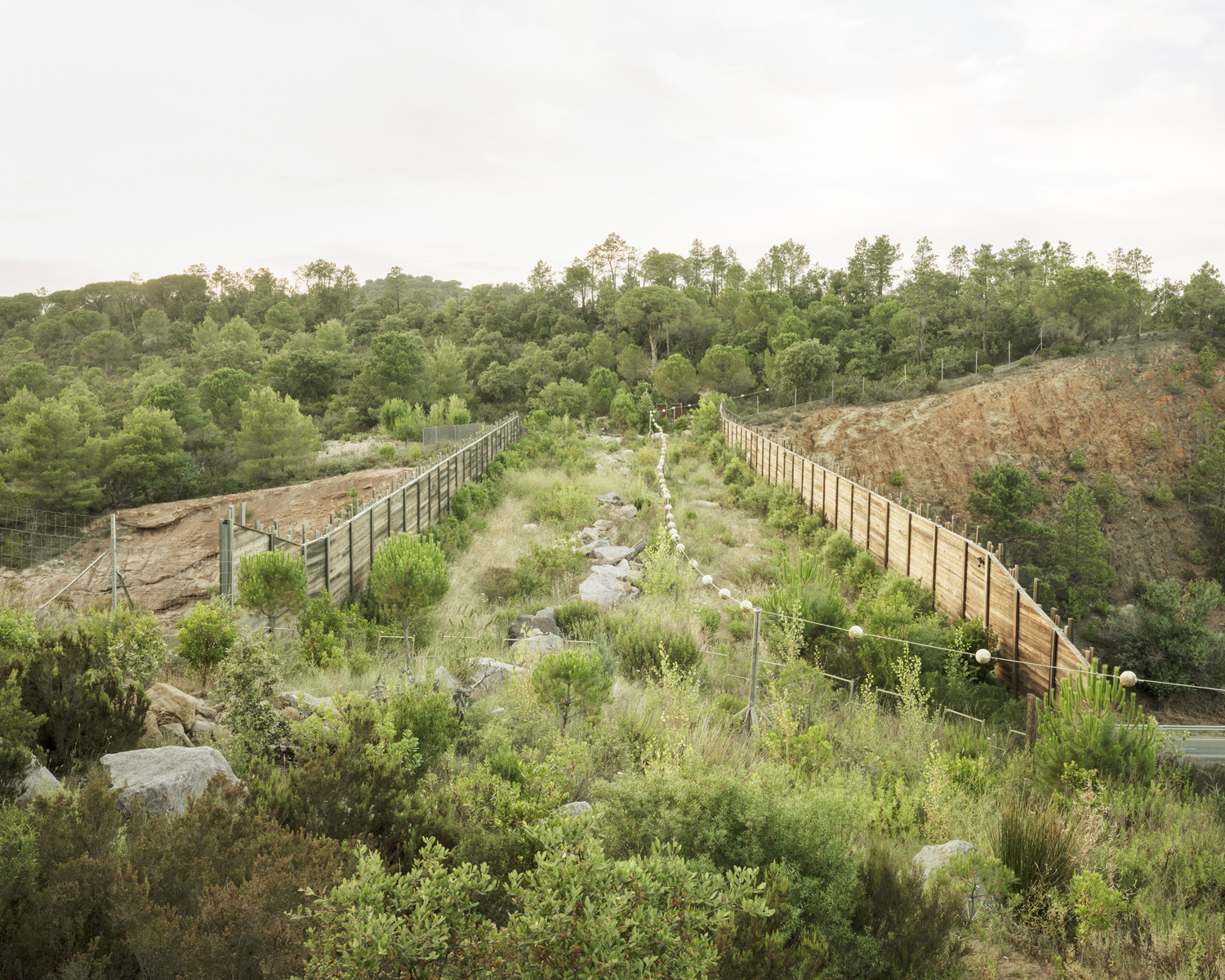

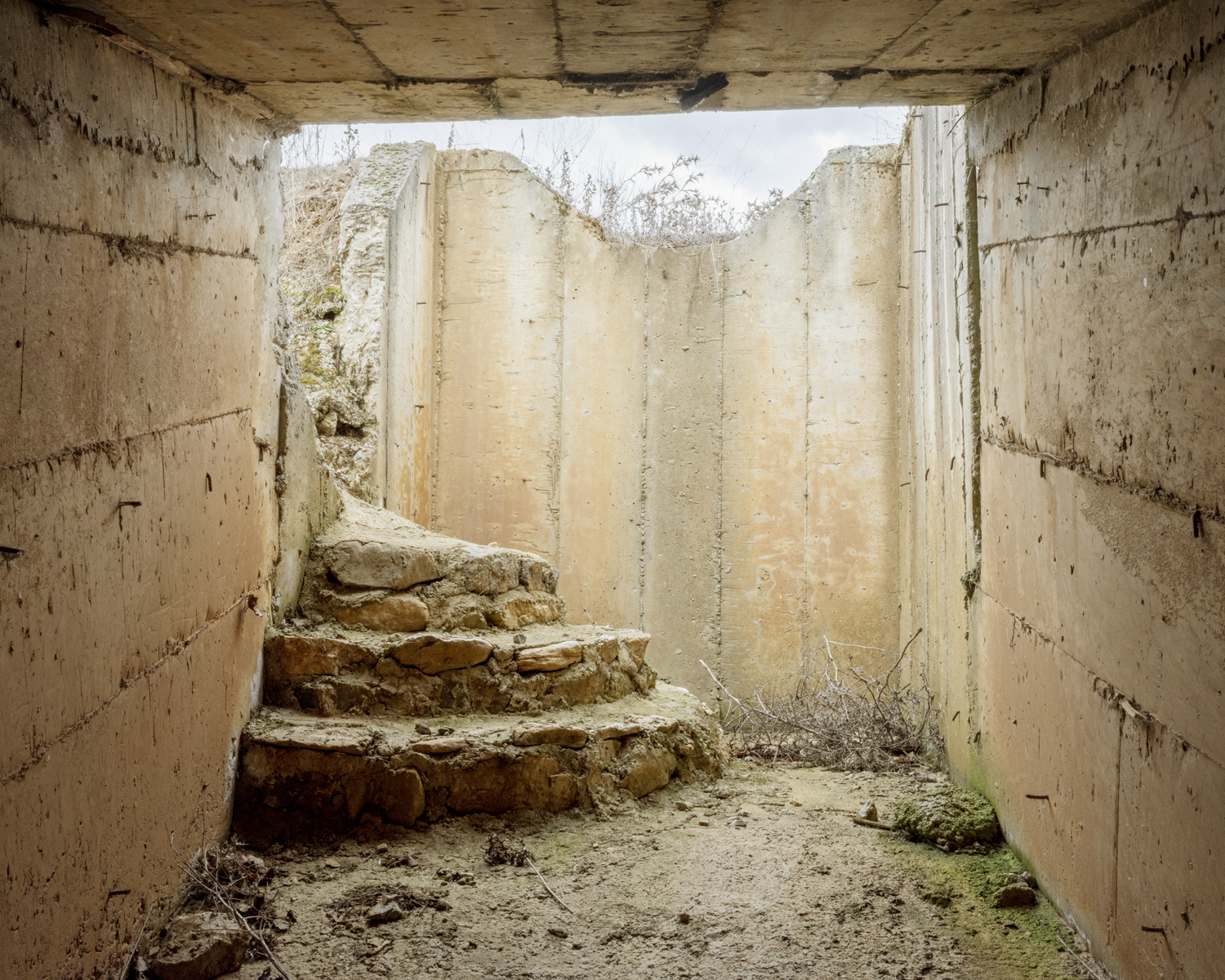
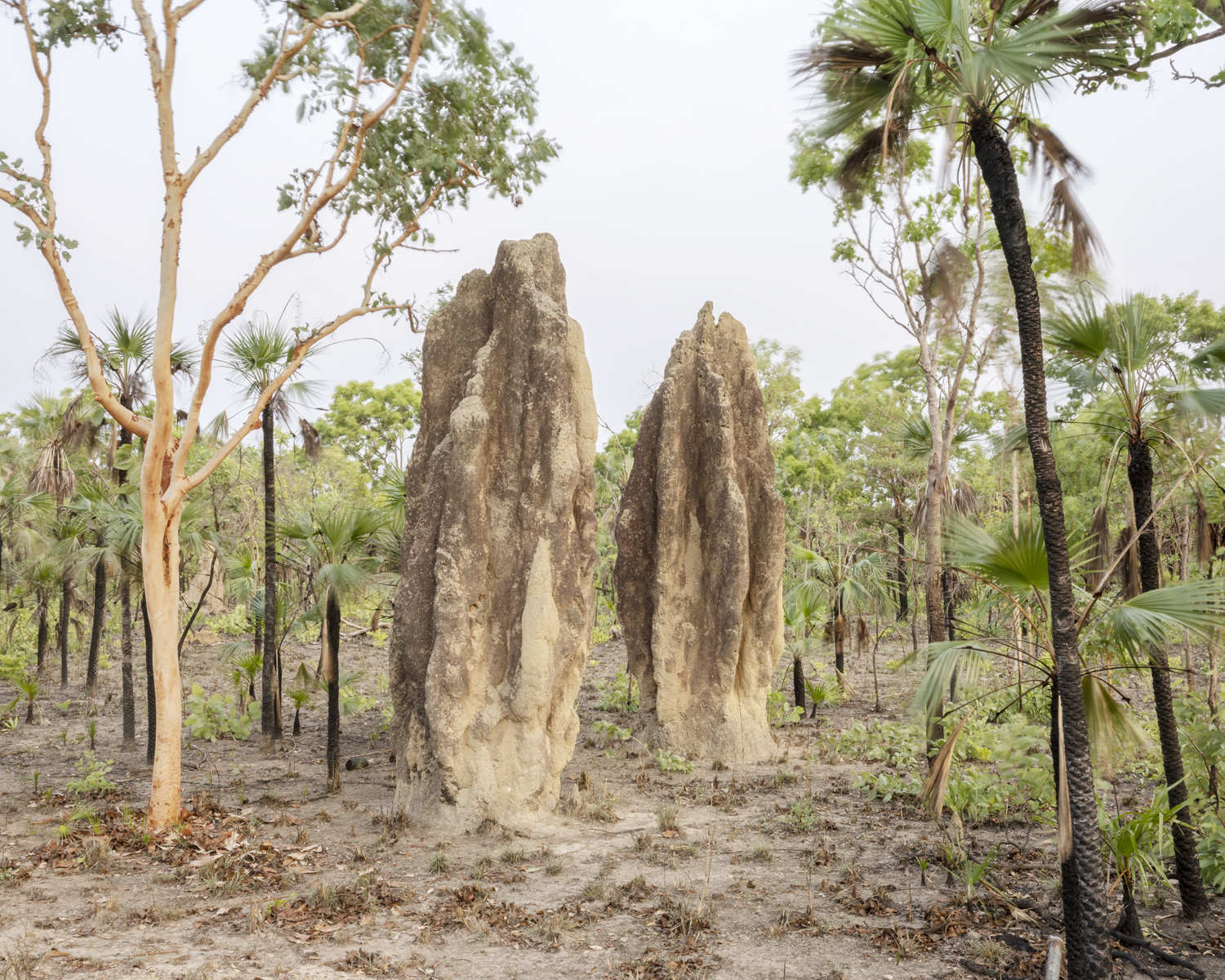
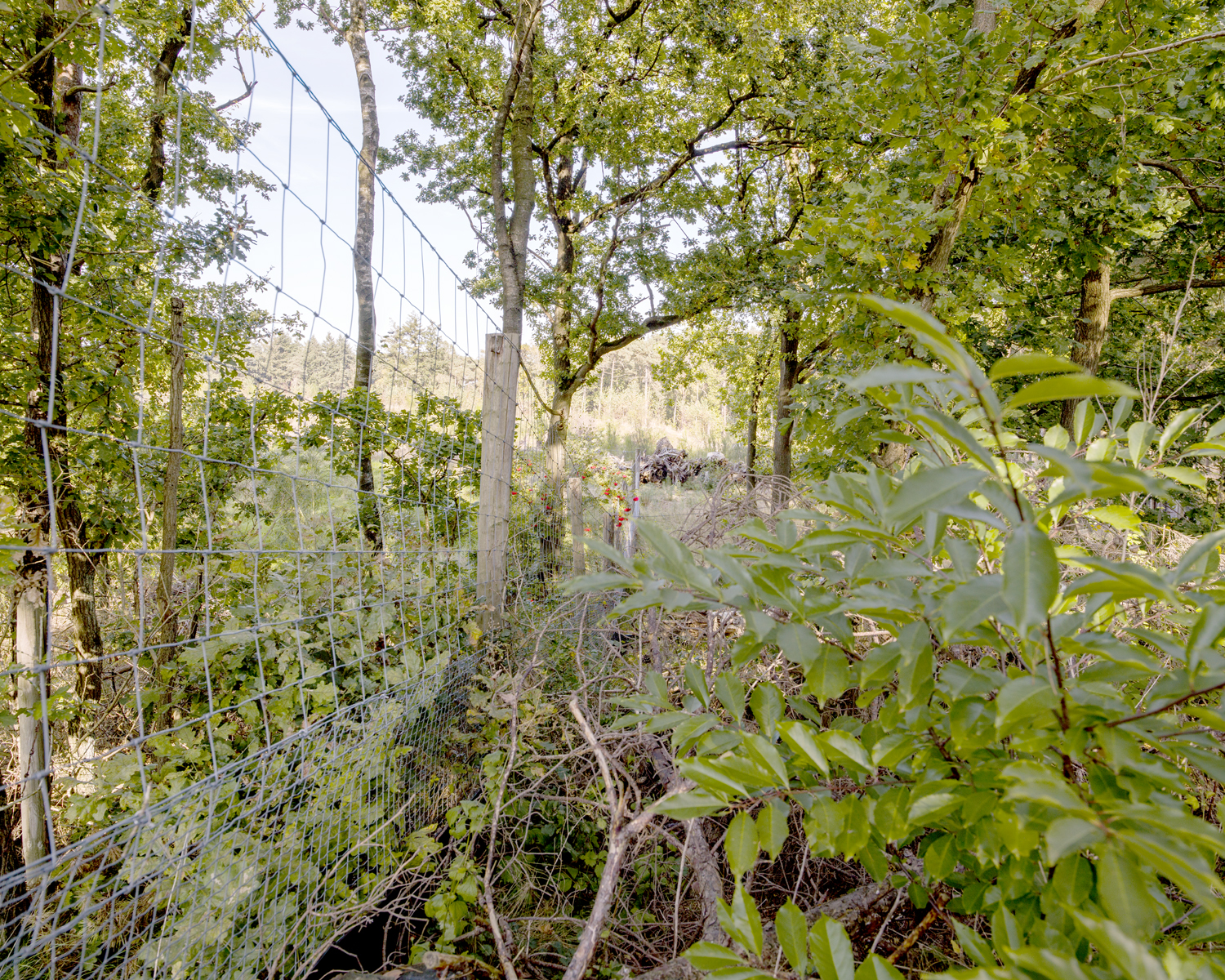

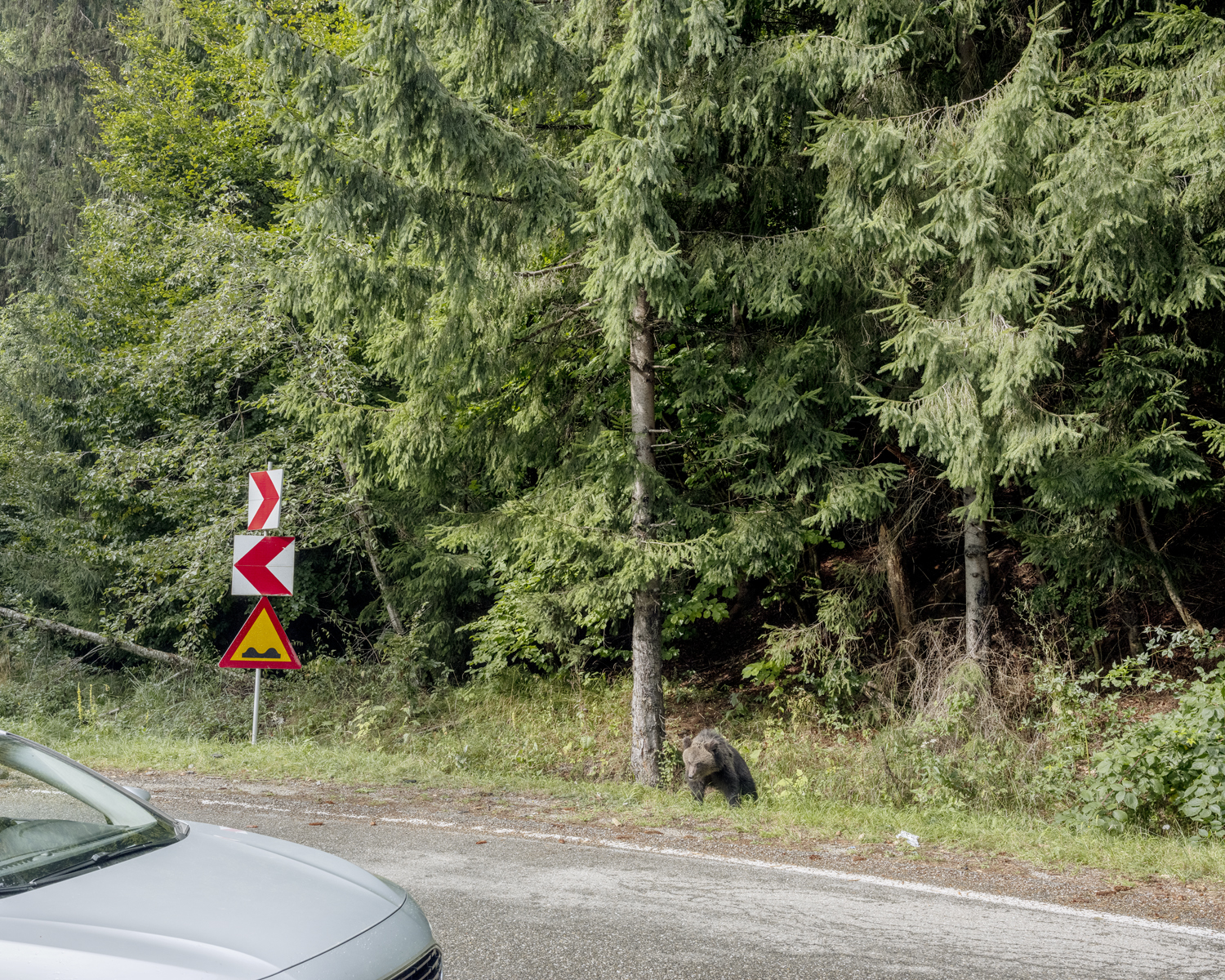
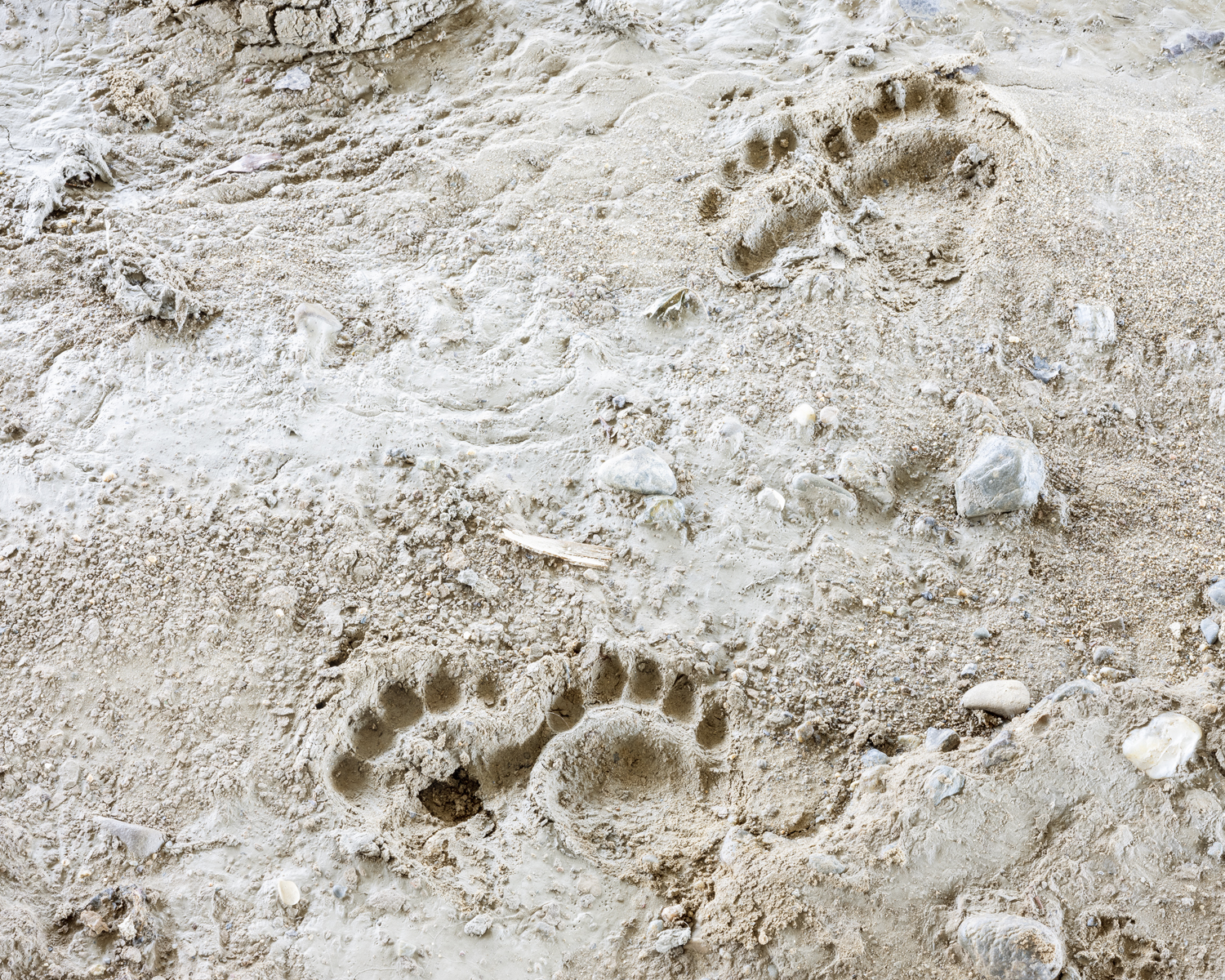
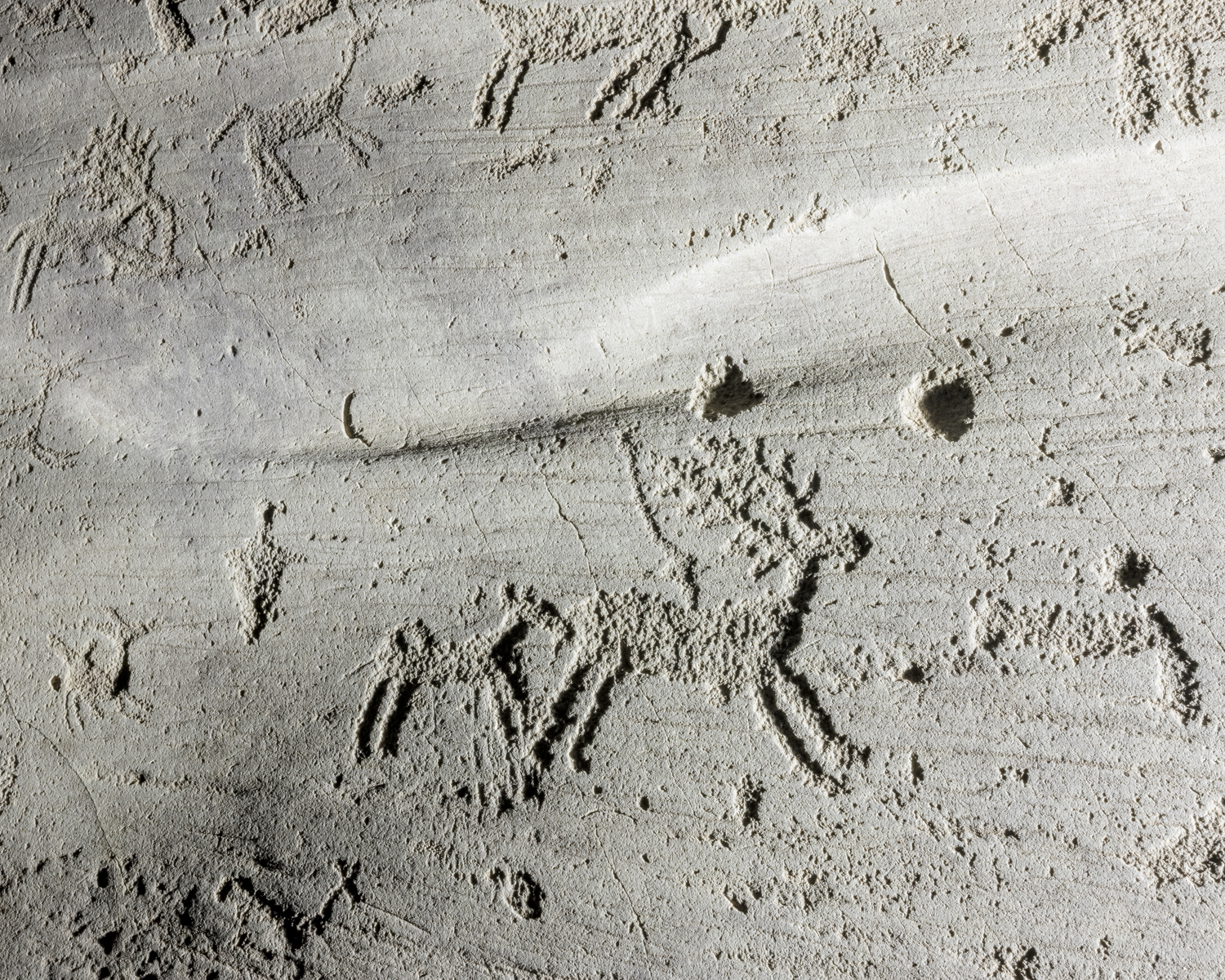
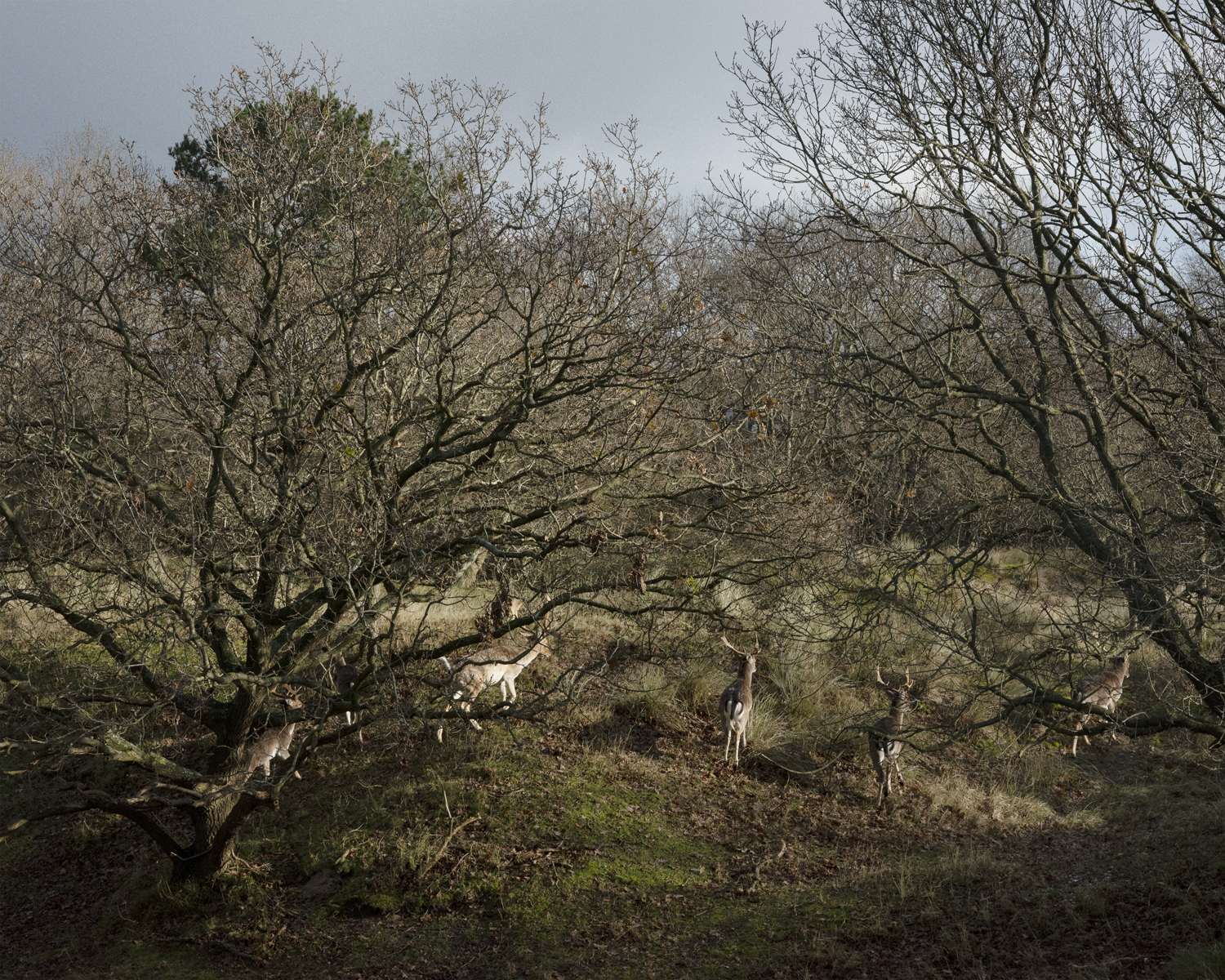

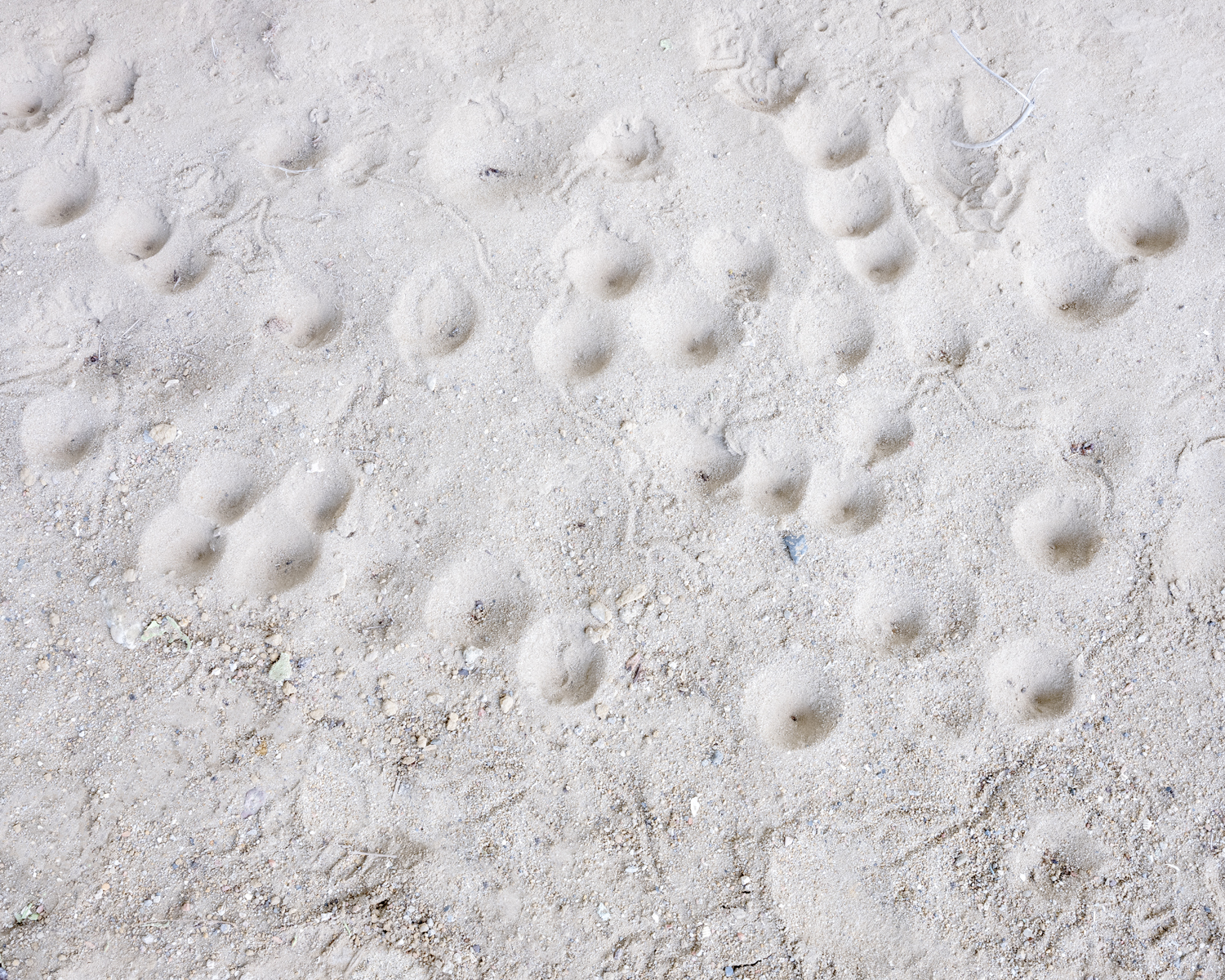
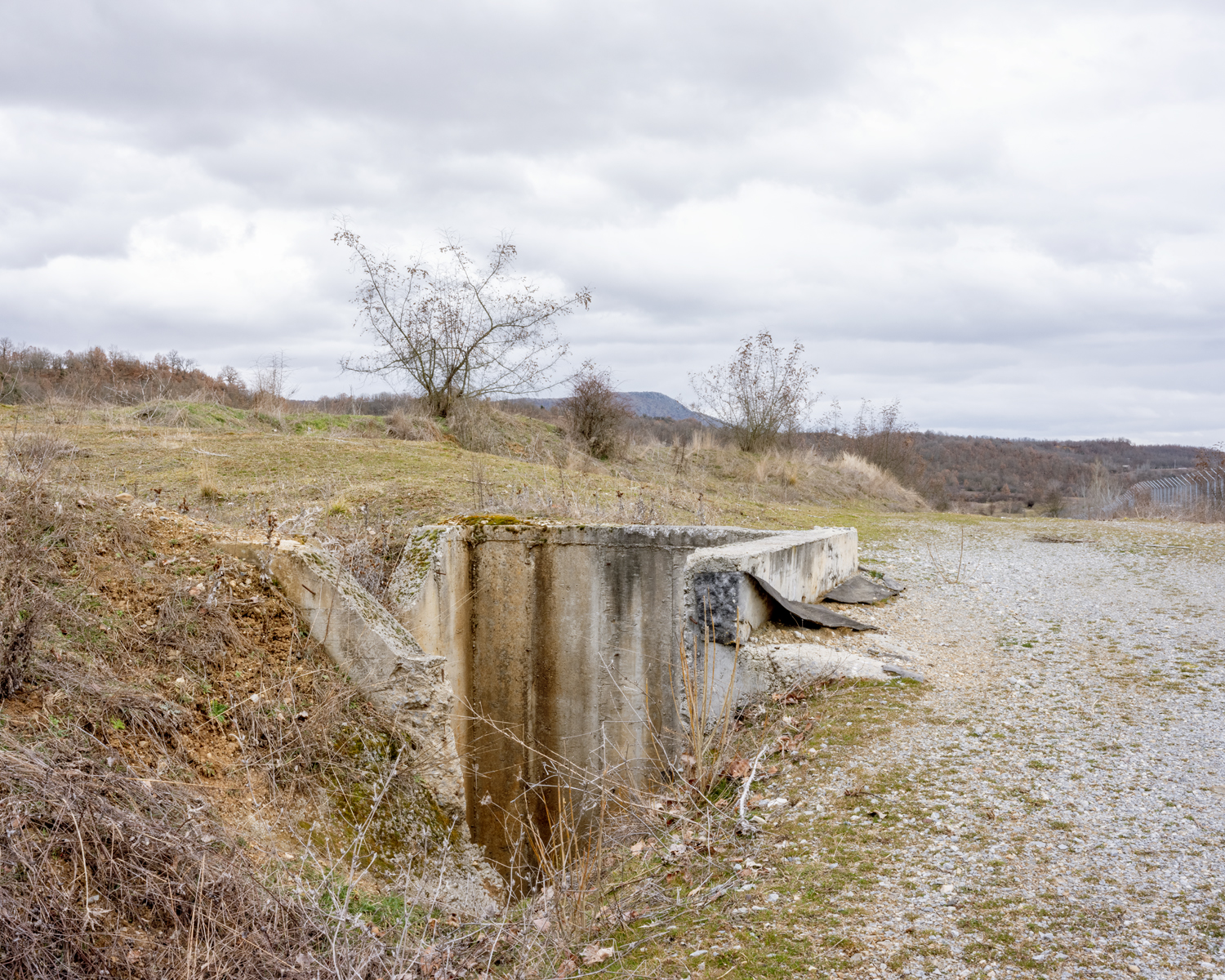
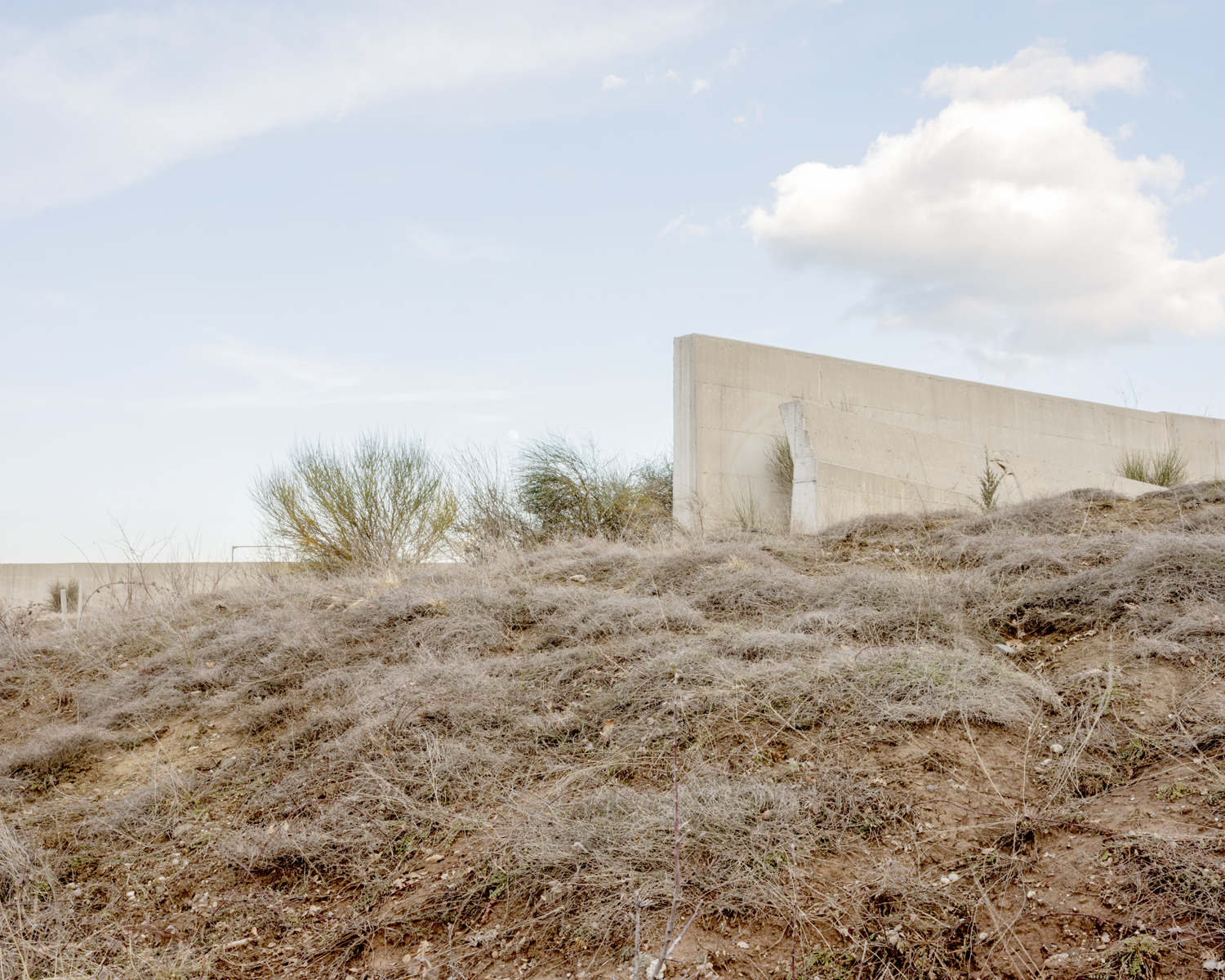

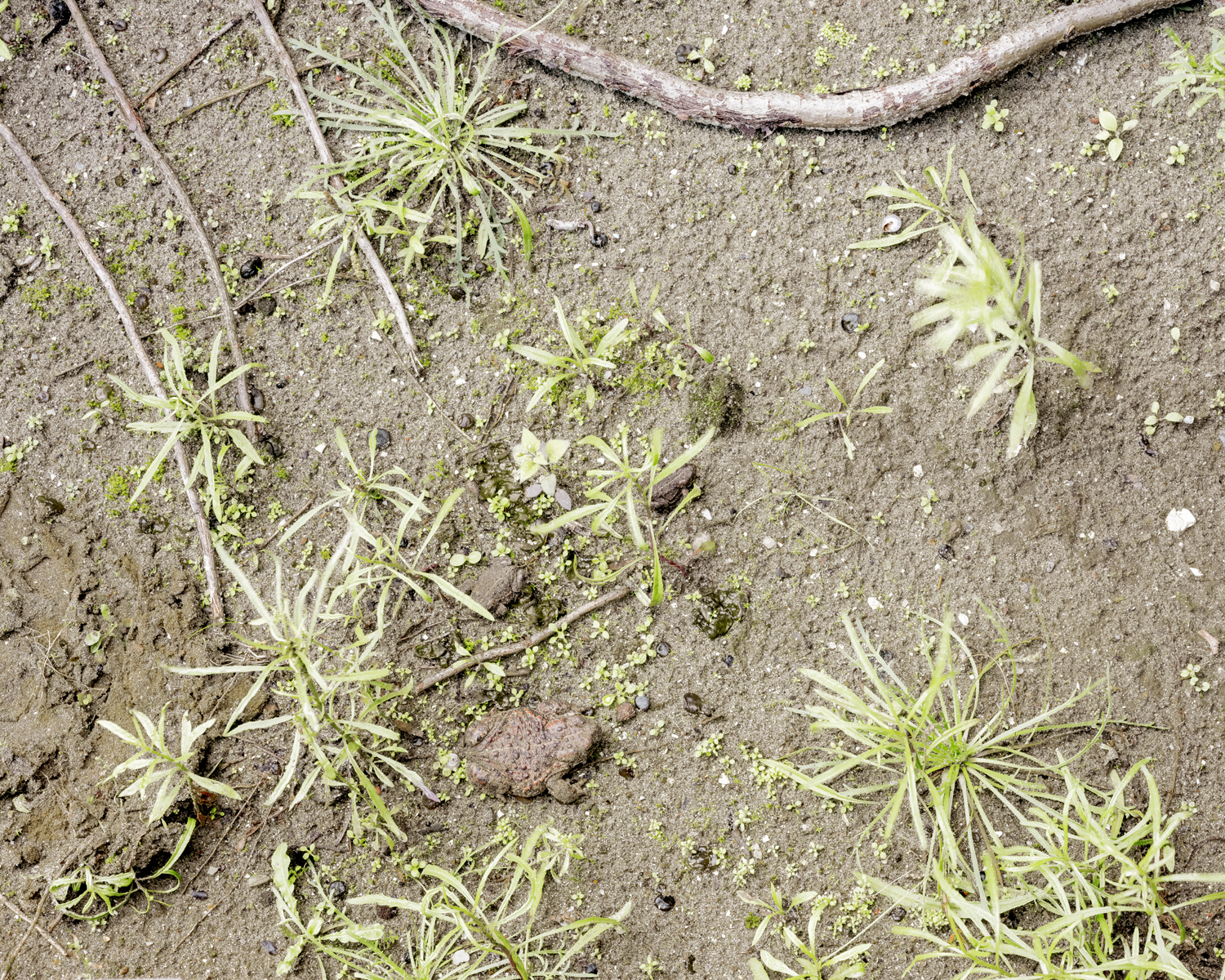
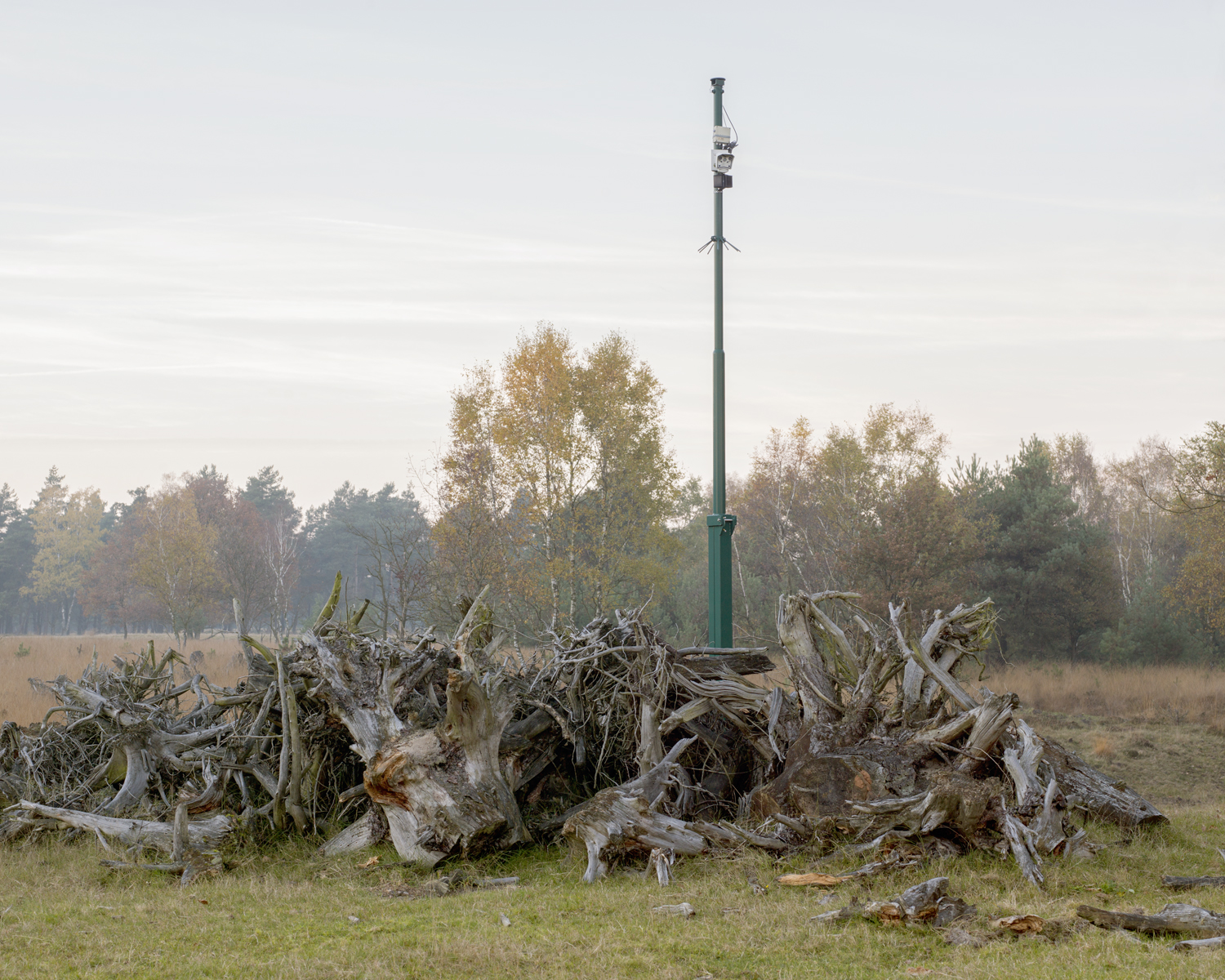
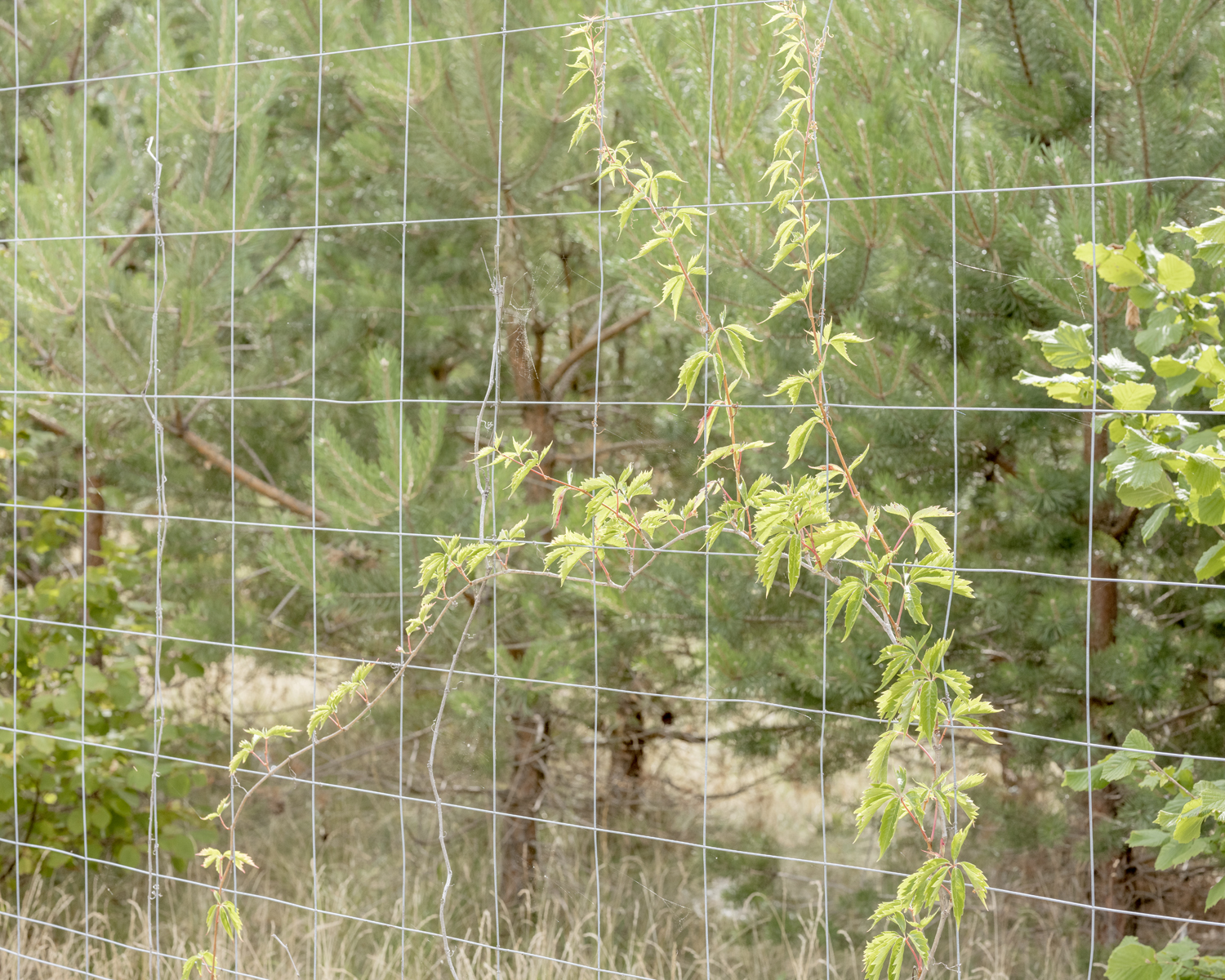
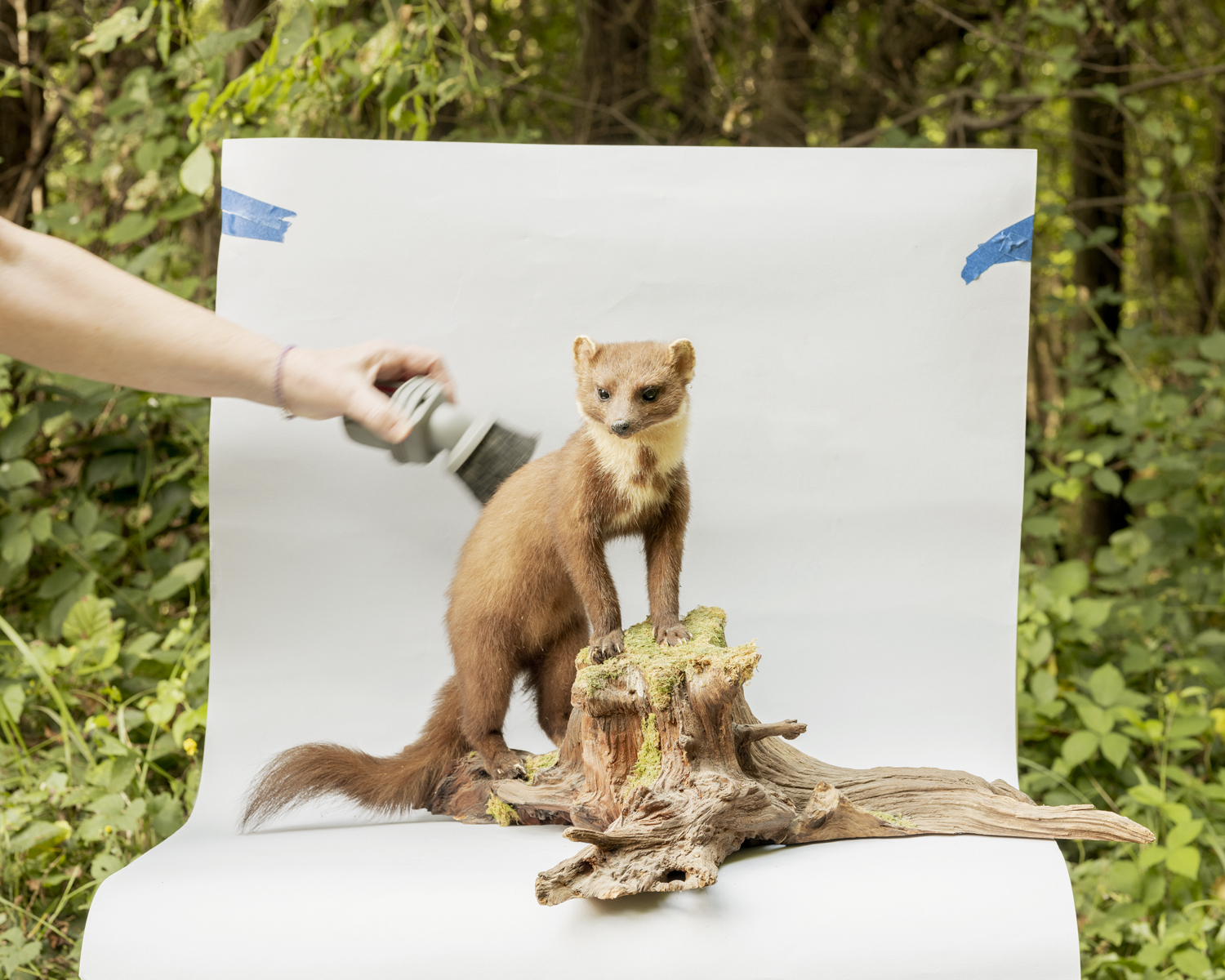

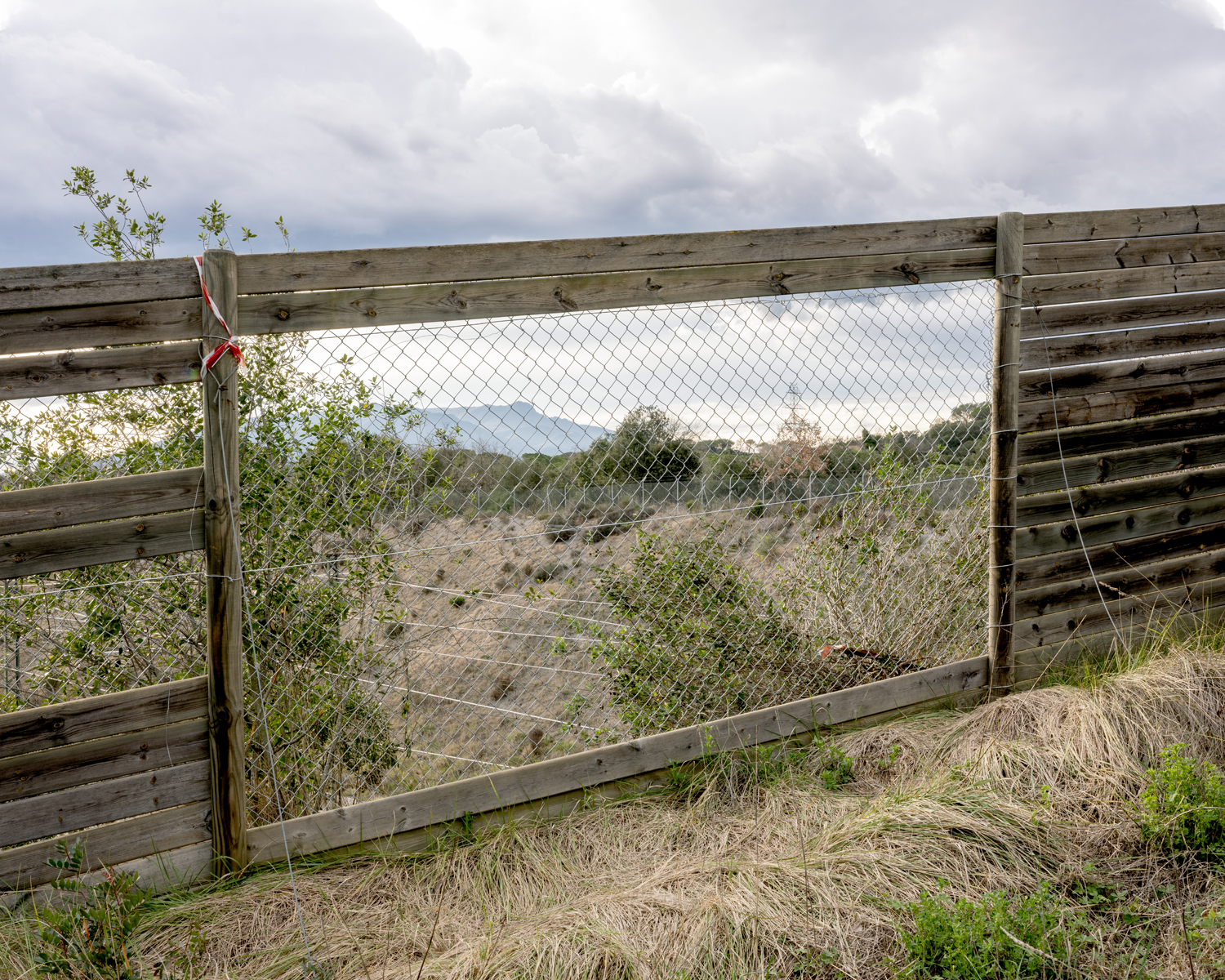
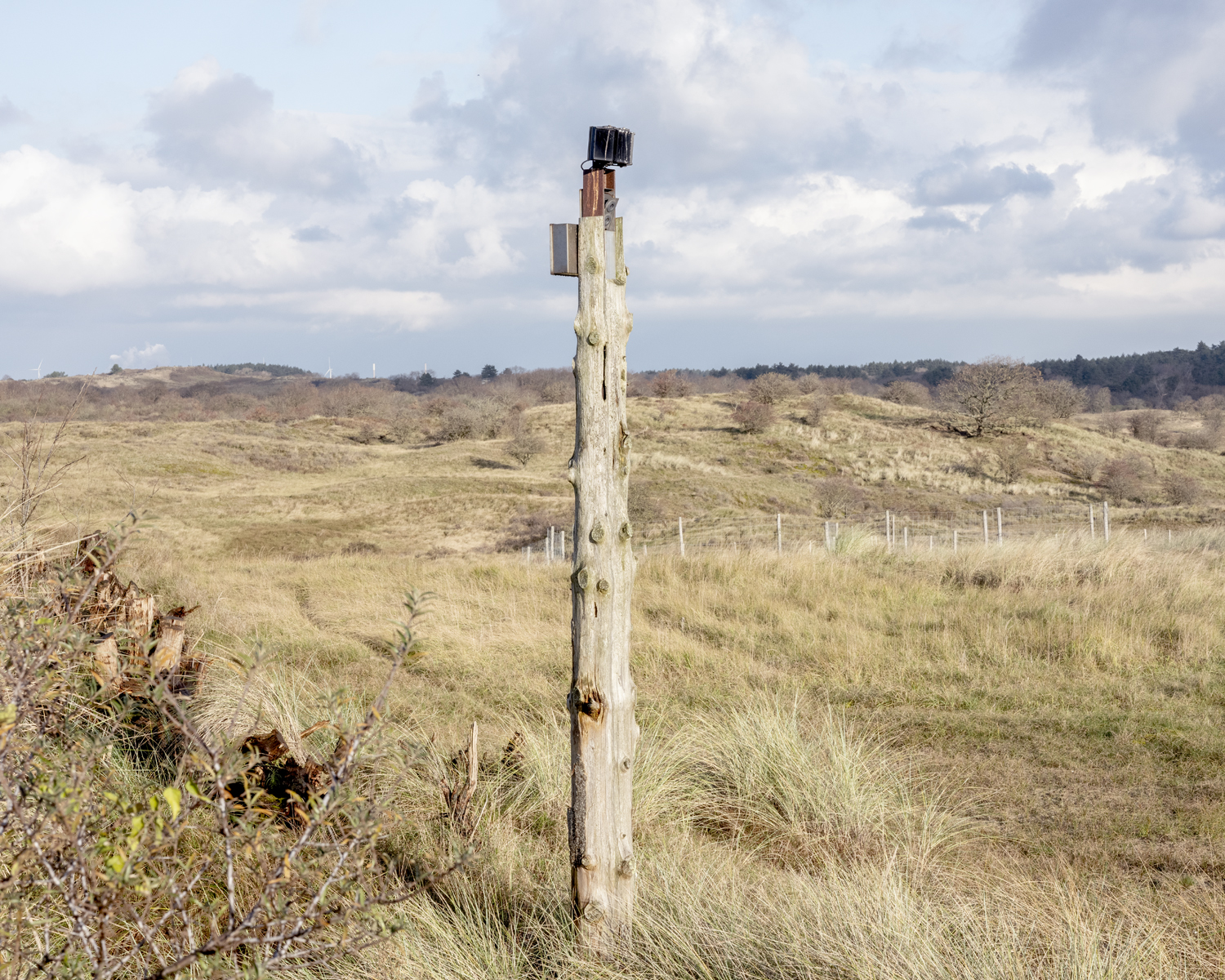
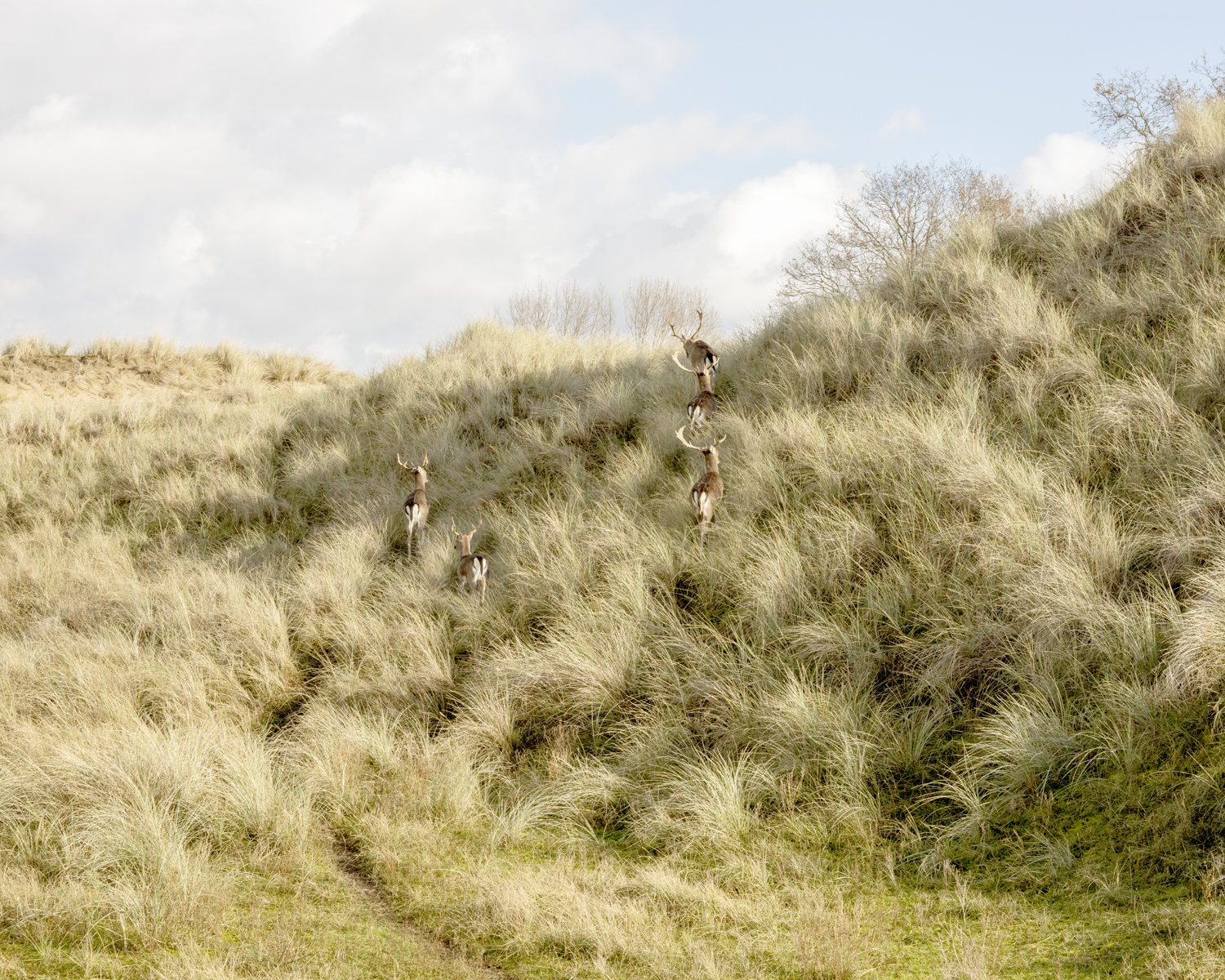
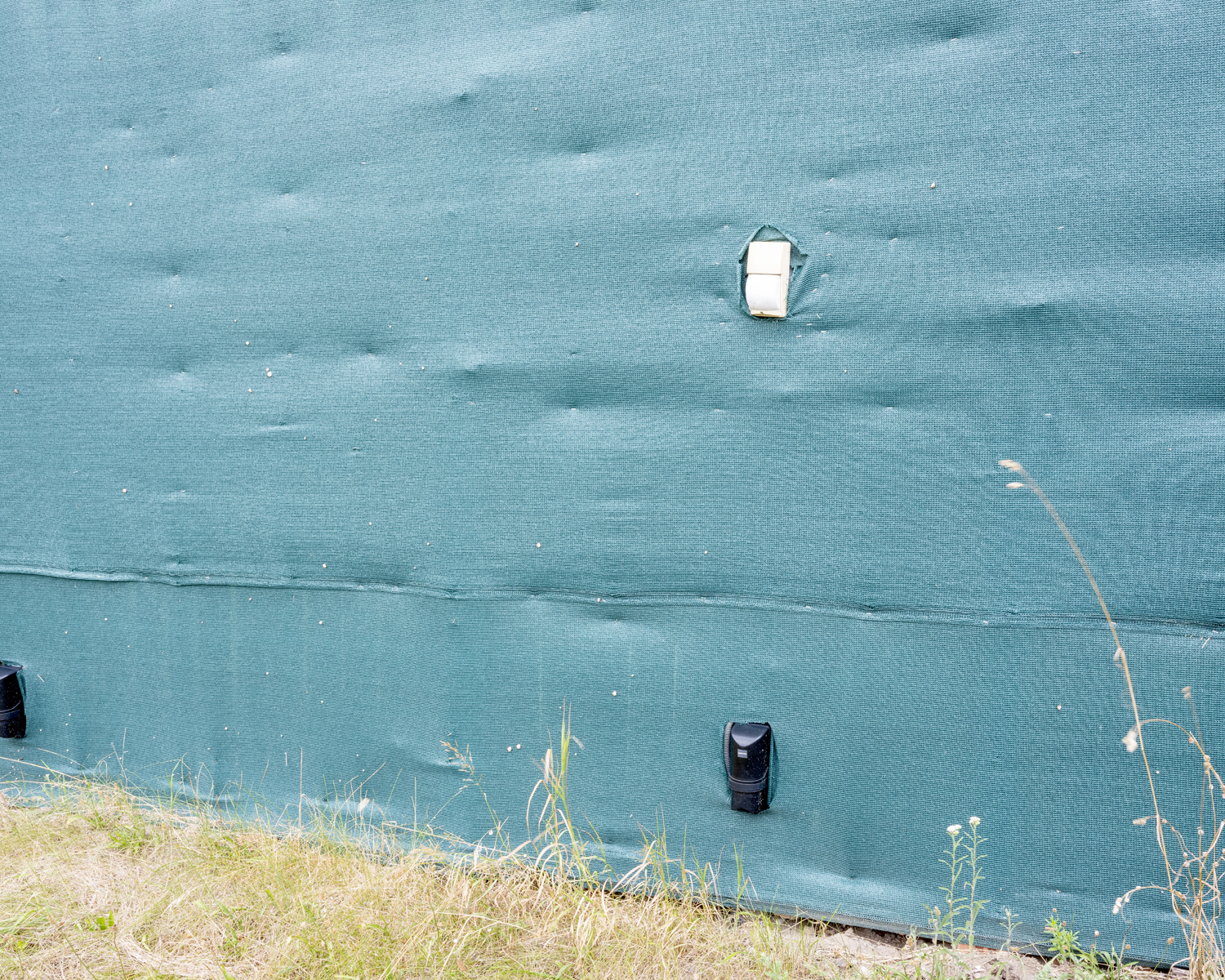
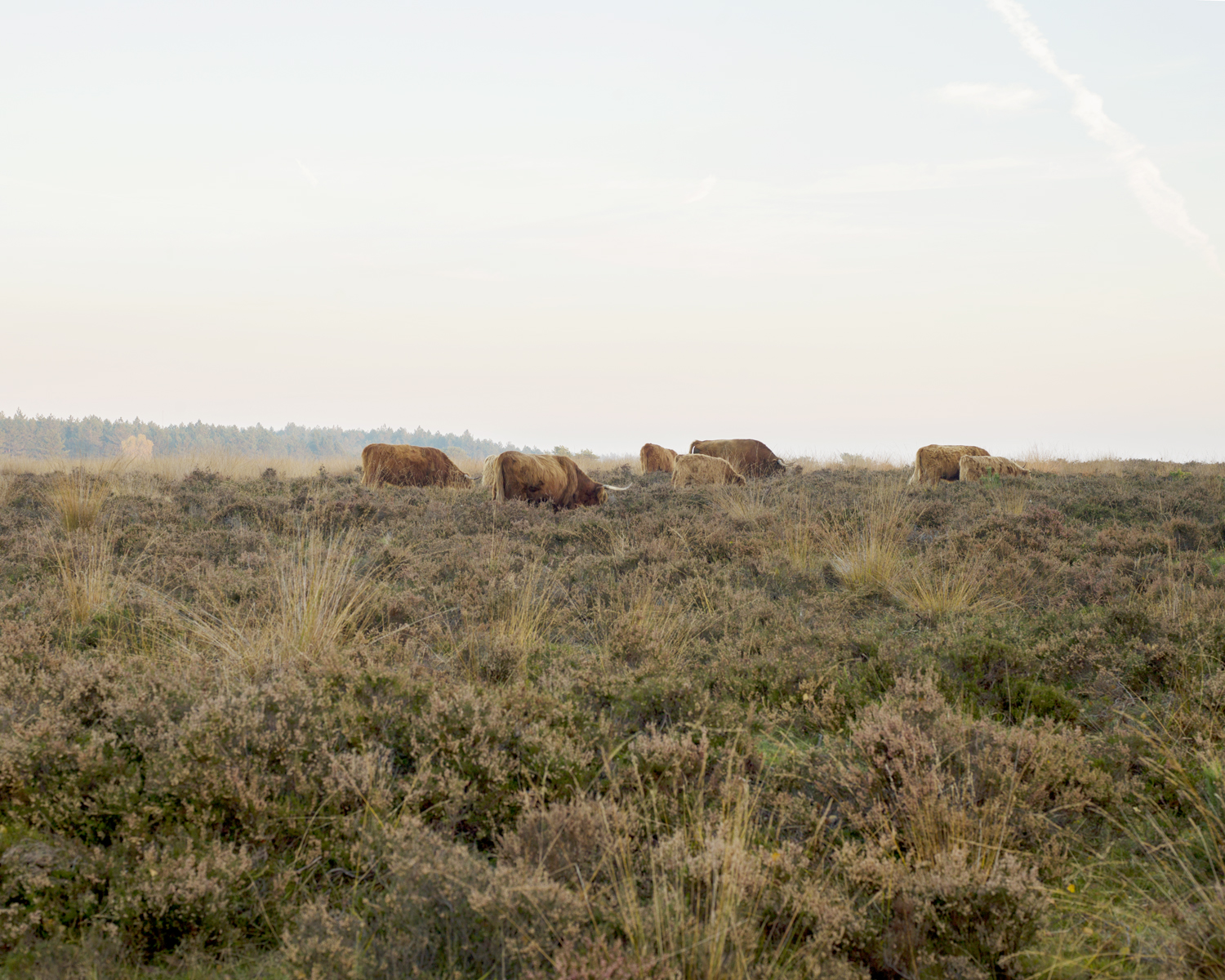
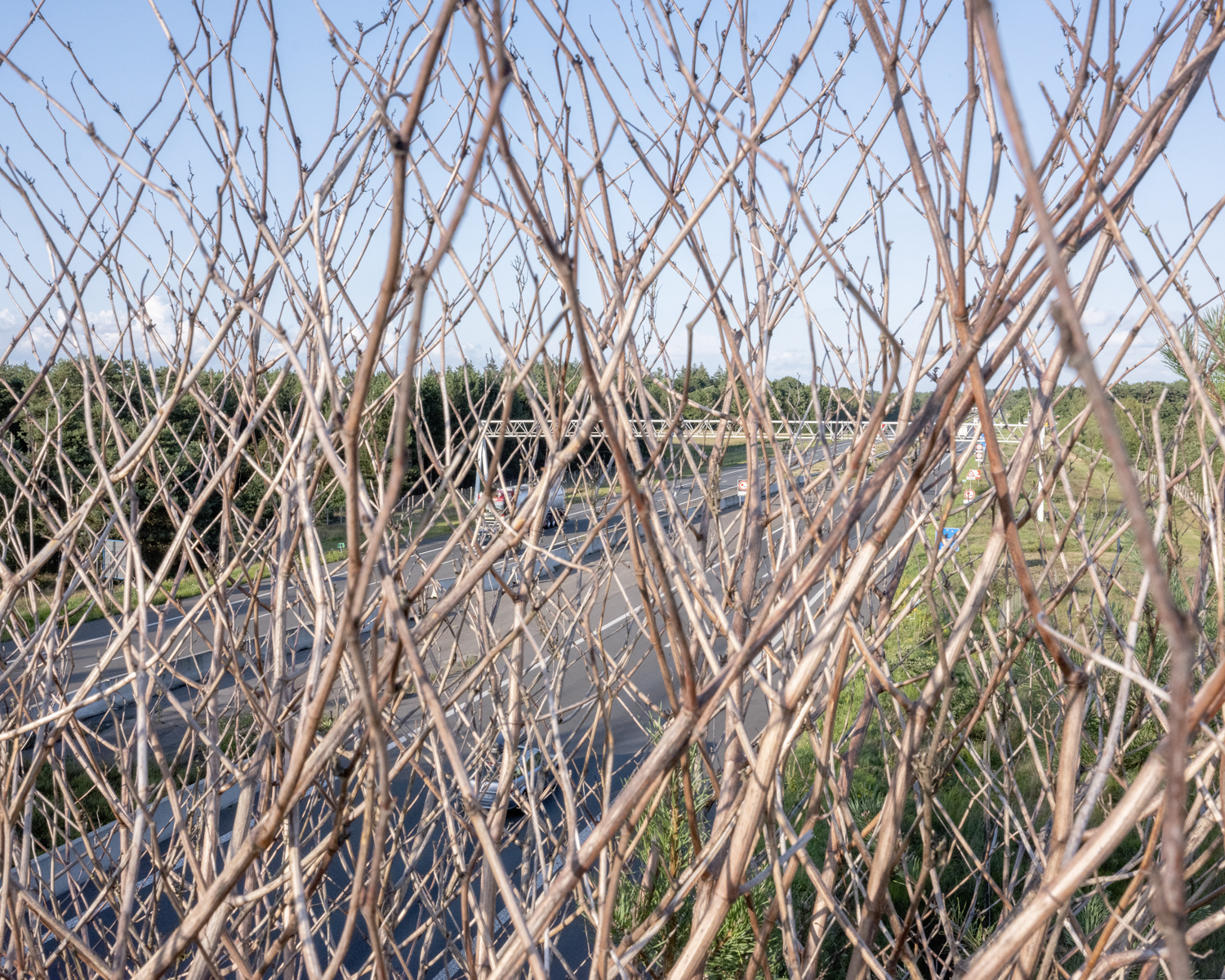



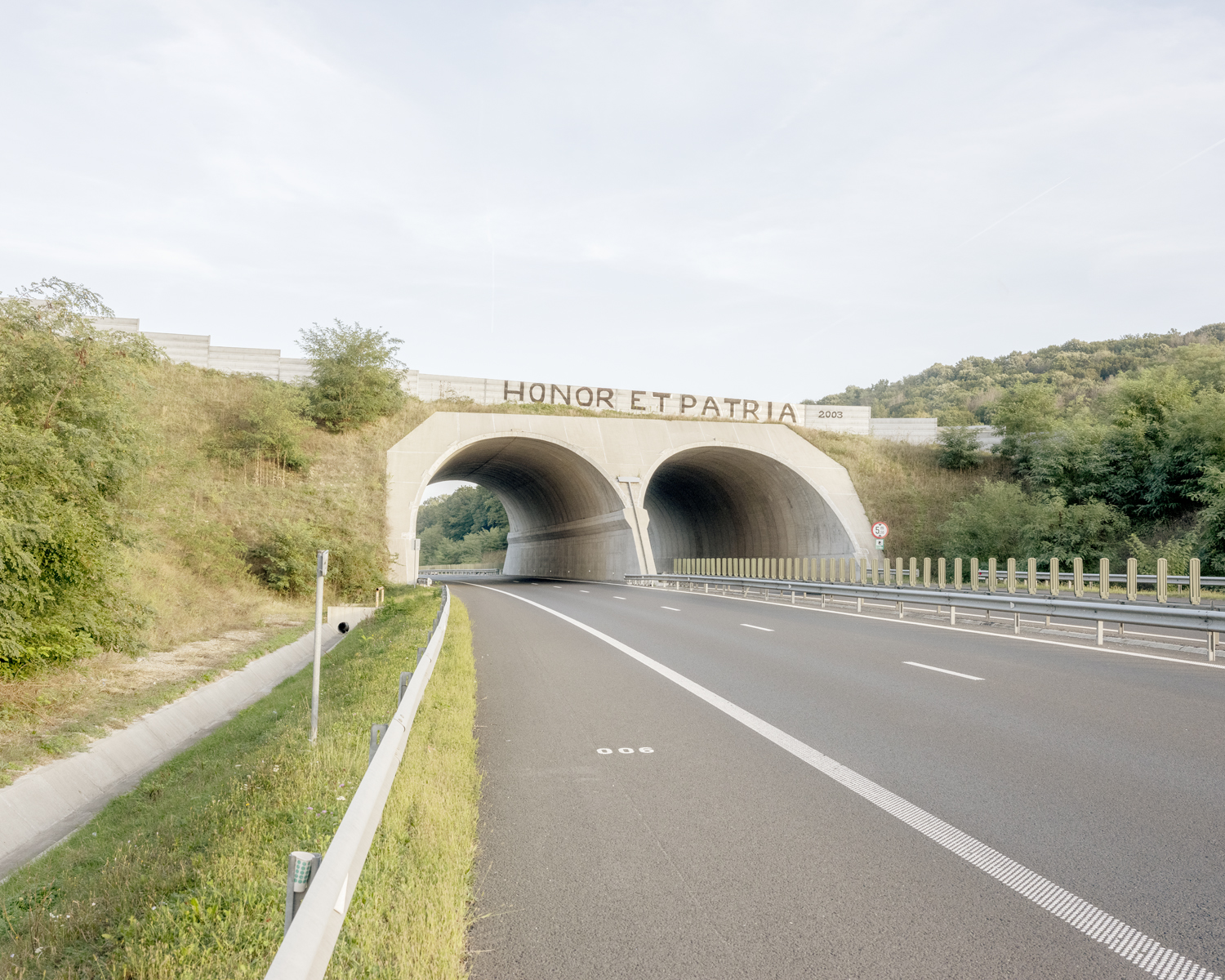
The title of the project is taken from one of the letters written to Felice Bauer by Franz Kafka, the centenary of whose death falls this year.
However, I do want to interpret your dream. Had you
not been lying on the ground among the animals, you
would have been unable to see the sky and the stars
and wouldn’t have been set free. Perhaps you wouldn’t
have survived the terror of standing upright.
— Franz Kafka, Letters to Felice, 1915
The project introduces the topic of the conflict between human desires and needs and the order of natural space. A large series of colour photographs focus on the landscape of the nature reserves, paying particular attention to the presence of animals, barriers and flow monitoring systems. In parallel, the artist starts from theoretical research to present a series of photographs responding to cultural, technical and social investigation into the topics of infrastructure, design, animals and their depiction, policies, freedom of movement and preservation of biodiversity. The visual research includes architecture built by the animals such as termite mounds. The photographic works are combined with extensive captions permitting to explore all the research made by the artist in the nine years while she developed the work.




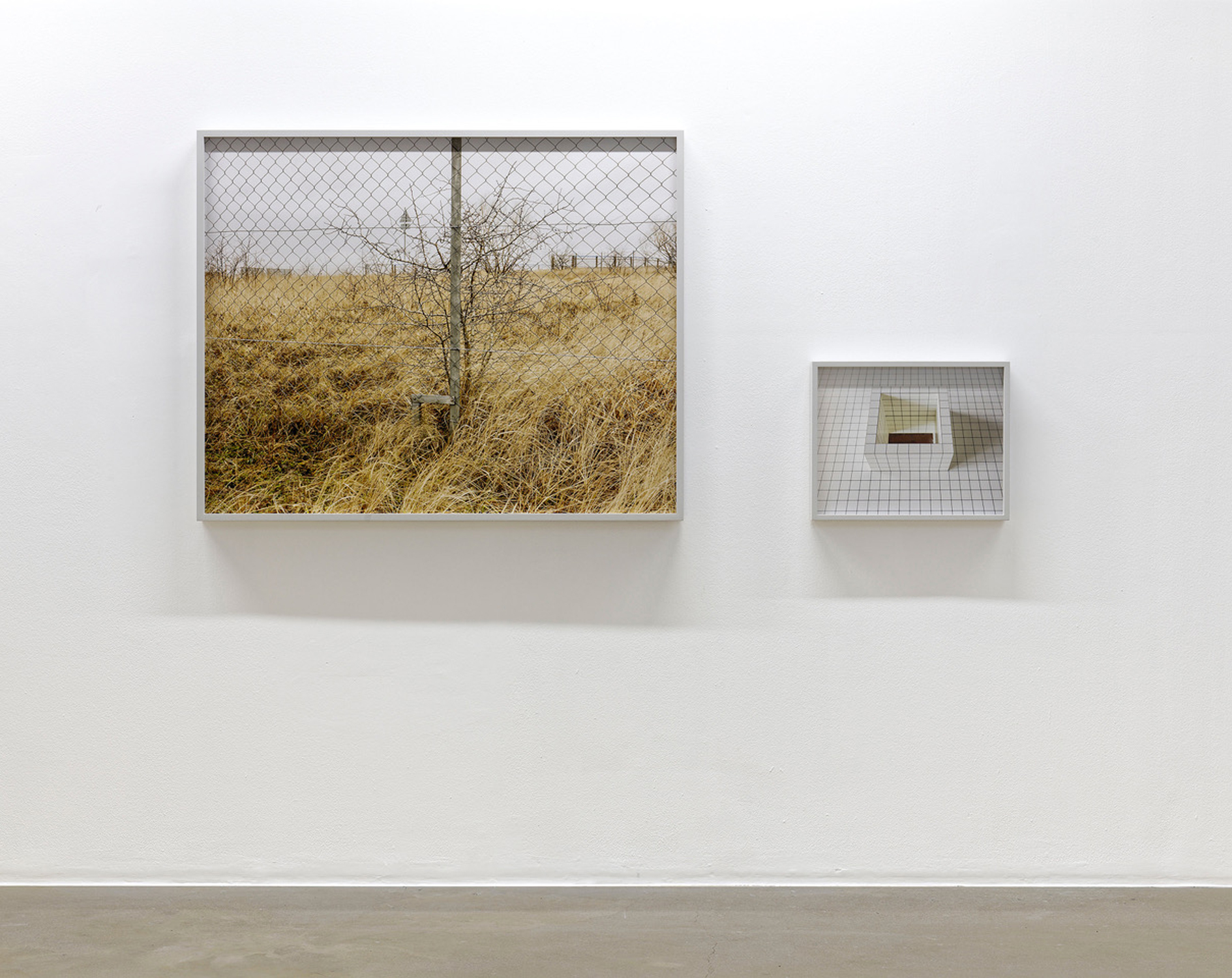
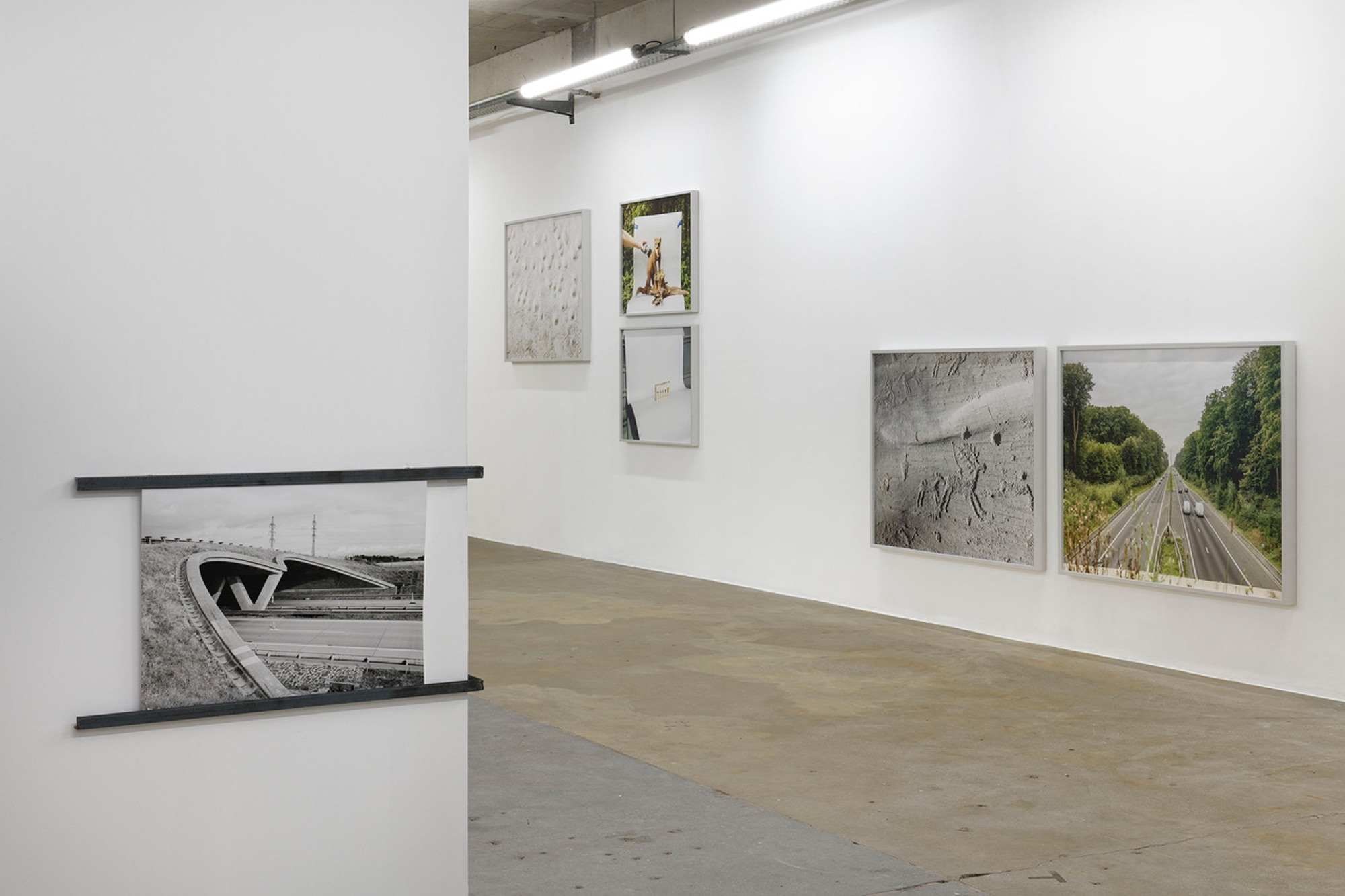

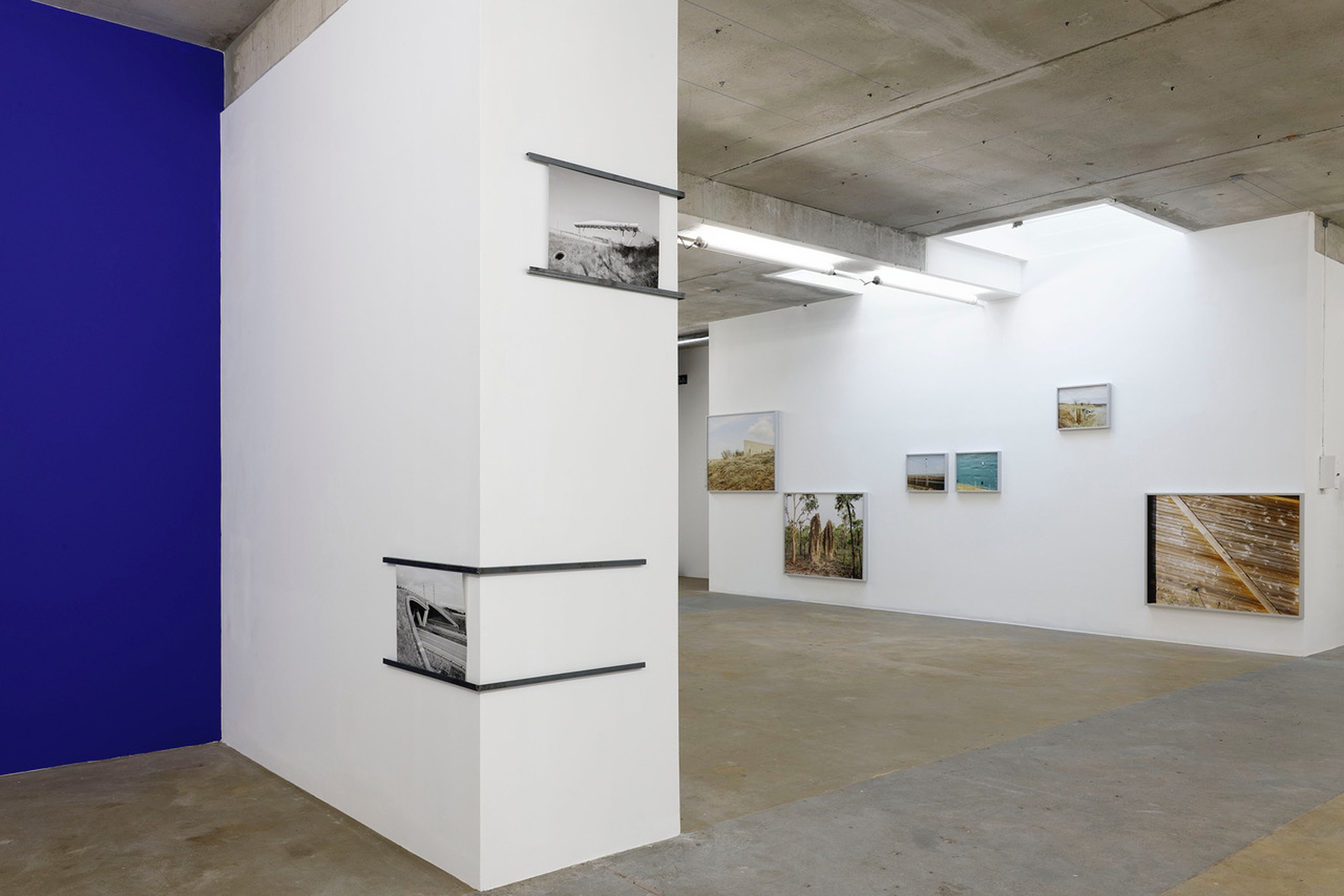
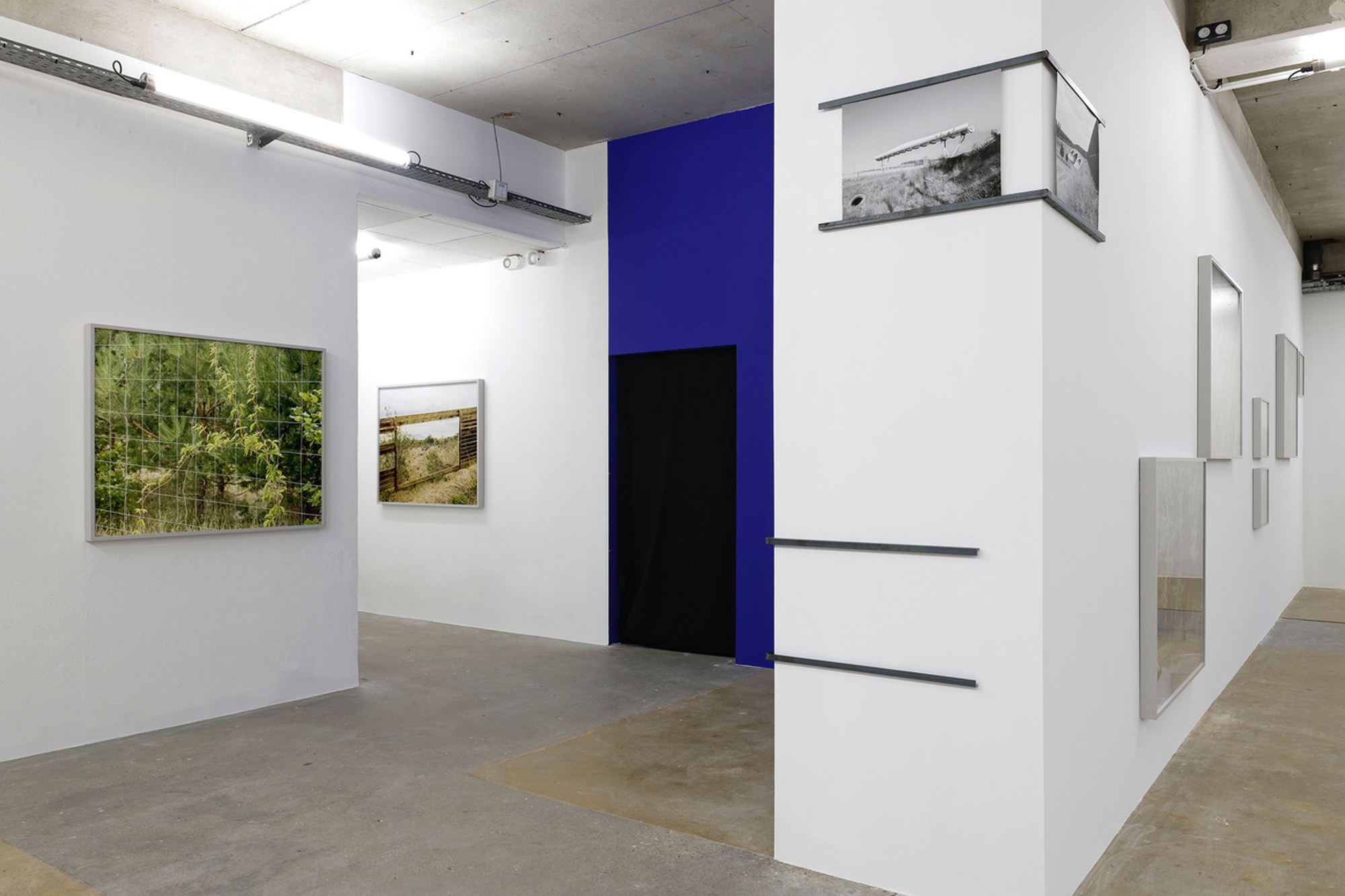
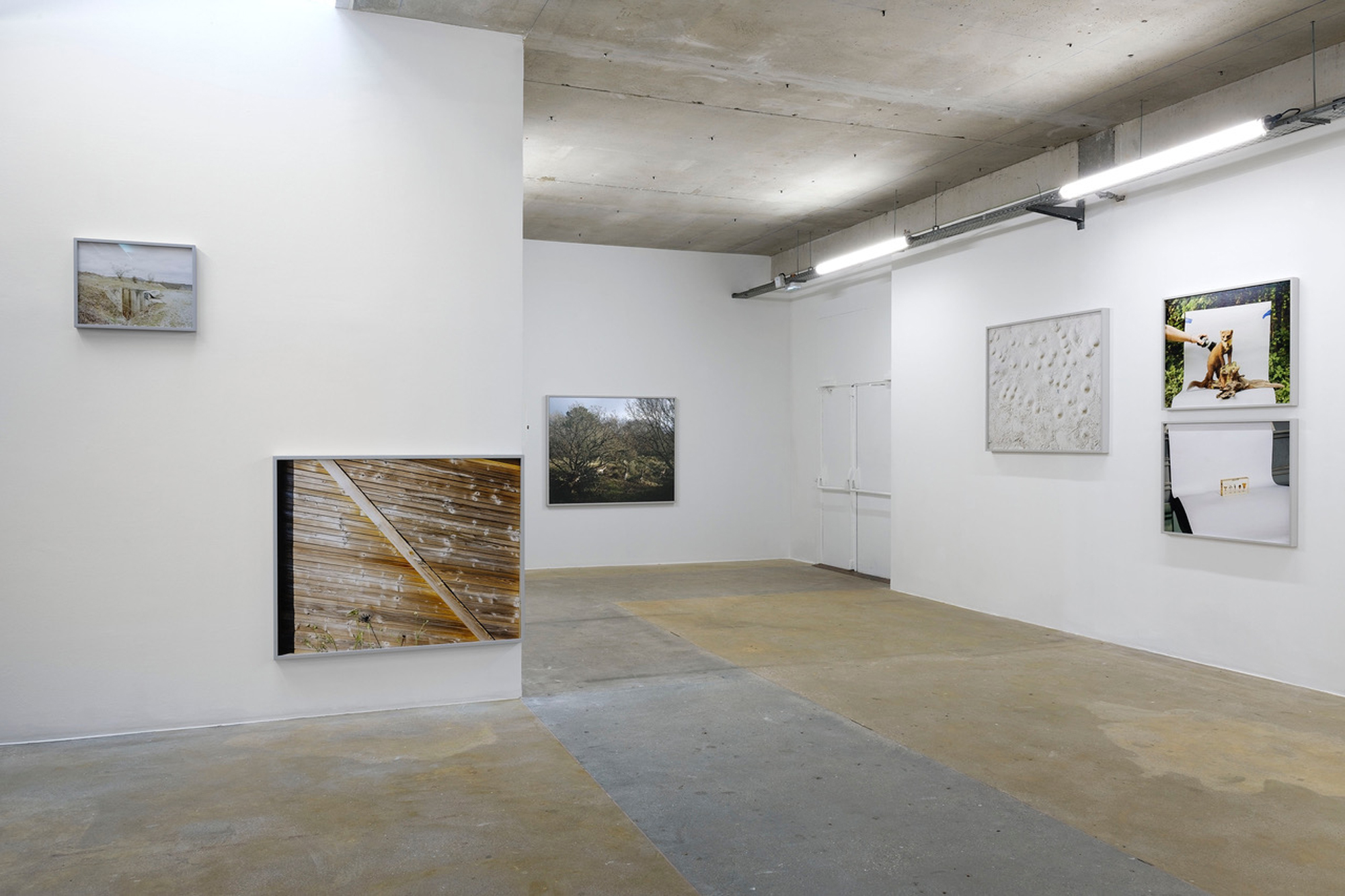
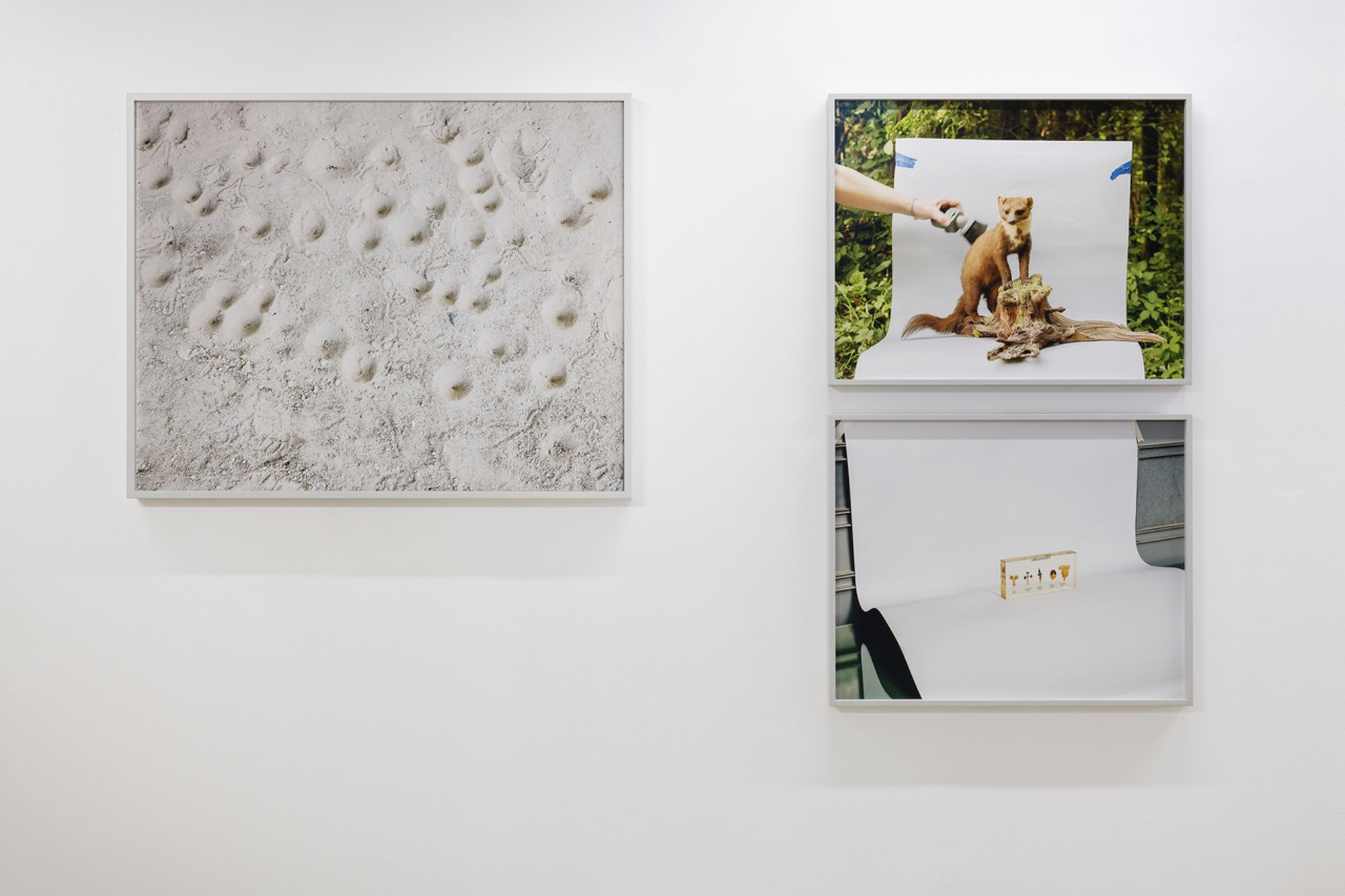
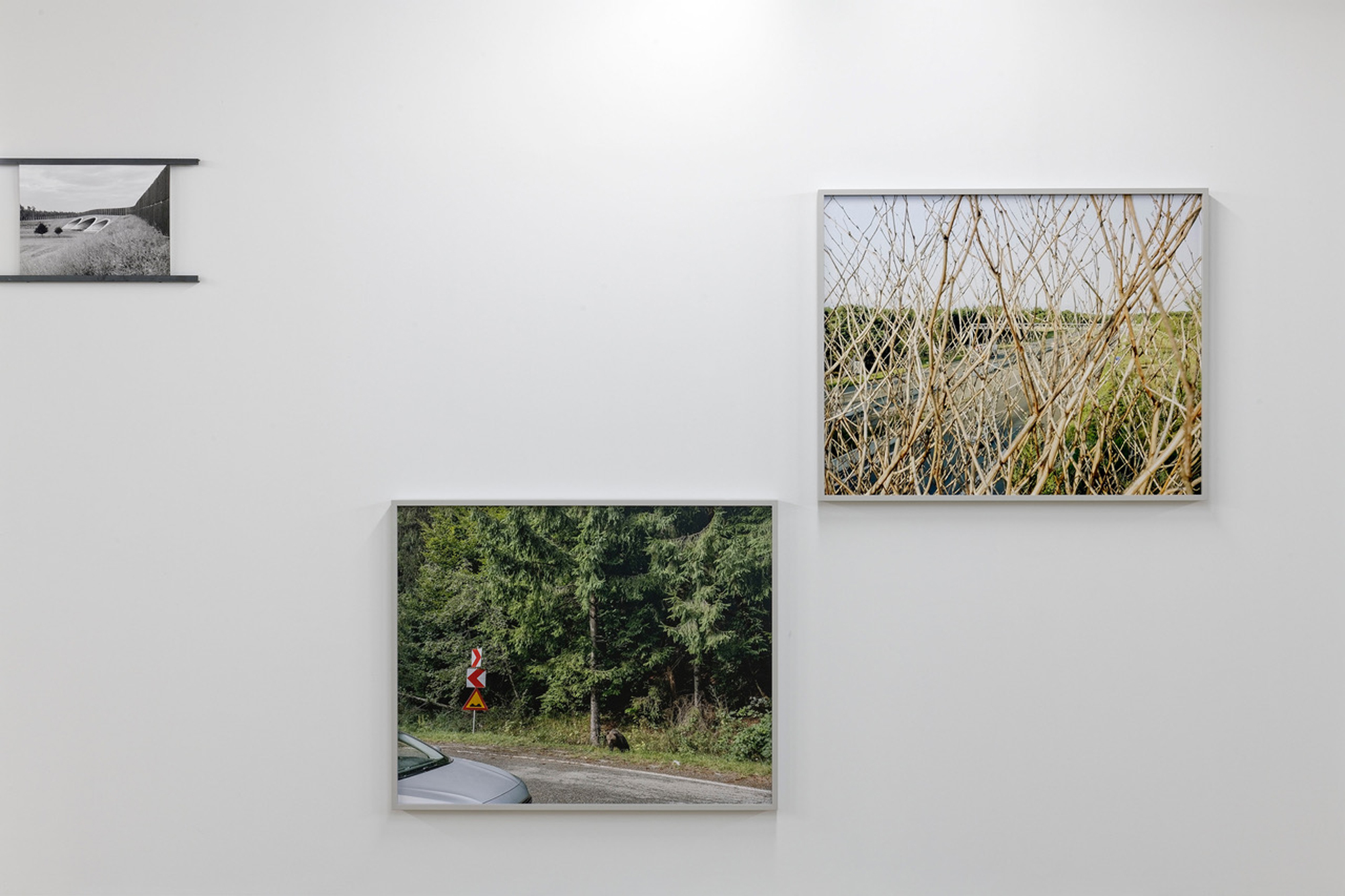
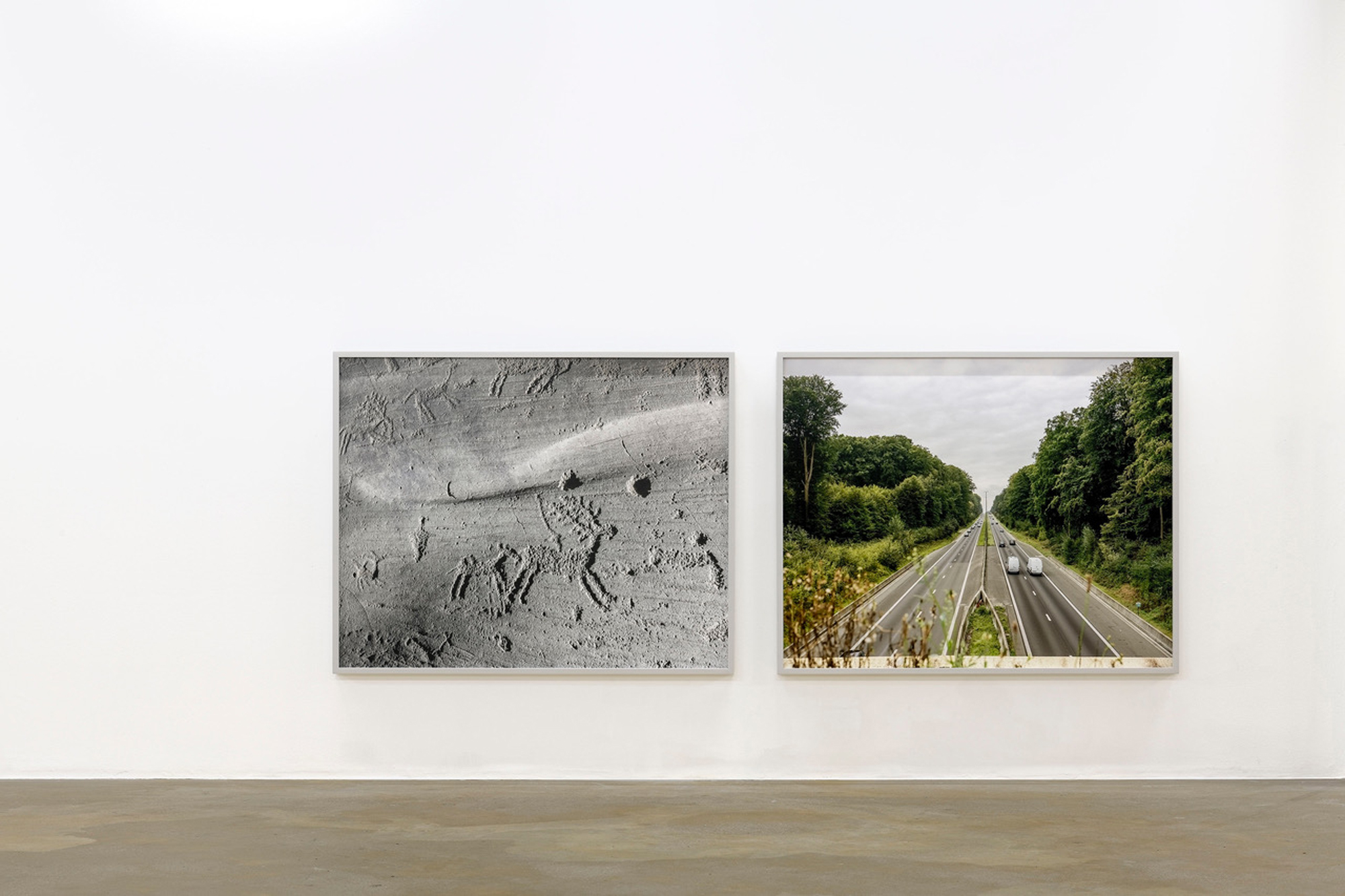


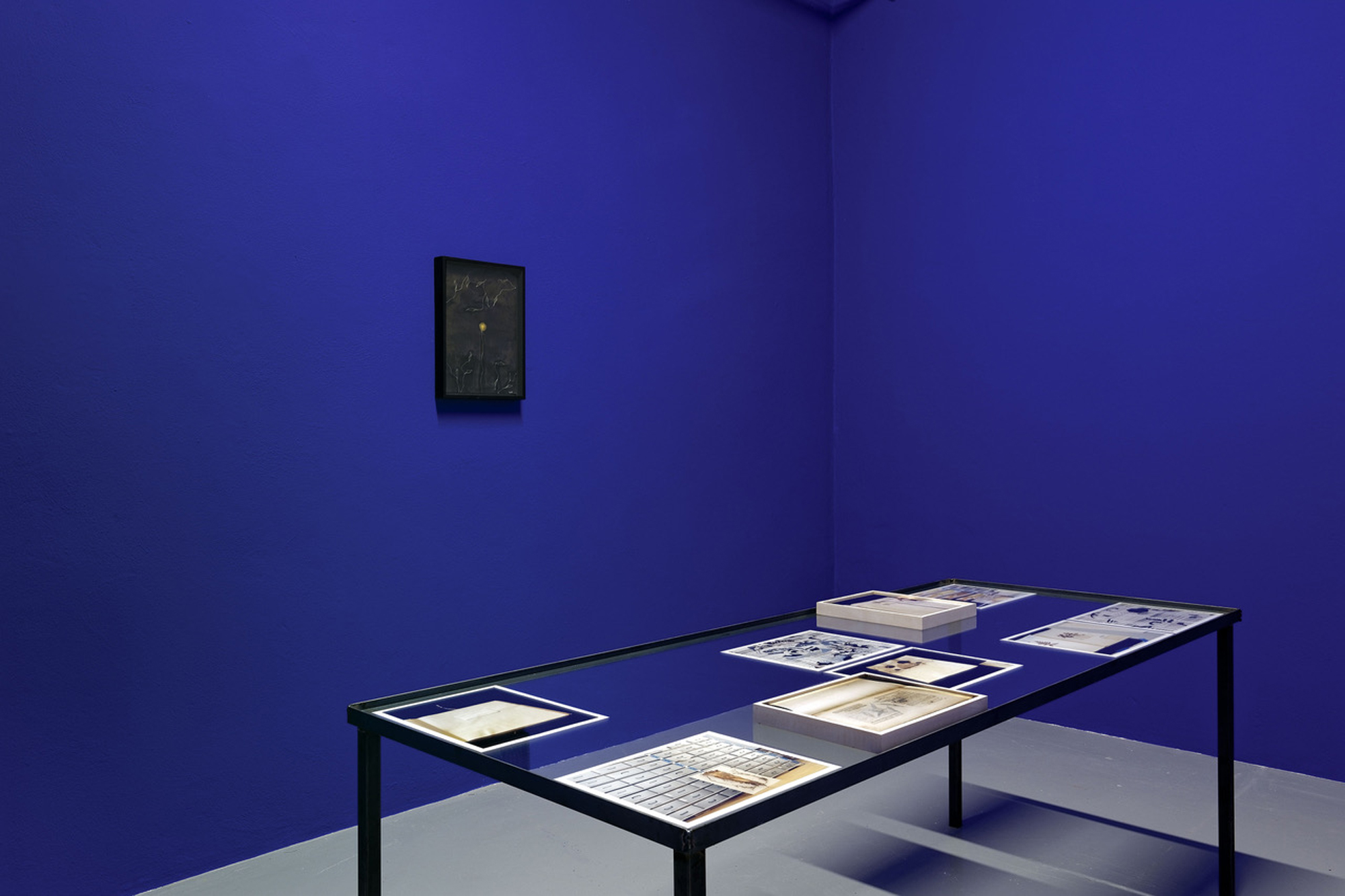
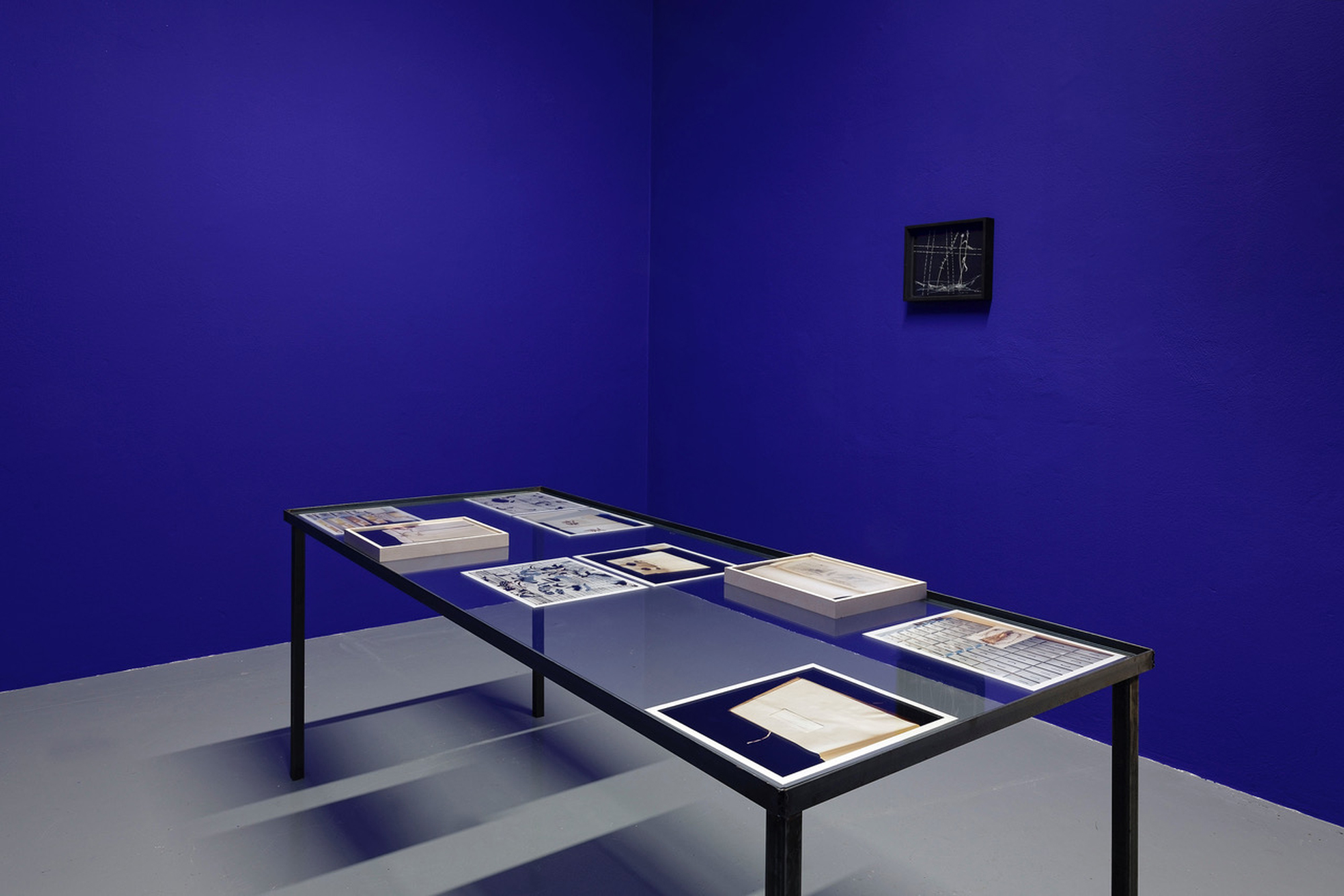







Some of the most important infrastructures in the network are the bridges — wildlife crossing devices — which help the animals get around architectural barriers: fencing directs the paths the animals take and monitoring cameras trace their movements, calling into question their effective freedom. The bridges were photographed by Caneve on the field in several EU countries. The black-and-white images conjure up the idea of documents or a typology of architecture.
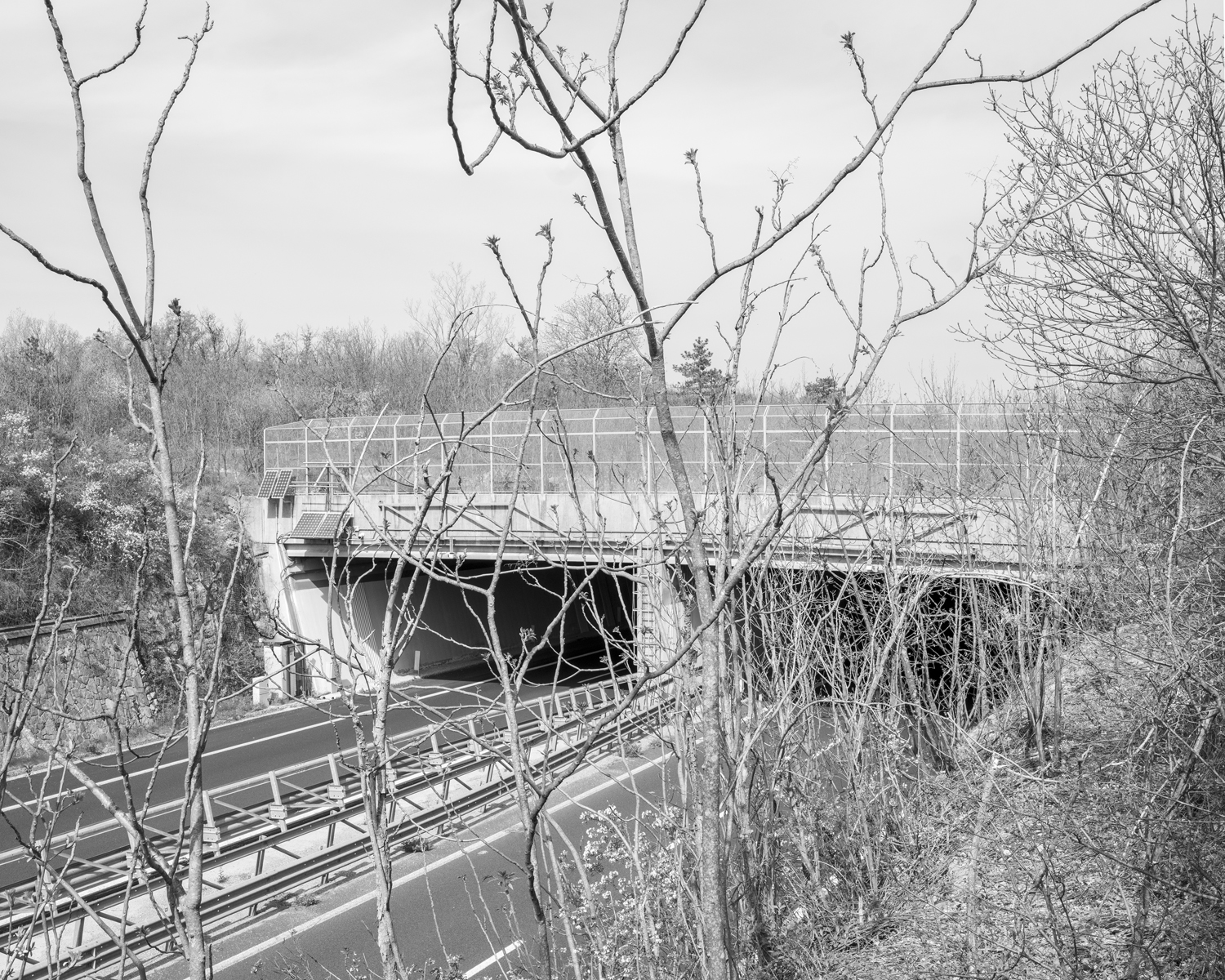

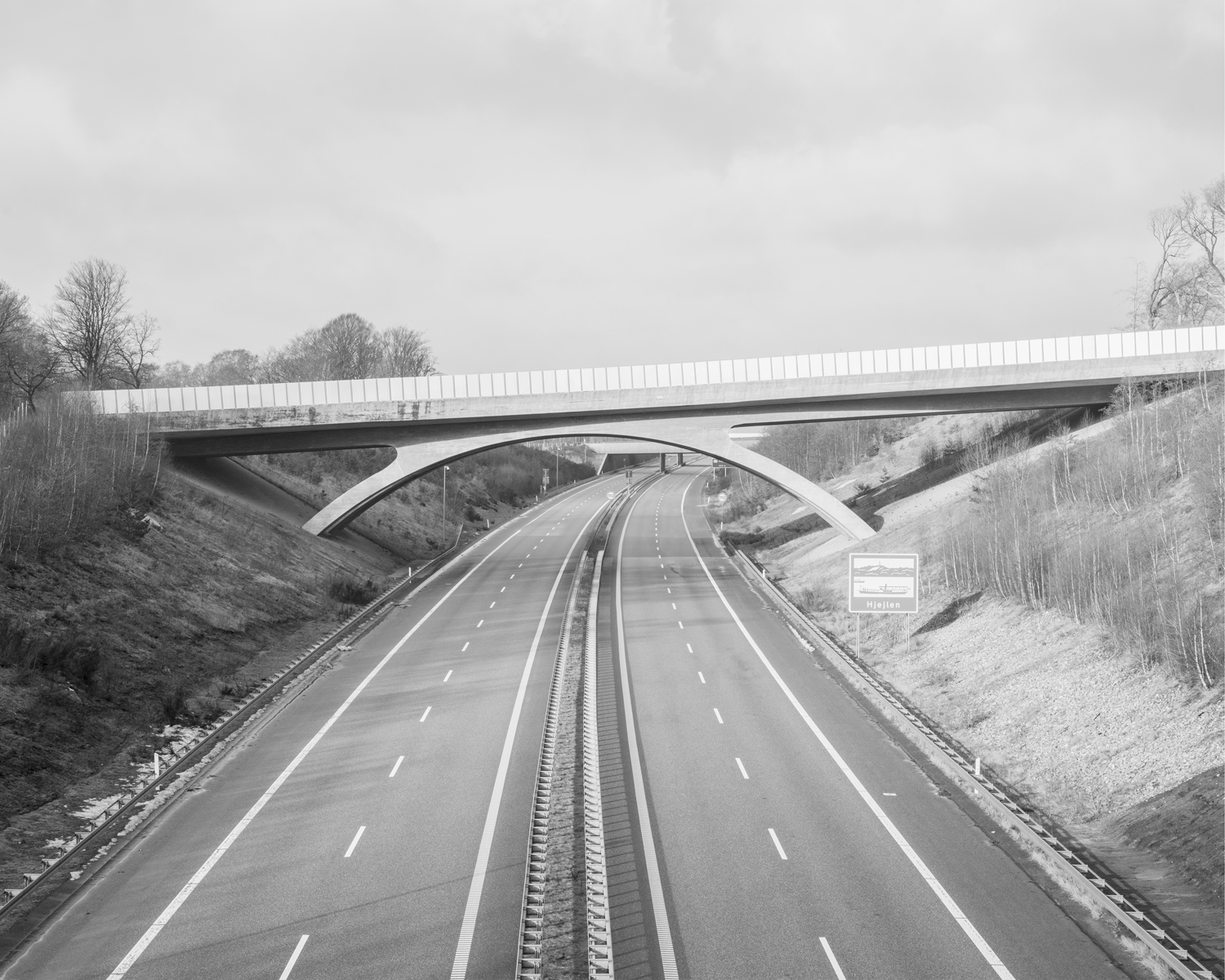
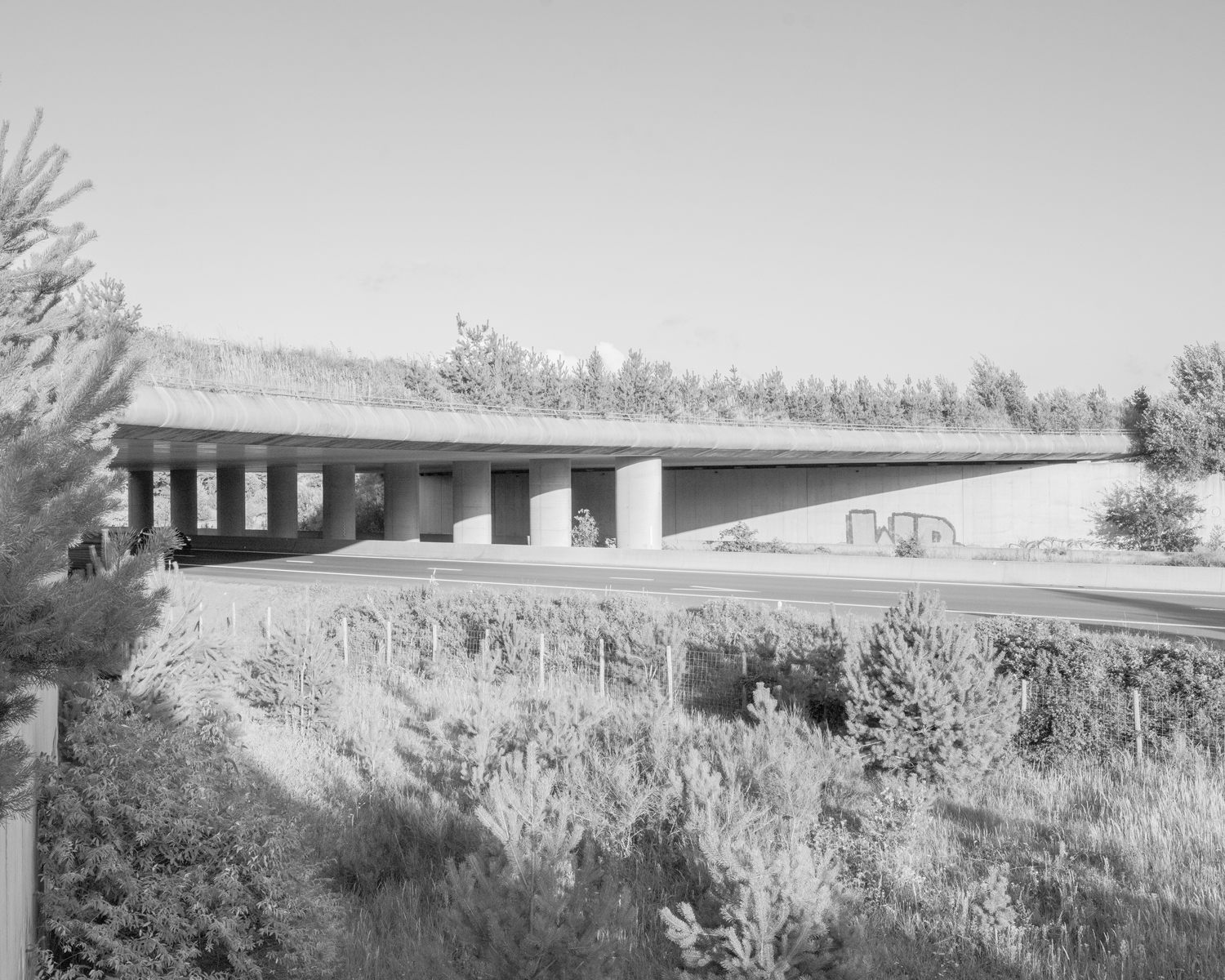

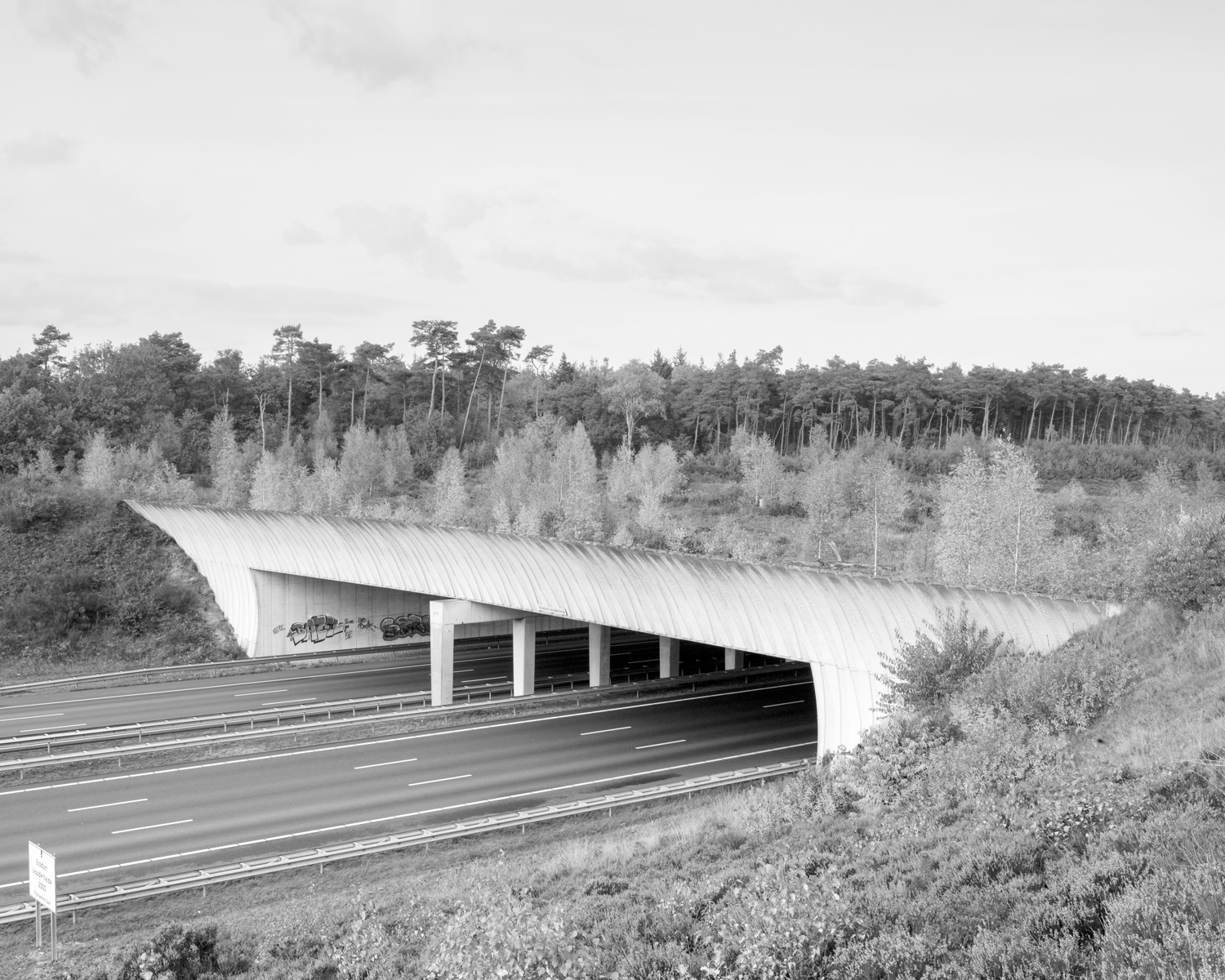
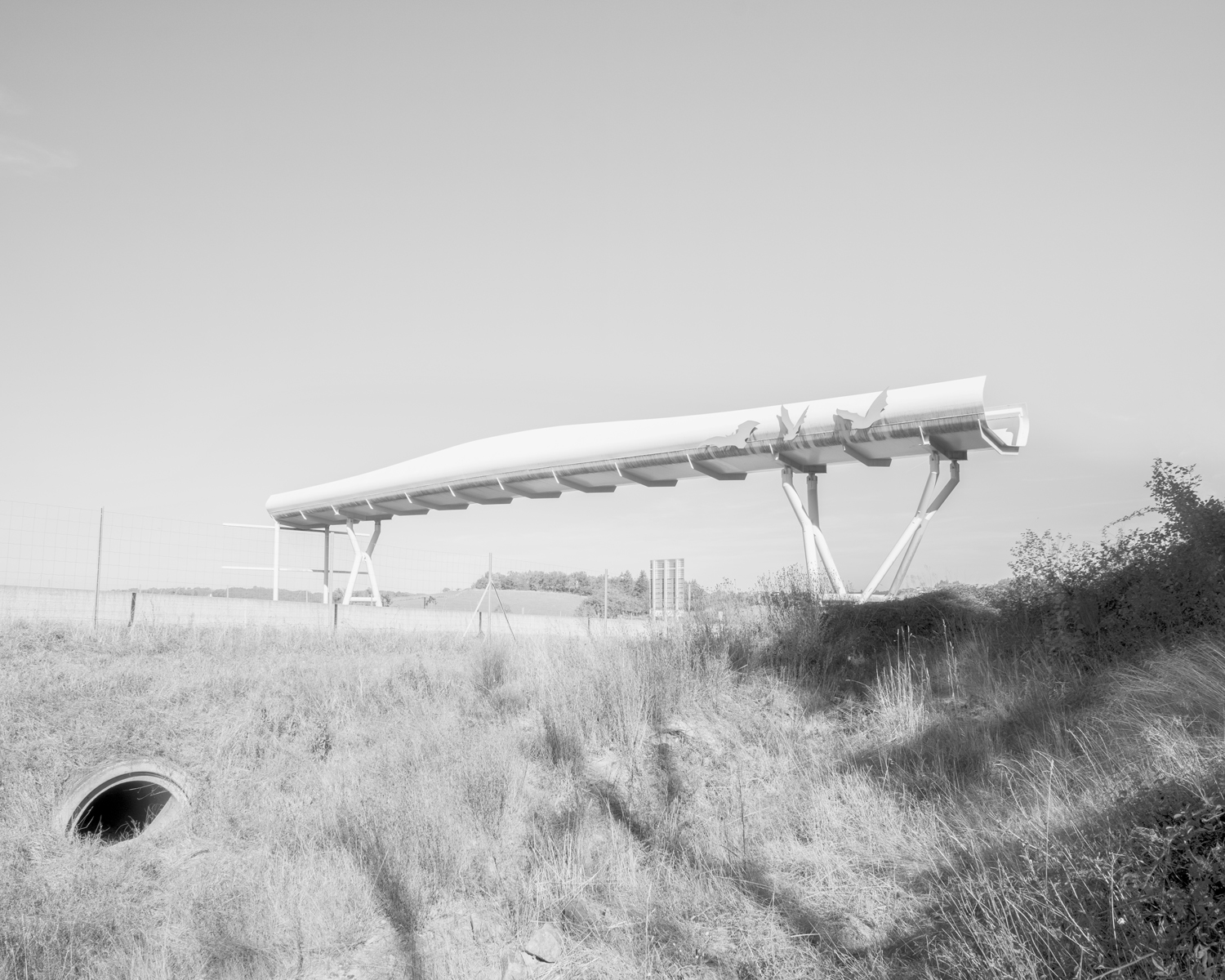
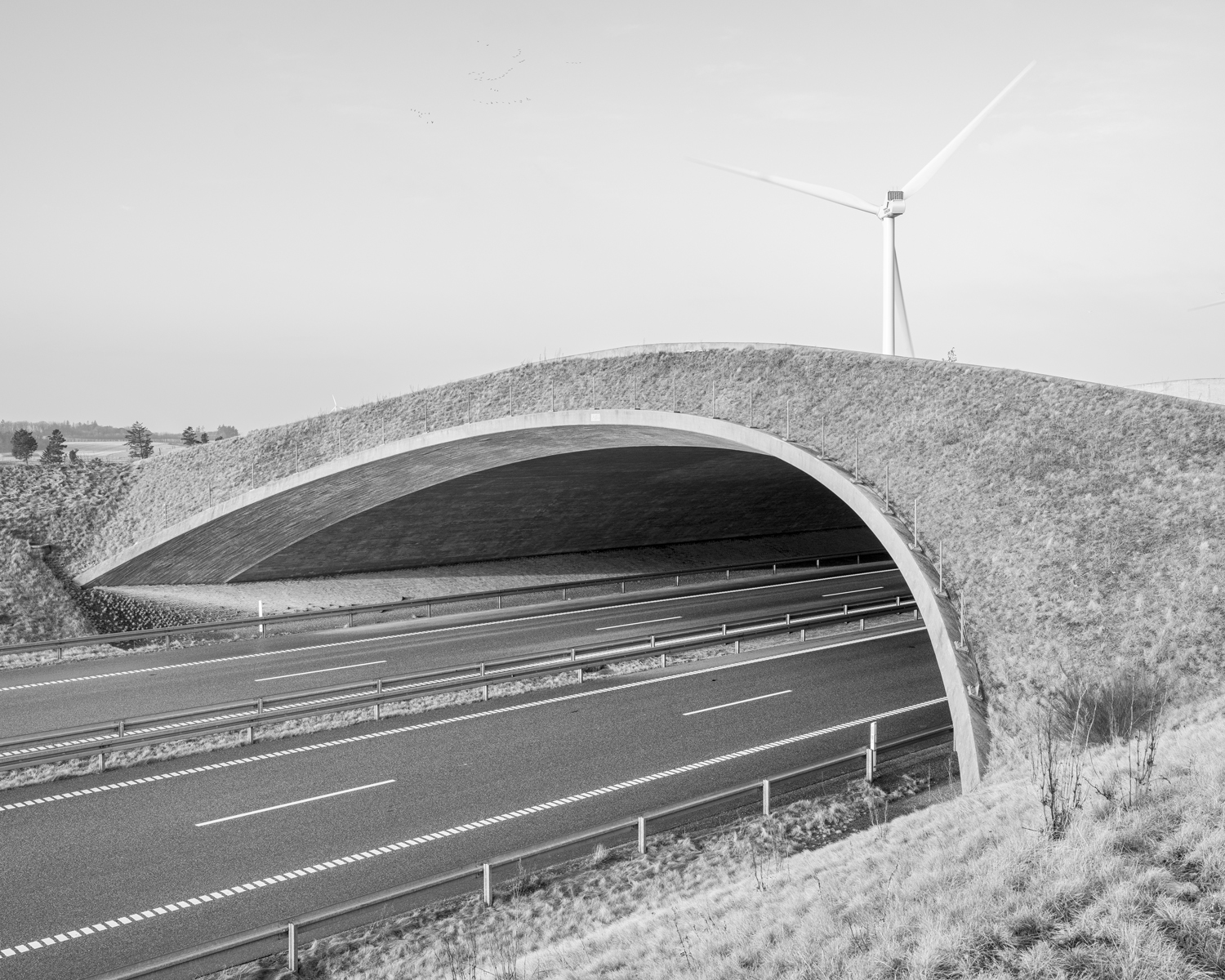
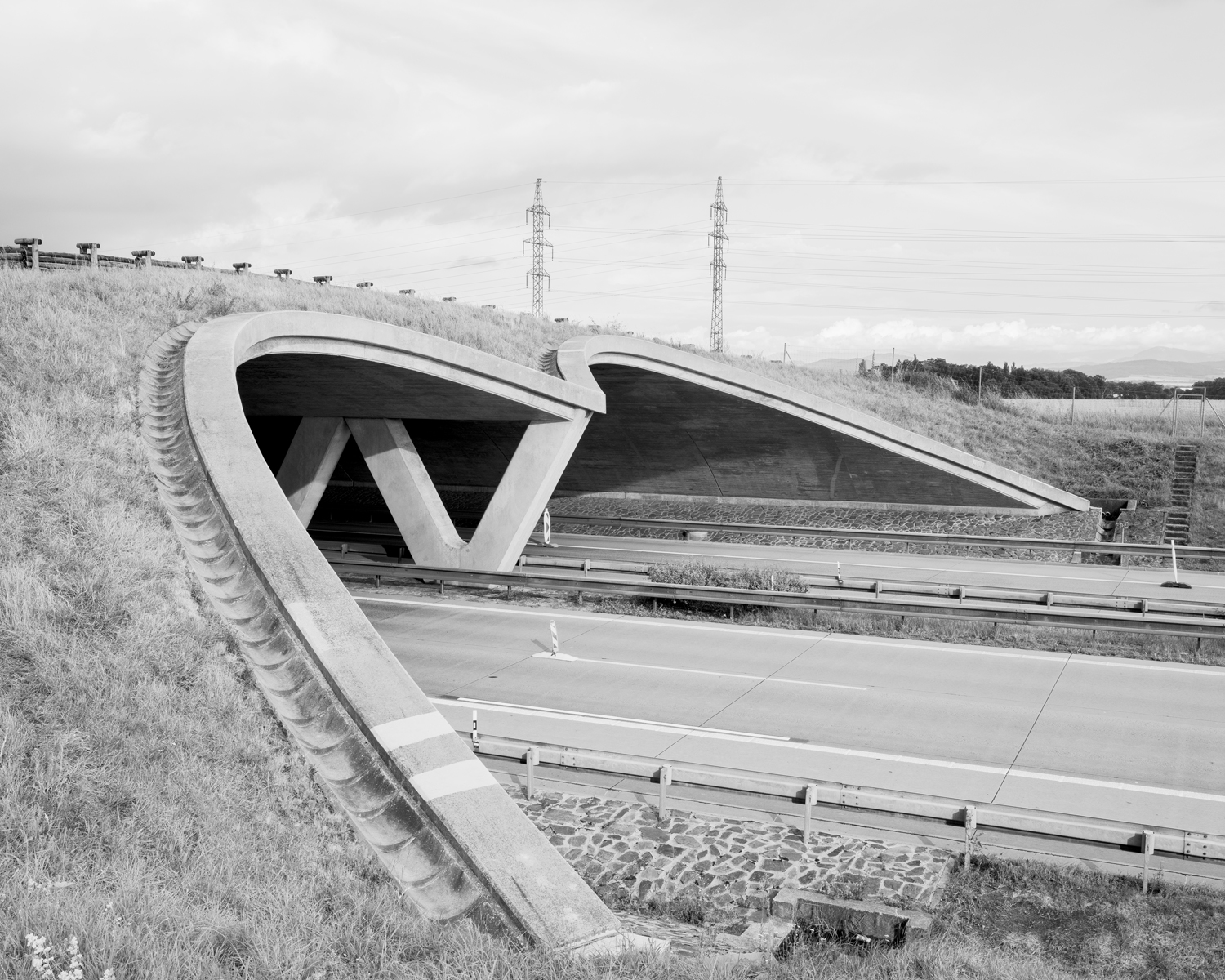


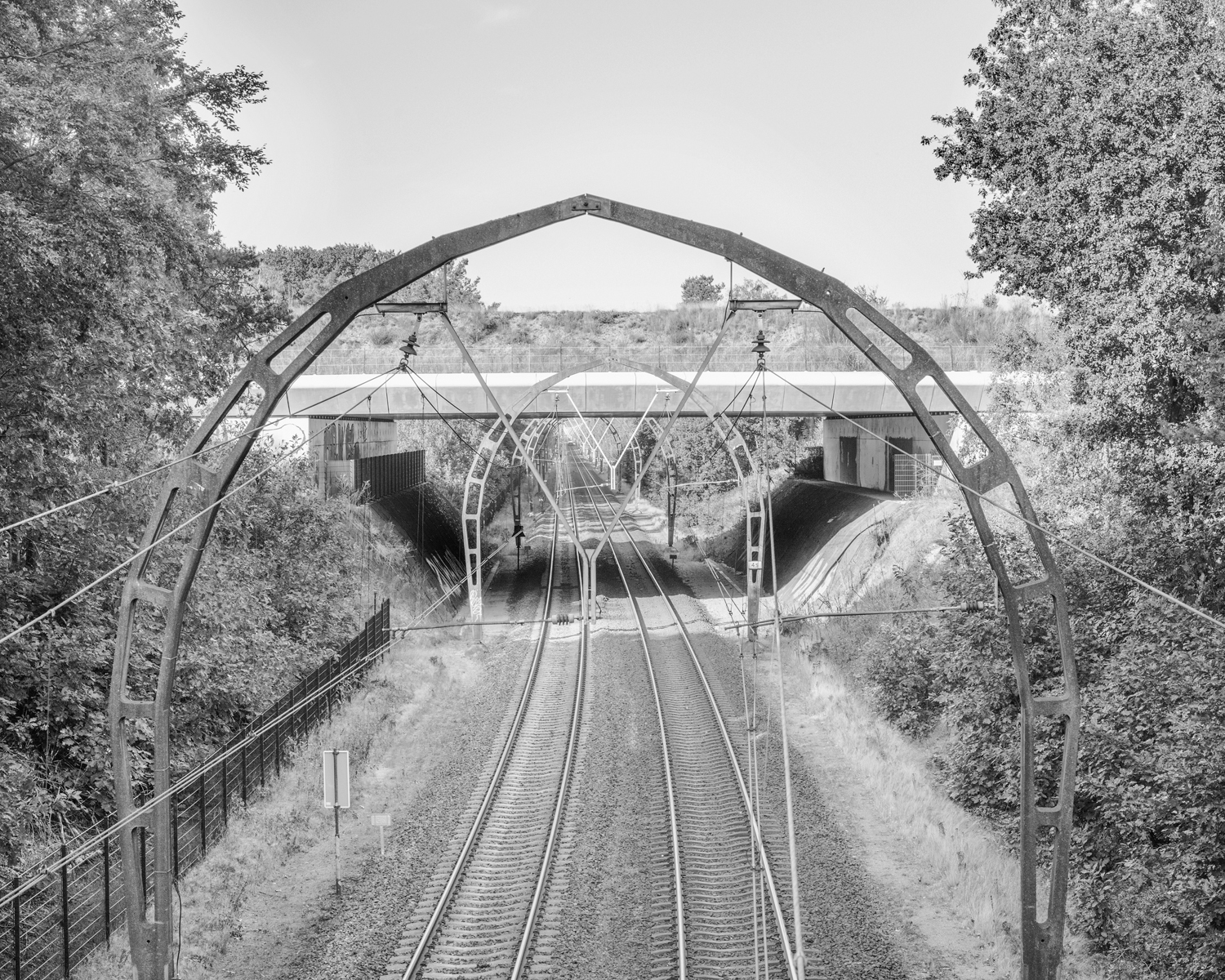
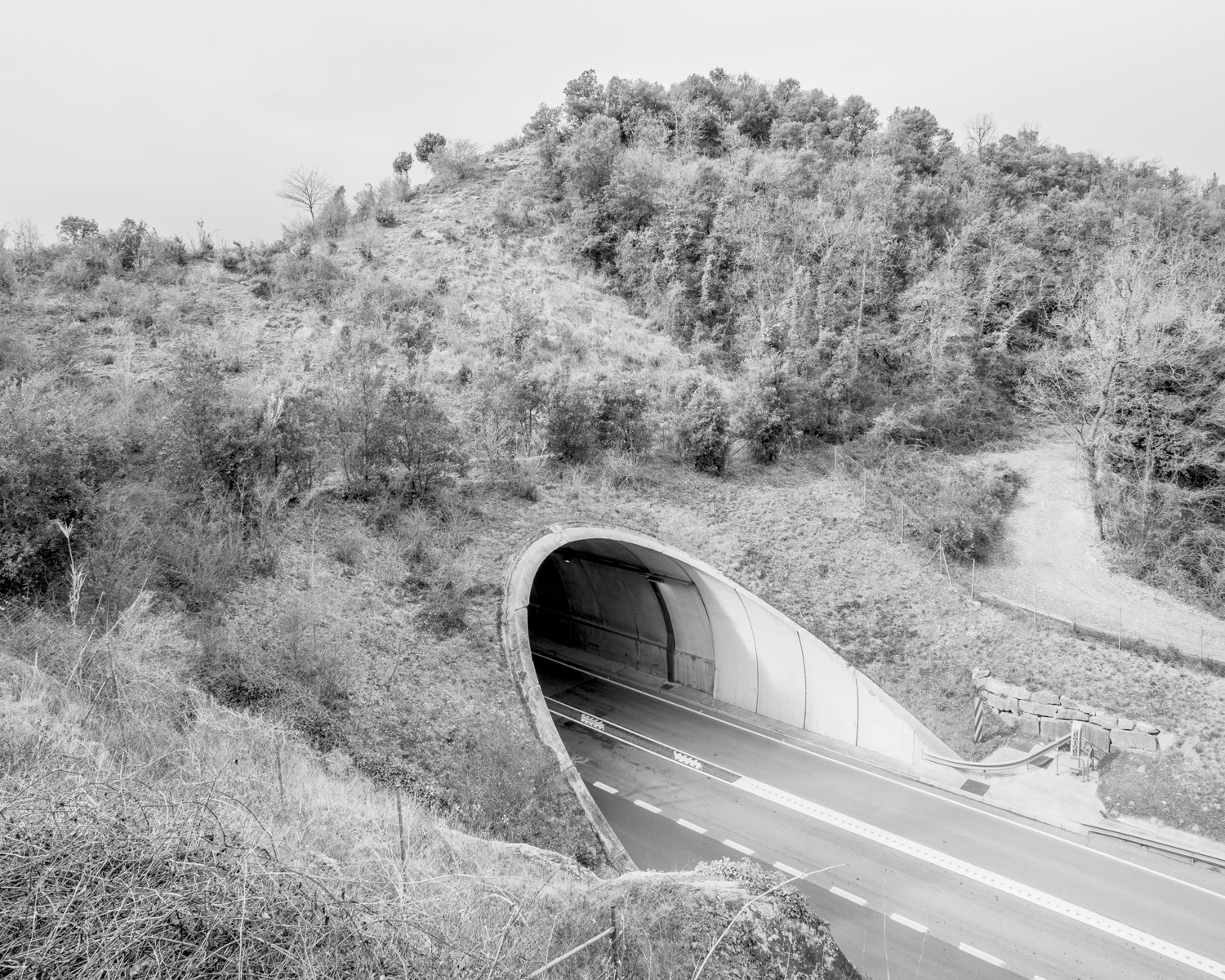
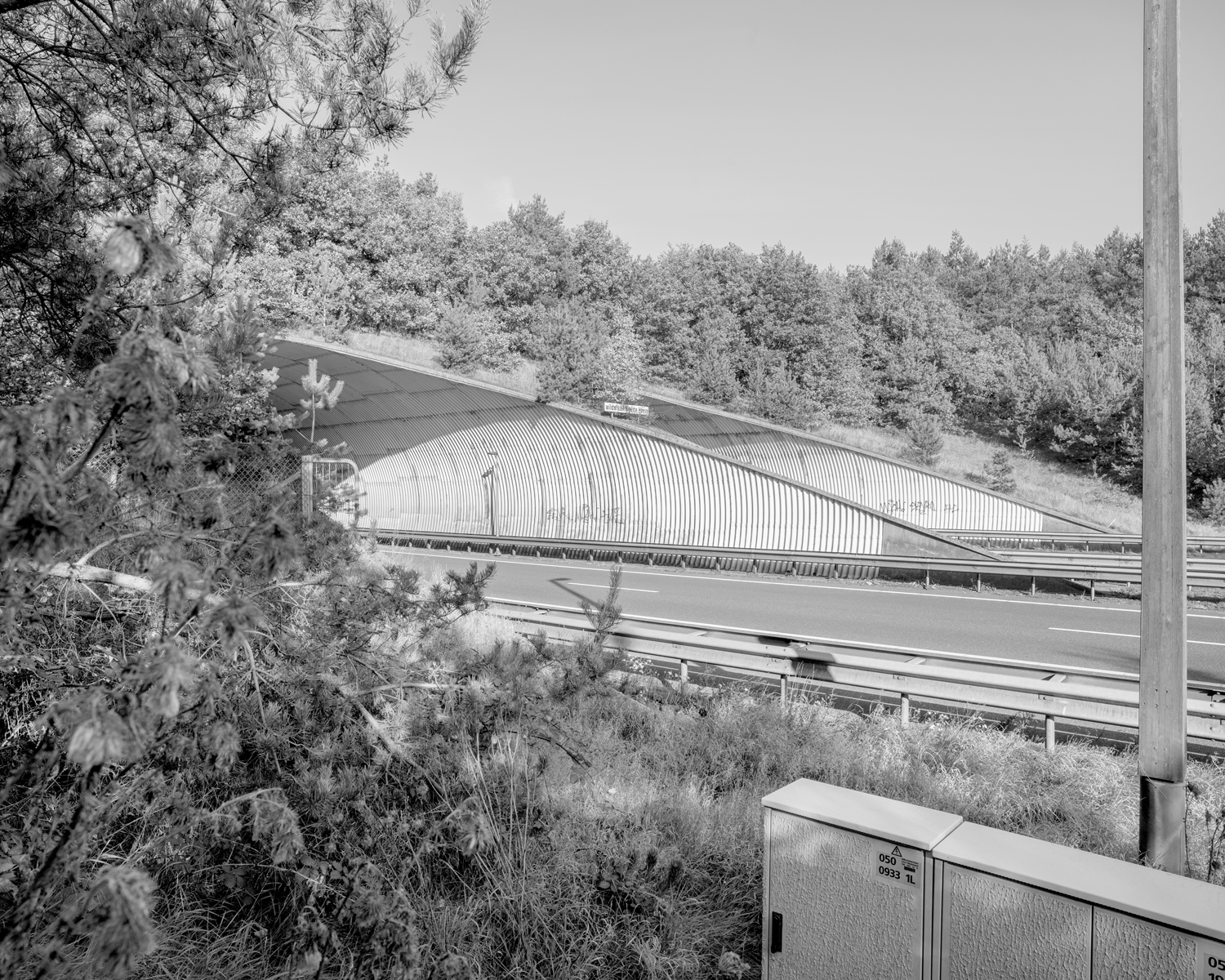
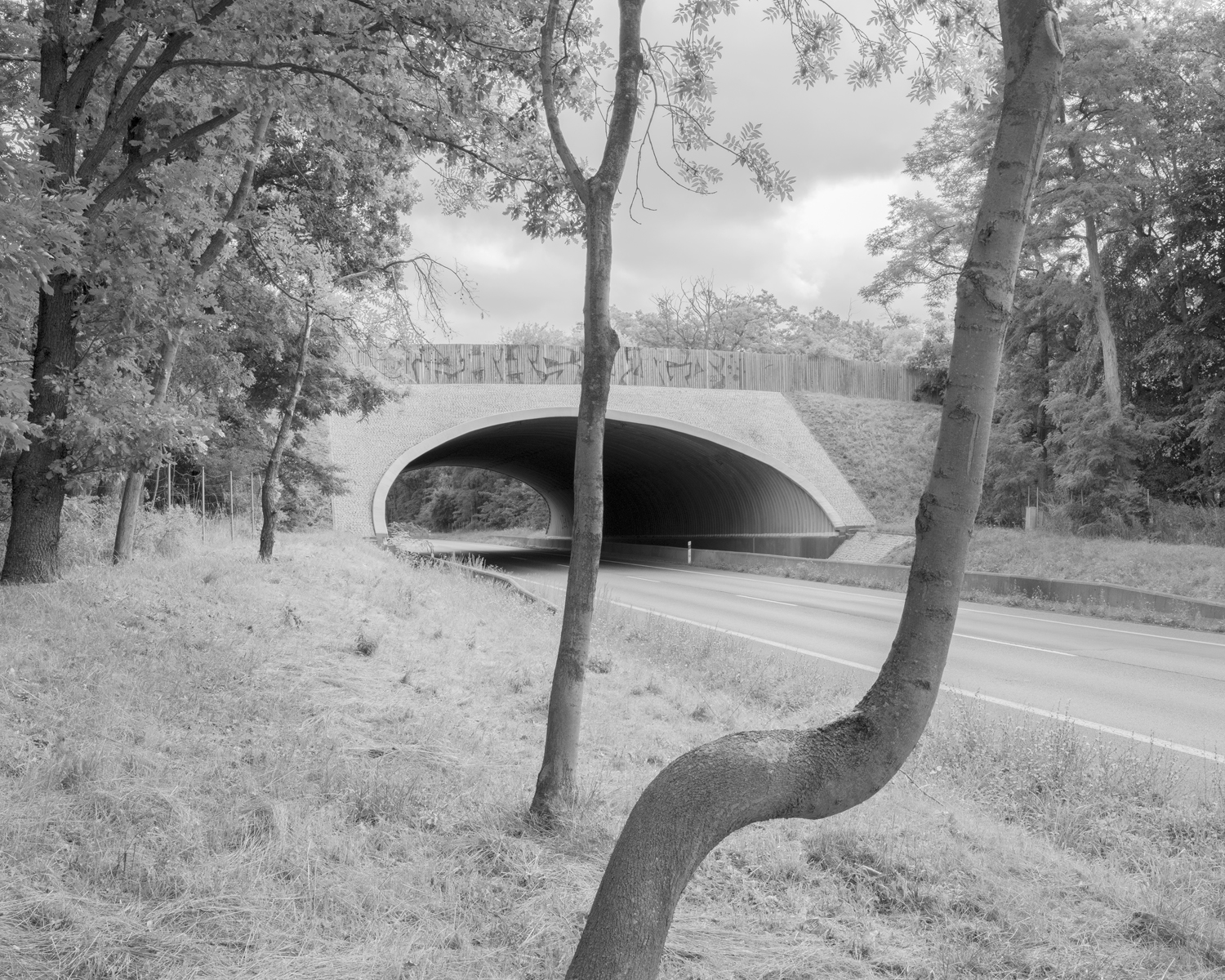
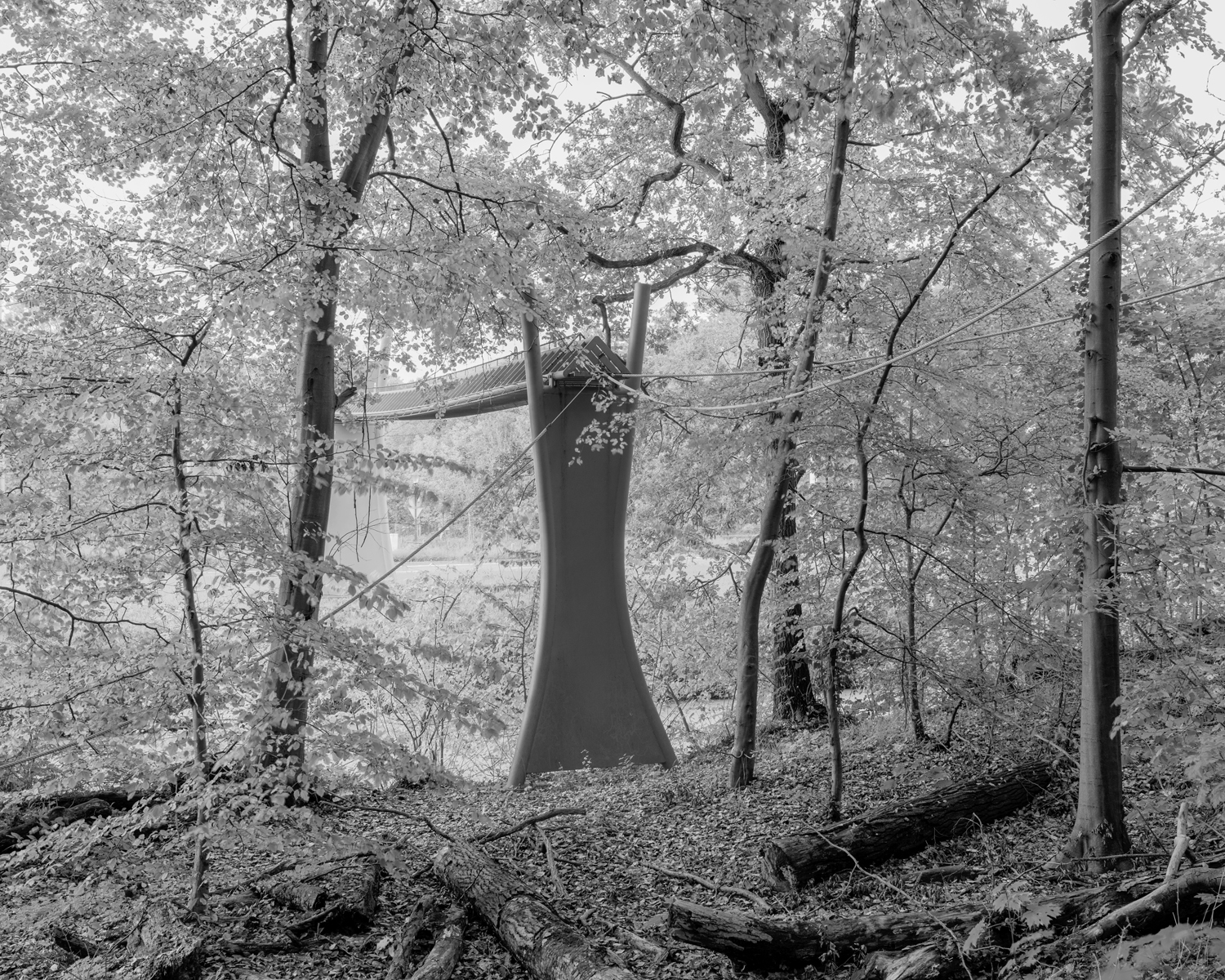

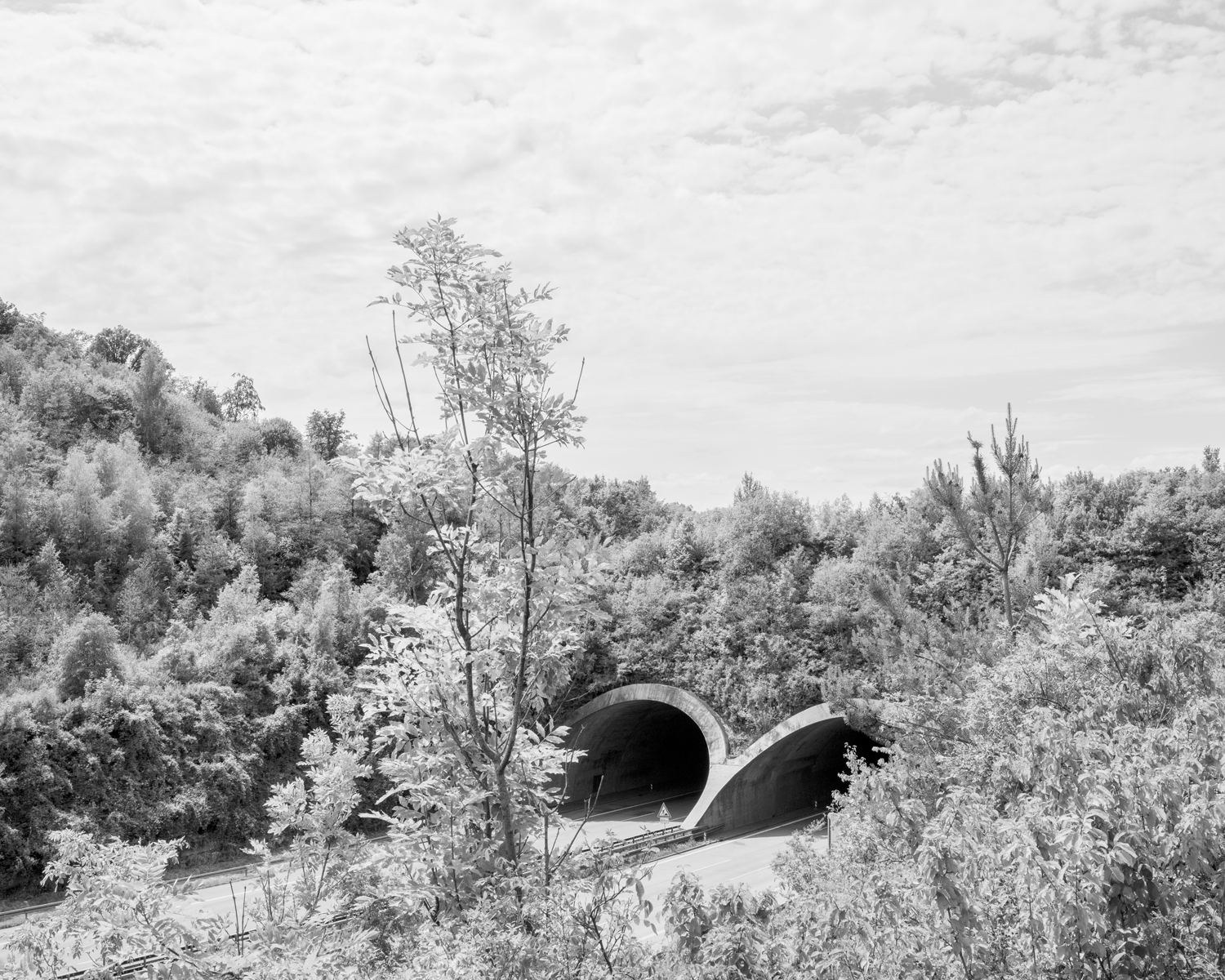
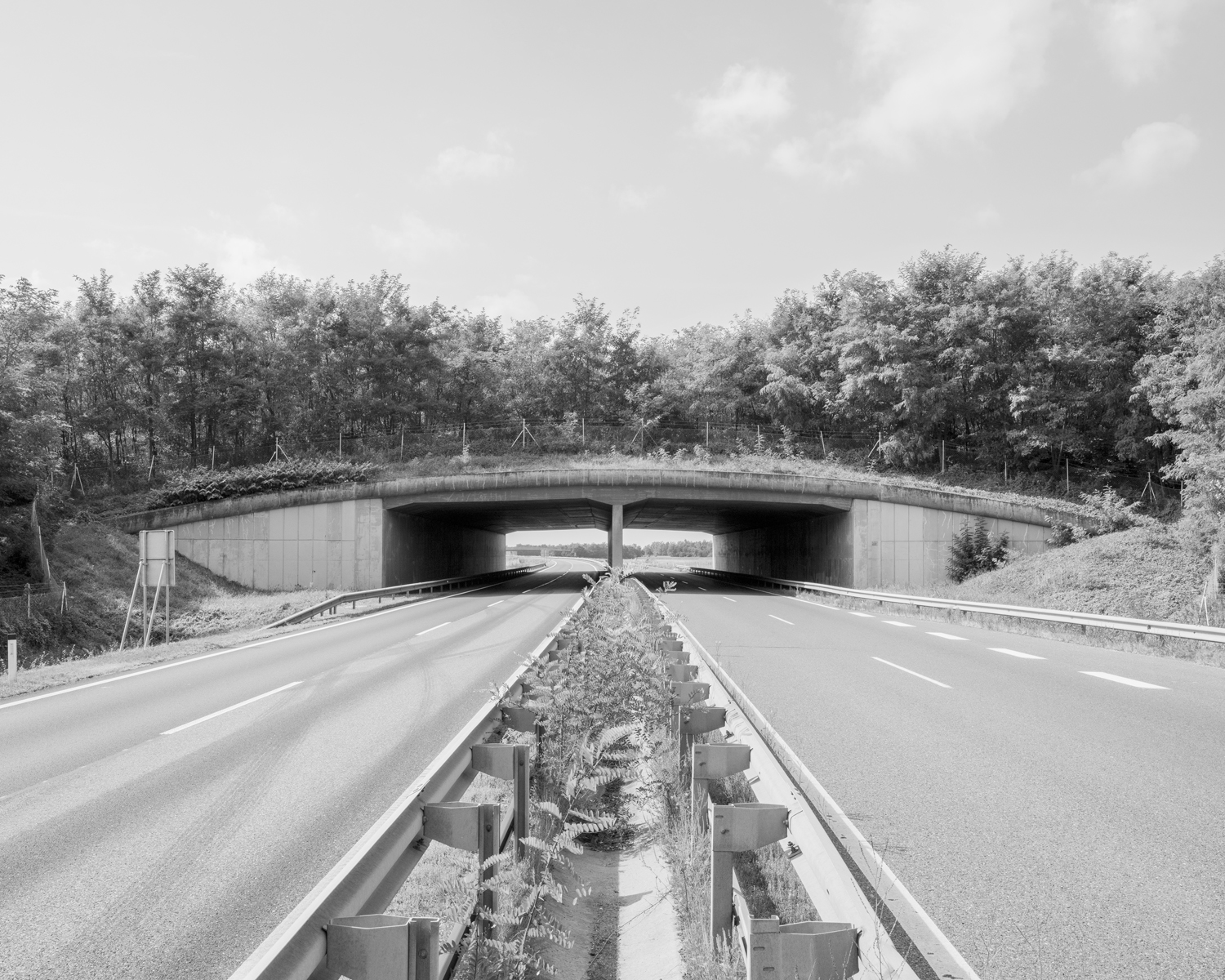
Then, taking inspiration from the footage of “camera traps” and “thermal cameras” set up by the researchers to document and monitor the animals on the bridges, Marina Caneve has created a three-channel video installation (loop), whose animal and human presence suggests that we reflect on contemporary migration policies, surveillance and intrusive images. The videos are accompanied by an original sound track composed by Renato Rinaldi, inspired by Kafka’s short stories as “Josephine the Singer, or the Mouse Folk”, sounds from nature, and deterrence sounds to keep animals away from danger.




The project includes a homage to writer Vitaliano Trevisan and a triptych of images with a passage taken from his I quindicimila passi (The Fifteen-thousand steps), introducing the topic of the conflict between human desires and needs and the order of natural space.
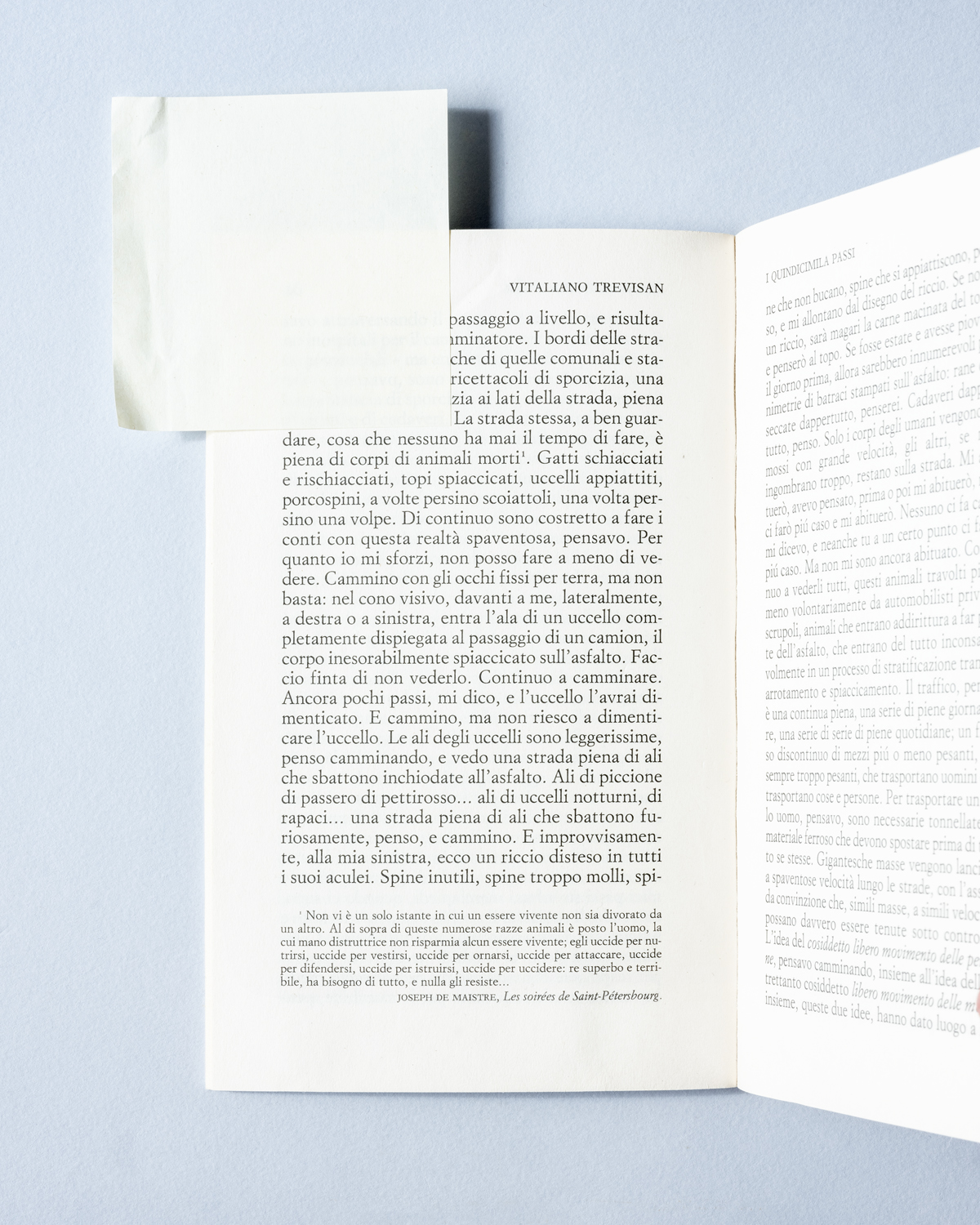
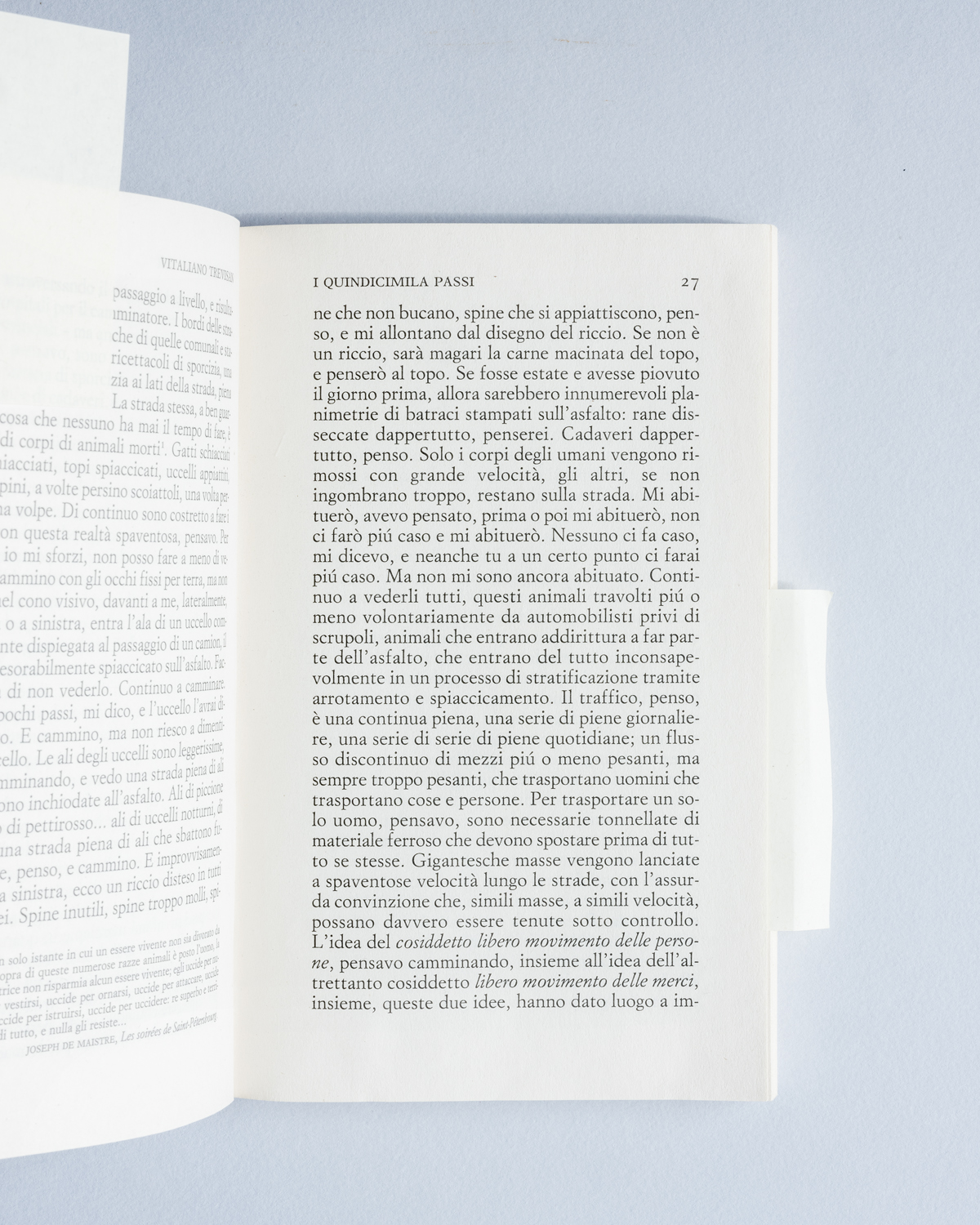
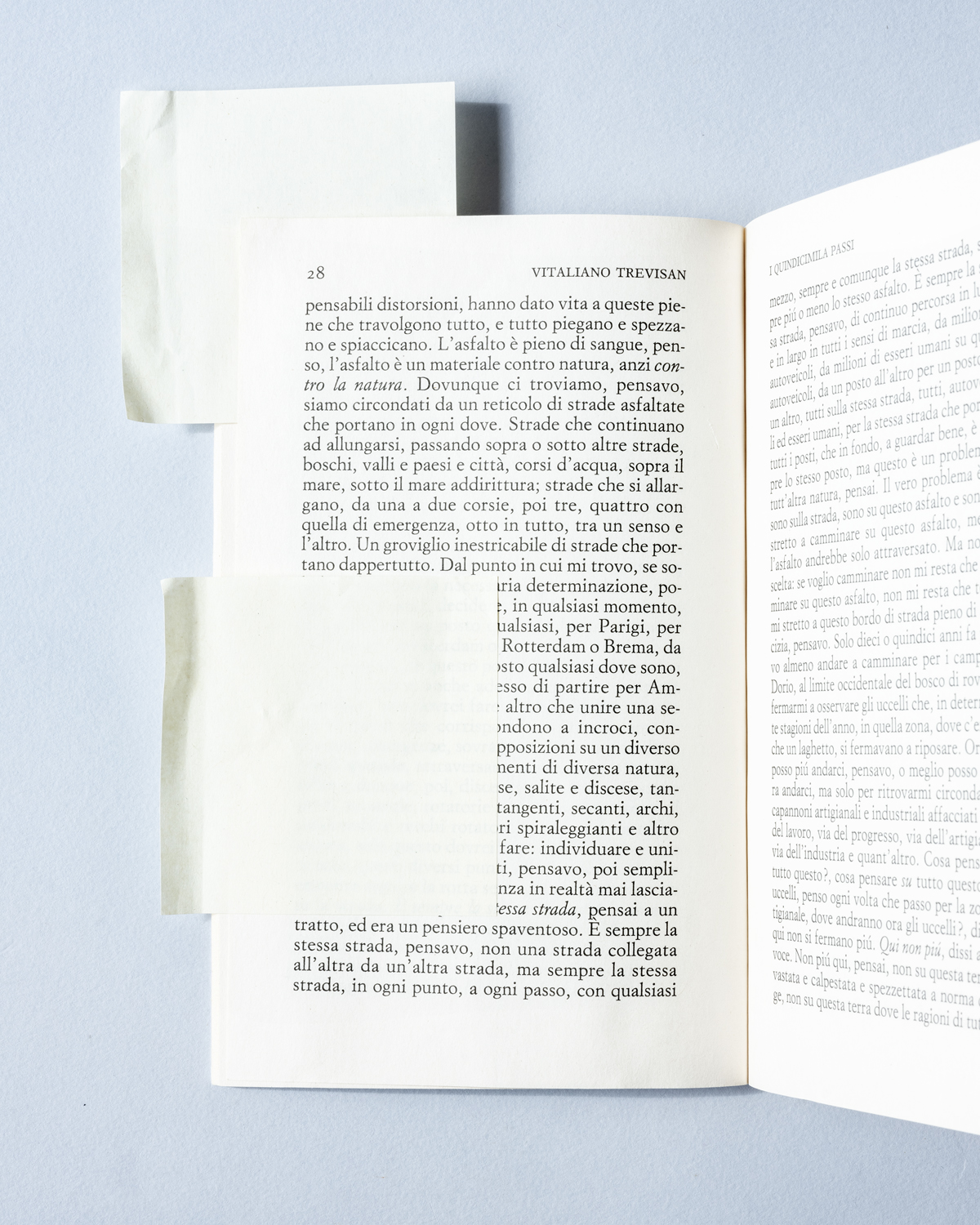
The project comes also with a book designed by Hans Gremmen an published by Fw:Books. It is a is a 288 pages book with images by Caneve and texts by Taco Hidde Bakker, James Bridle, Daniele De Luigi, Gian Piero Frassinelli, Serenella Iovino, Hélène Soubelet, Vitaliano Trevisan, 2050+.
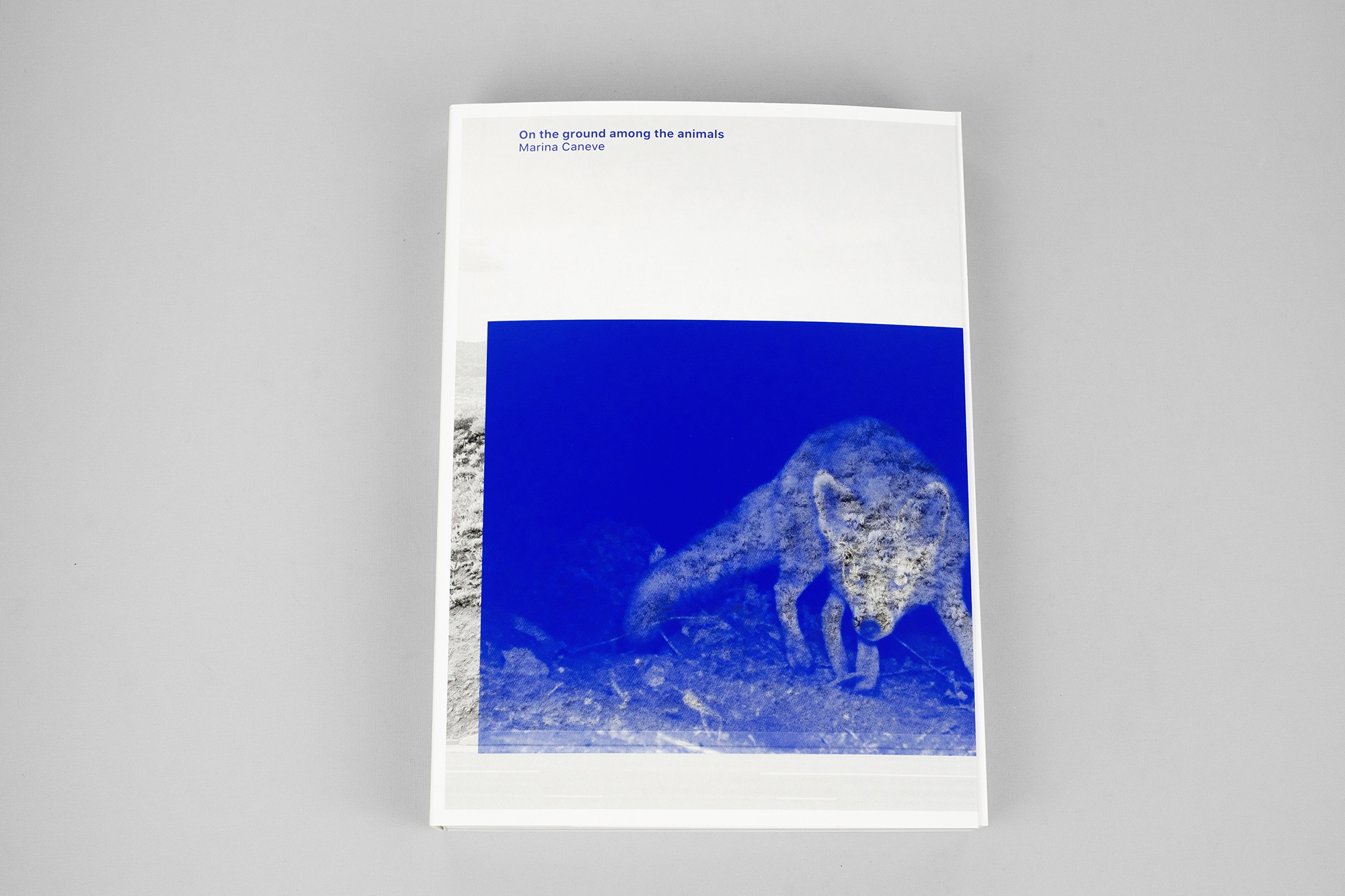
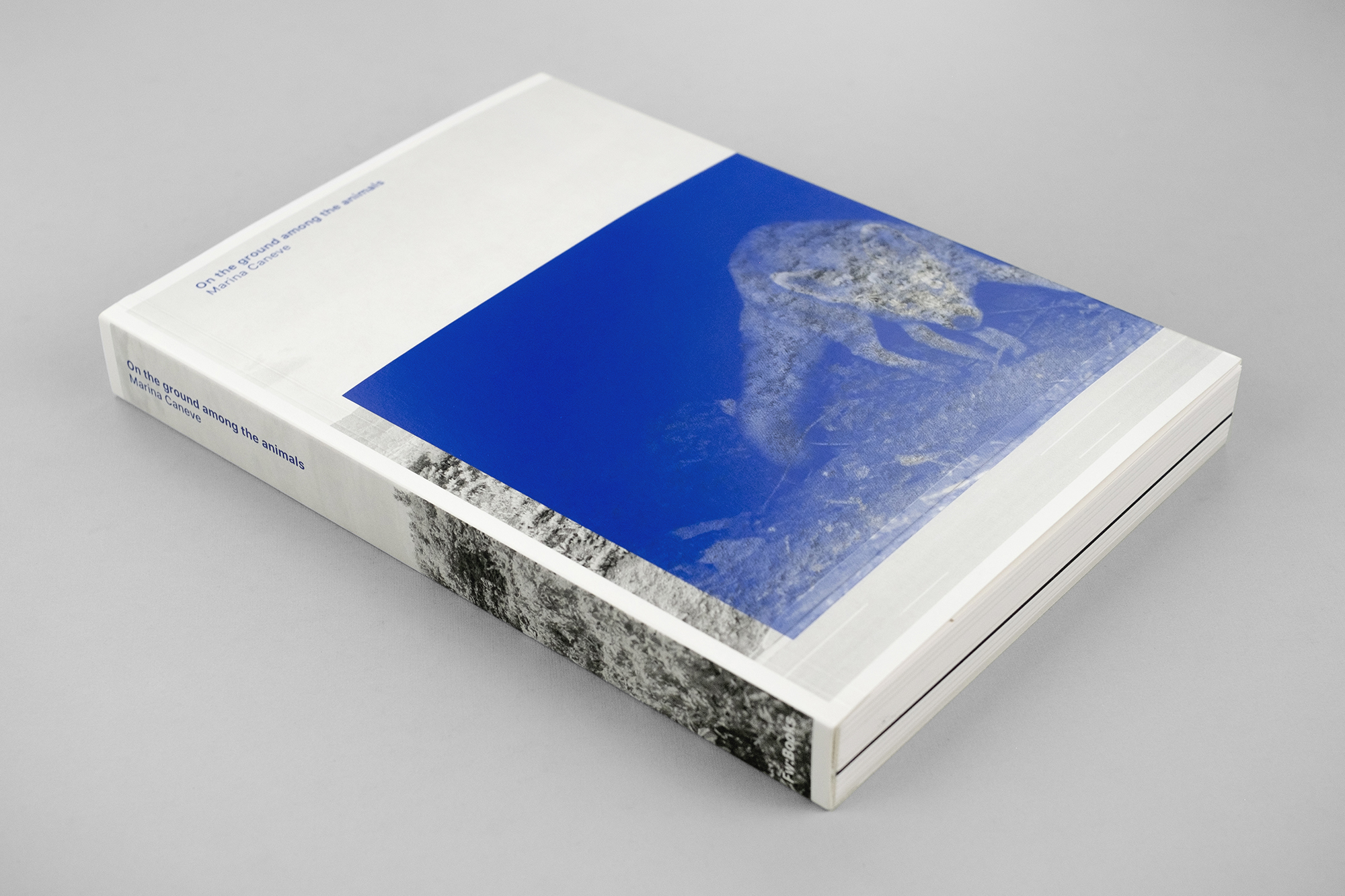
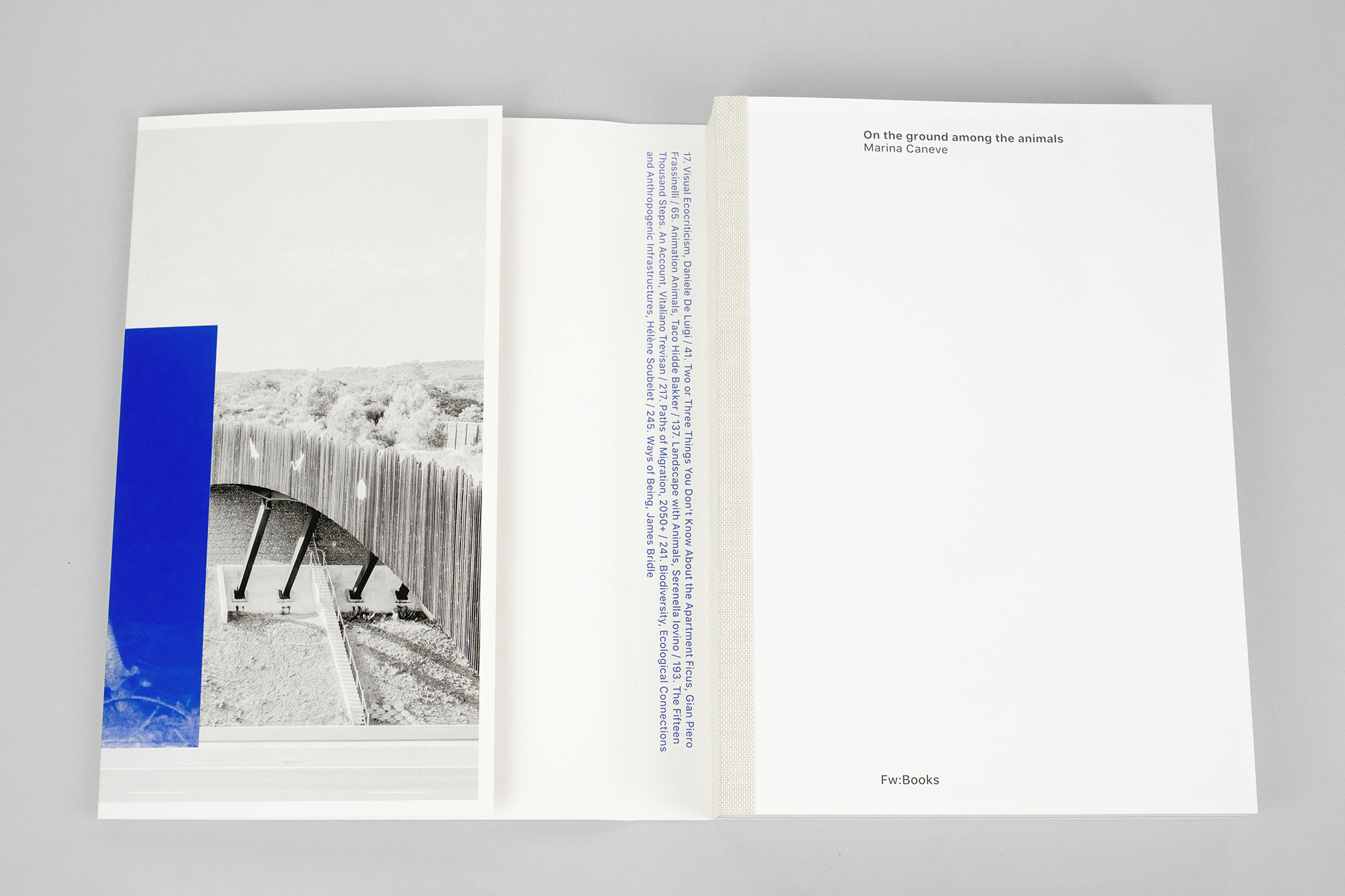
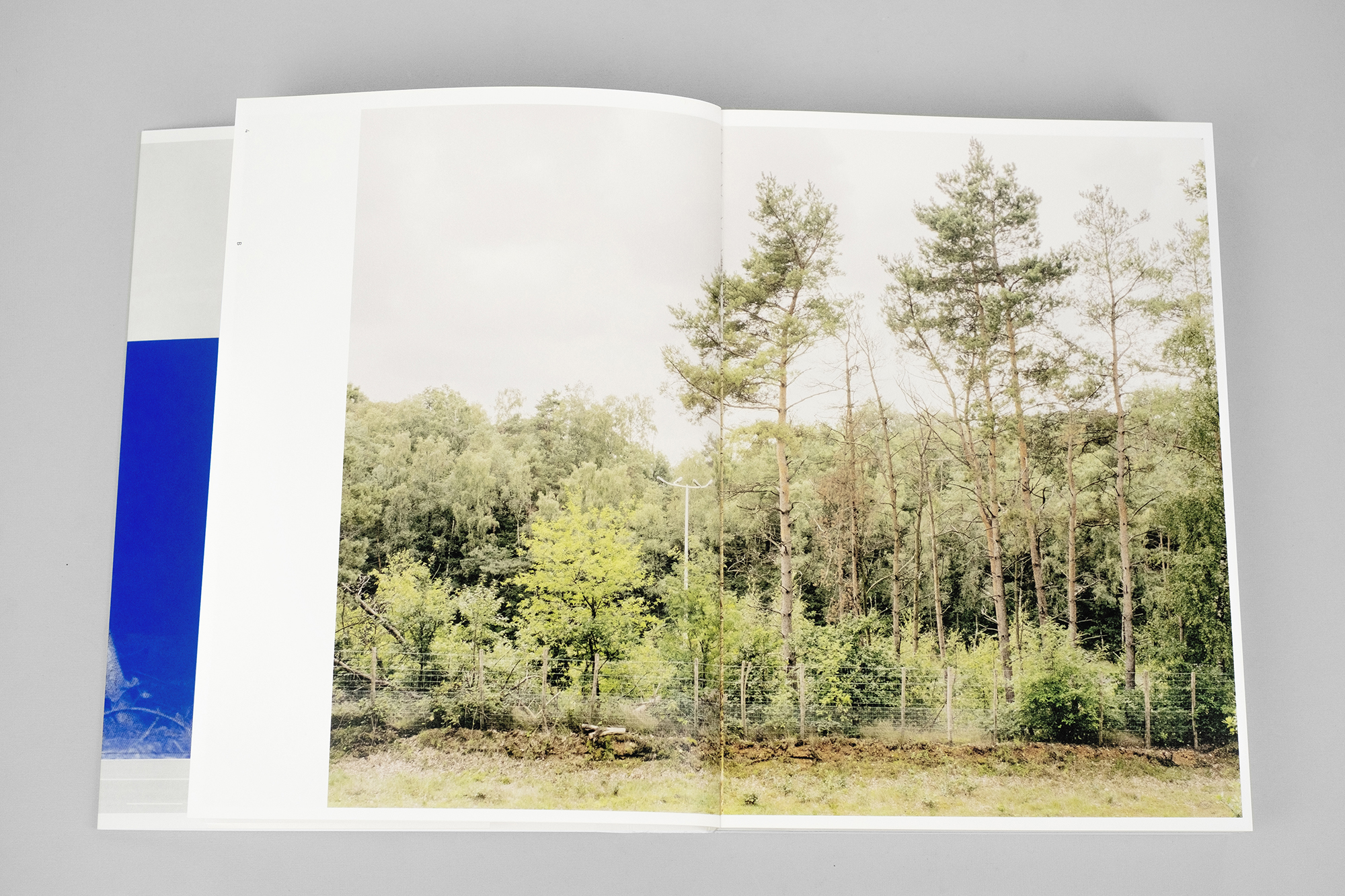
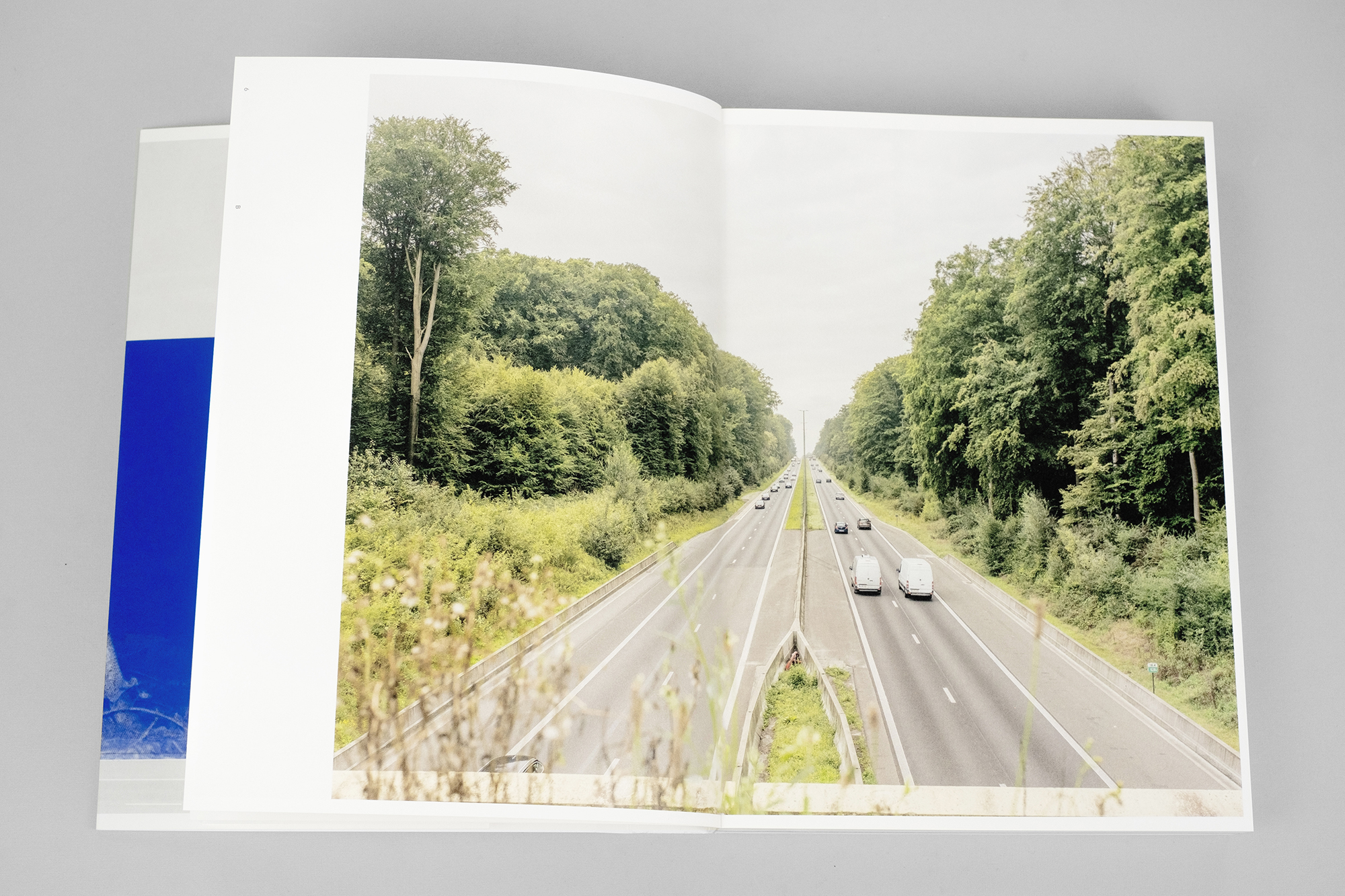


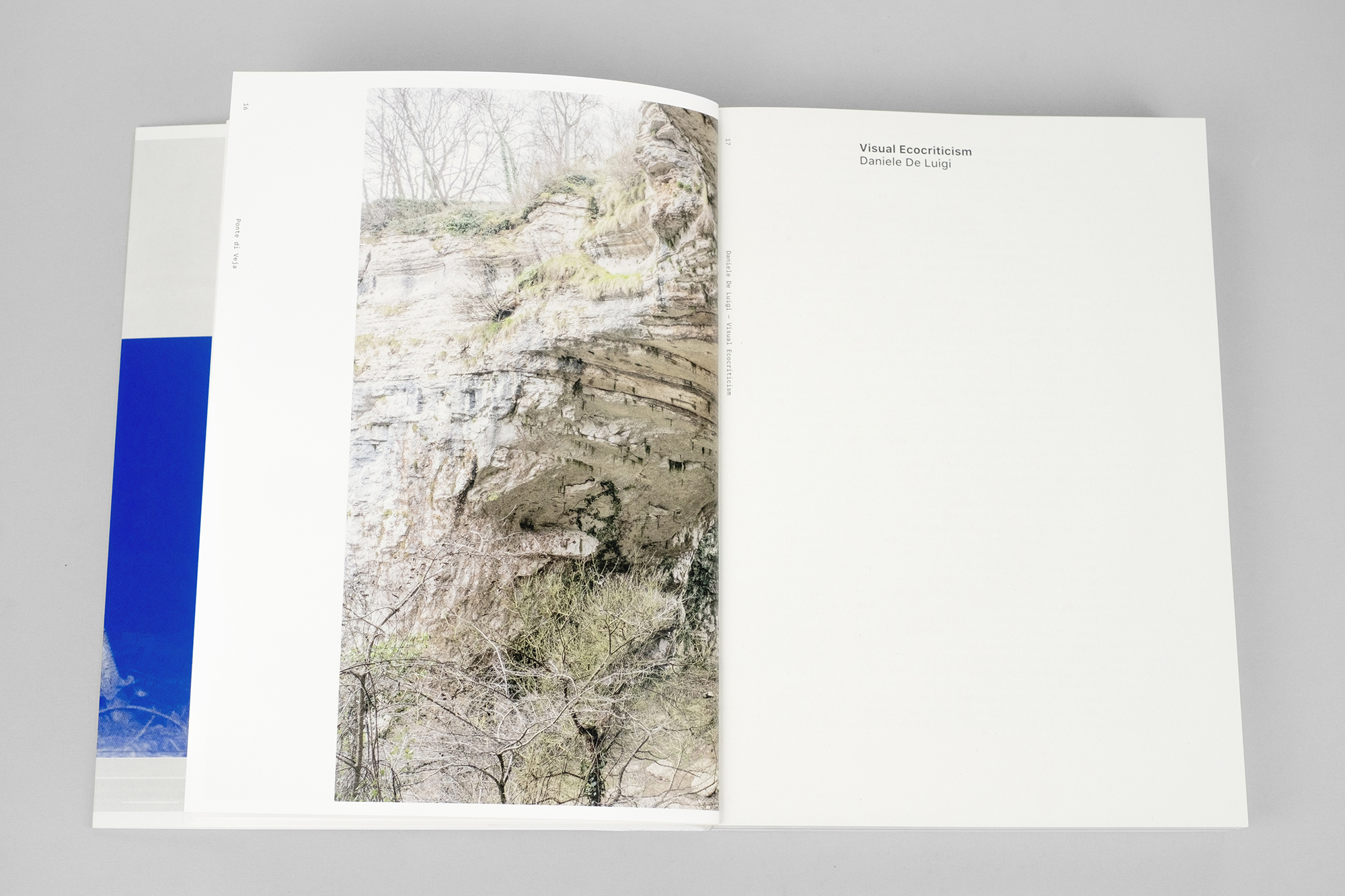
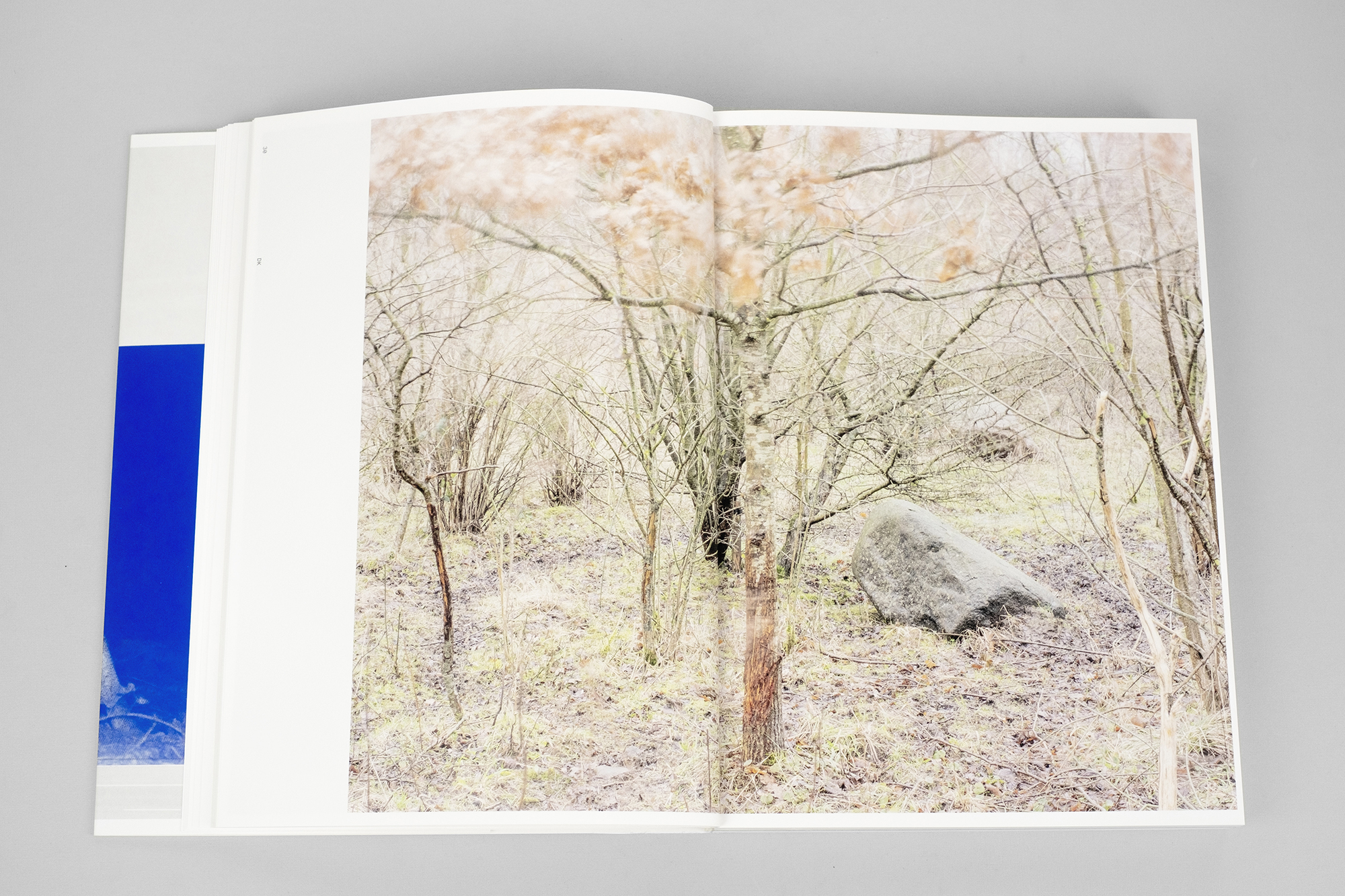
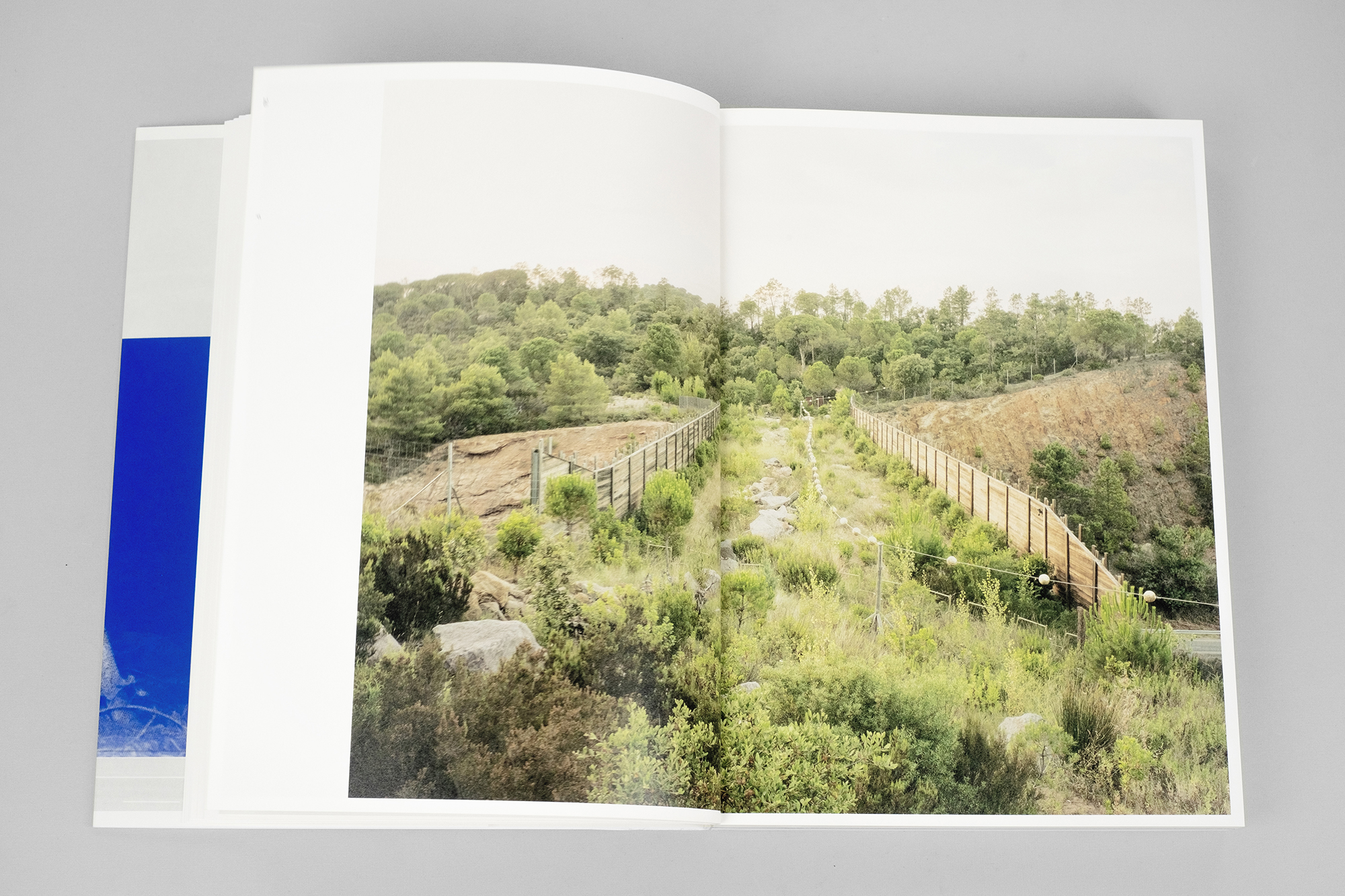

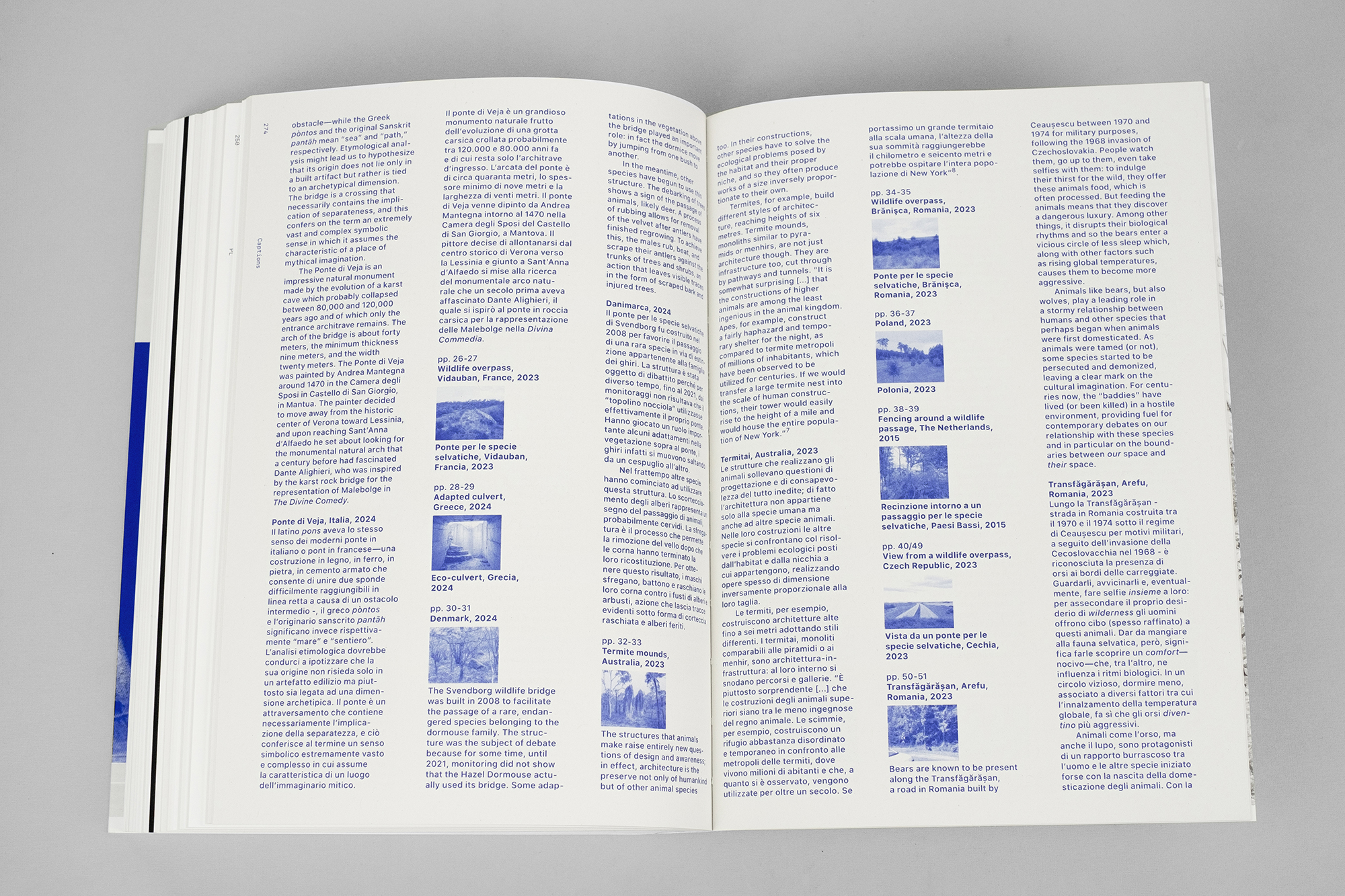
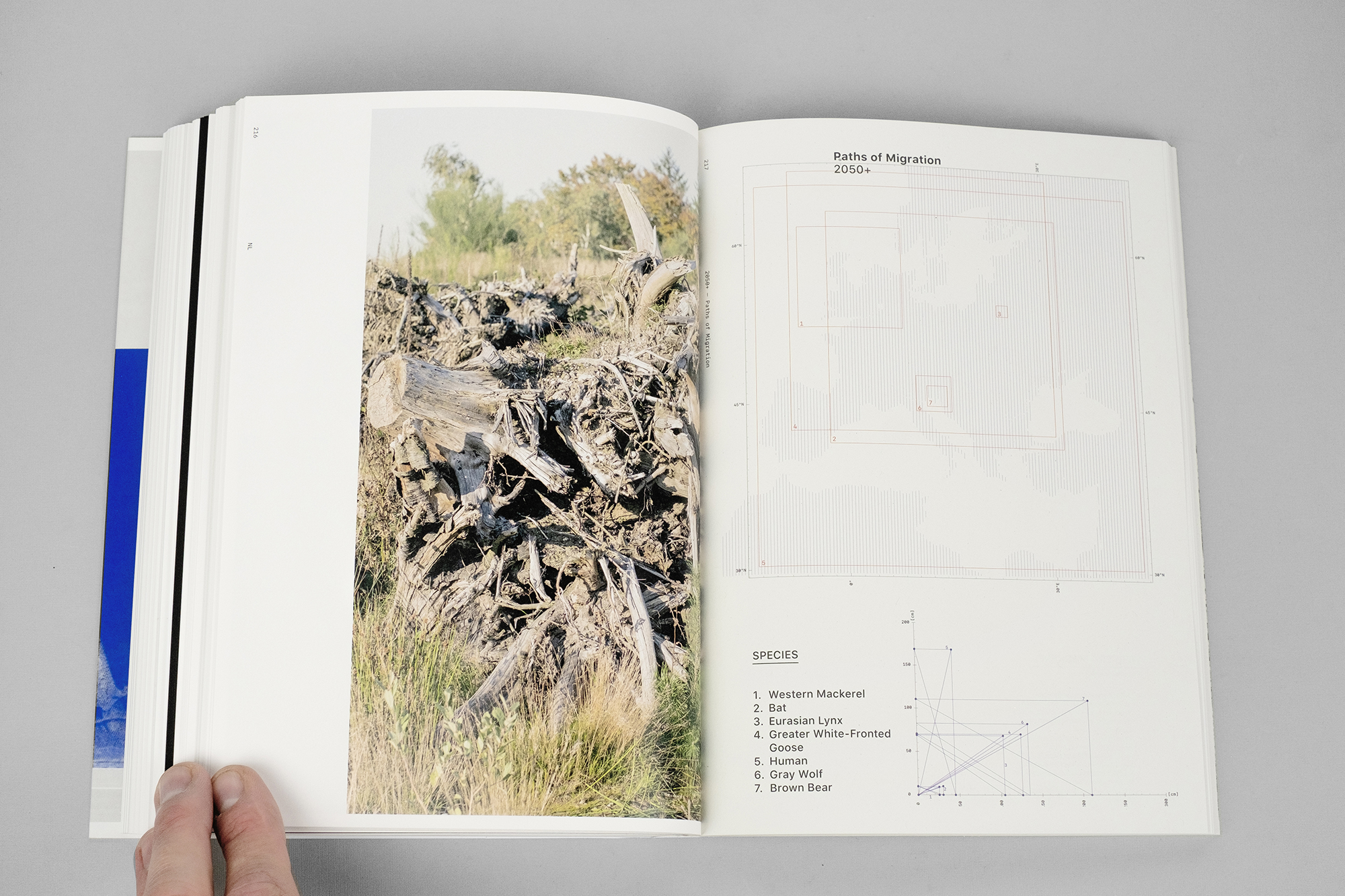
The project is supported by the Directorate-General for Contemporary Creativity of the Italian Ministry of Culture under the Italian Council program (12th edition, 2023), which aims to promote Italian contemporary art worldwide. The project, curated by Daniele De Luigi, is supported by FMAV - Fondazione Modena Arti Visive in collaboration with UGM Umetnostna galerija Maribor. Project partners include CAP - Centre d’Art Contemporaine, Saint-Fons (France), Fotodok, Utrecht (The Netherlands), FOMU - Fotomuseum Antwerp (Belgium), FRB - Foundation for Biodiversity Research, Paris (France), Fw:Books, La Triennale, Milano and Ghella.
Exhibitions
On the ground among the animals, CAP Saint-Fons, curated by Alessandra Prandin (2024, fr)
On the ground among the animals, solo booth in the Emergence sector curated by Anna Planas, Paris Photo, Montrasio Arte (2024, fr)
On the ground among the animals, BDC – Bonanni Del Rio Catalog, Fragile, Colonne28, curated by Daniele De Luigi (2024, it)
On the ground among the animals, IIC Prague, curated by Daniele De Luigi (2024, cz)
On the ground among the animals, FMAV - Fondazione Modena Arti Visive, solo show, curated by Daniele De Luigi (2024, it)
On the ground among the animals, UGM Umetnostna galerija Maribor, solo show, curated by Daniele De Luigi (2024, it)
Eyes on tomorrow, Giovane Fotografia Italiana nel Mondo, curated by Ilaria Campioli and Daniele De Luigi, Algeri (2022, dz)
’Nature Future’, curated by Collectif Fetart, Prague, Berlin, Stuttgart (2022, cz, de)
GETXOPHOTO ‘To Share’, curated by Jon Uriarte, Getxo (2021, es)
Awards
Italian Council, Ministry of Culture (2023, it)
C/O Berlin Talent Award, shortlisted (2021, de)
Gabriele Basilico - Prize in Architecture and Landscape Photography, shortlisted (2019, it)
Docking Station, Artist residency, Amsterdam (2018, nl)
Selected writings
Marina Caneve, Ponti, migrazioni, una sola terra | Bridges, Migrations, One Land, in Esili e esodi | Exiles and Exoduses, «Vesper» No. 4, 2021
Crolla la diga – Le voci si contraddicono
Vajont territories, (2013-2024)
The project ‘Crolla la diga. Le voci si contraddicono’ is realized for CALAMITA/À and it is accompained by a text by curator Alessandra Prandin.
CALAMITA/À is a collective research project based on the Vajont catastrophe founded by Gianpaolo Arena and Marina Caneve in 2013.
For several years CALAMITA/À invited artists to explore the Vajont area and produce short term site specific works which were published online and came all together in 2016 in the book The walking mountain, beutifully designed by SYB.
Since 2016 CALAMITA/À have been develping six long term photographic projects — including Gianpaolo Arena, Marina Caneve, Céline Clanet, François Deladerriere, Petra Stavast, Jan Stradtmann — and collaborated with the label Silentes on the production of a double vynil.
In an hour the desert, it was said. But can Vajont really be traced back to an instant: 10:39 p.m.? Or is it not perhaps the result of a system and the emblem of a very articulated situation? Since childhood I have heard about this catastrophe in different places: family, school, literature and media. This experience led me to develop an interest in the differences and inconsistencies in the story. My research consists of a dialogue between inconsistencies in the contemporary landscape and a sort of disobedient archive, as Prandin describes it in her text. Both in the landscape and in the archive I explore some basical instances of photography as focus, repetion, shift and tilt and as well the presence of text in the images and their relationship with captions.

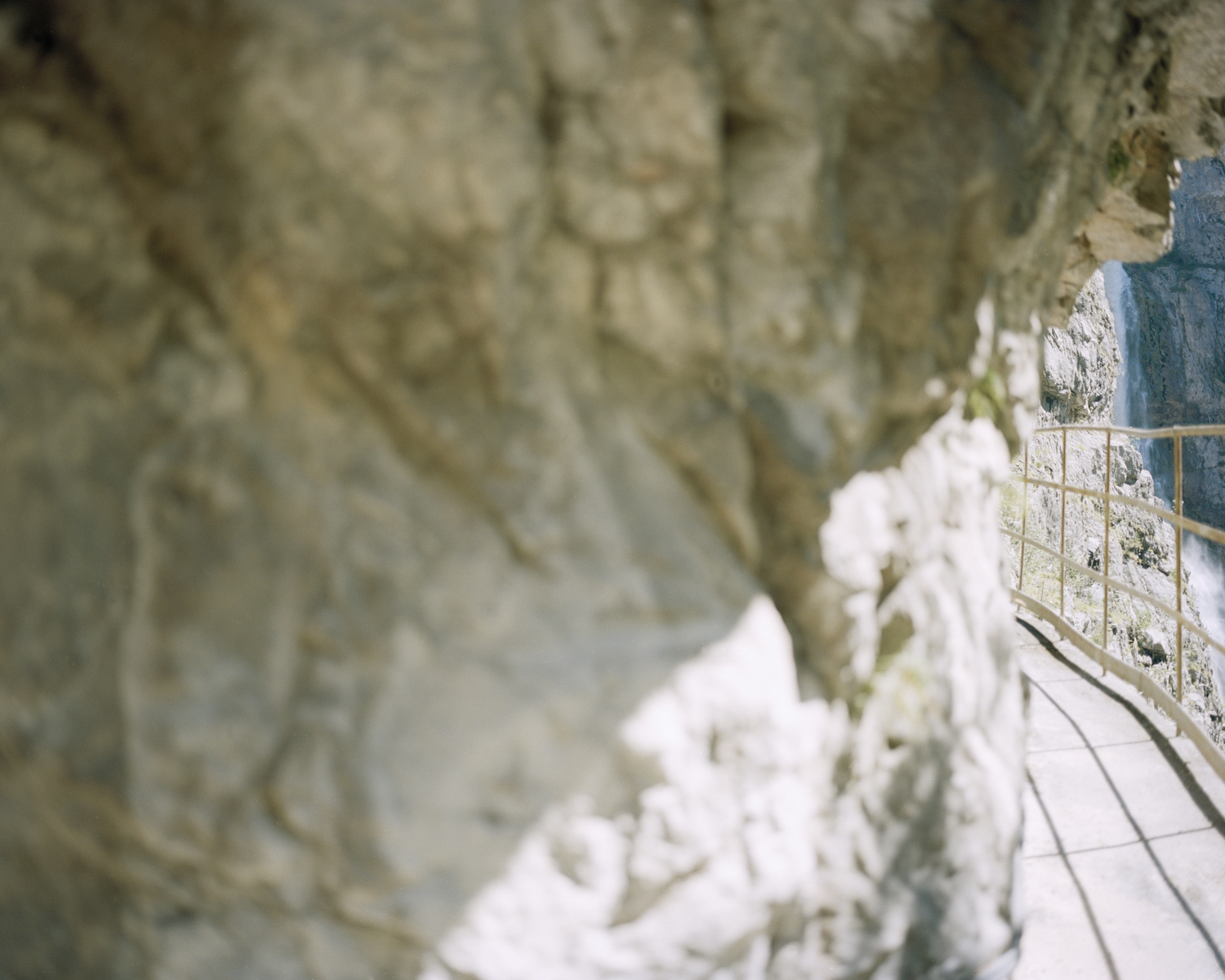
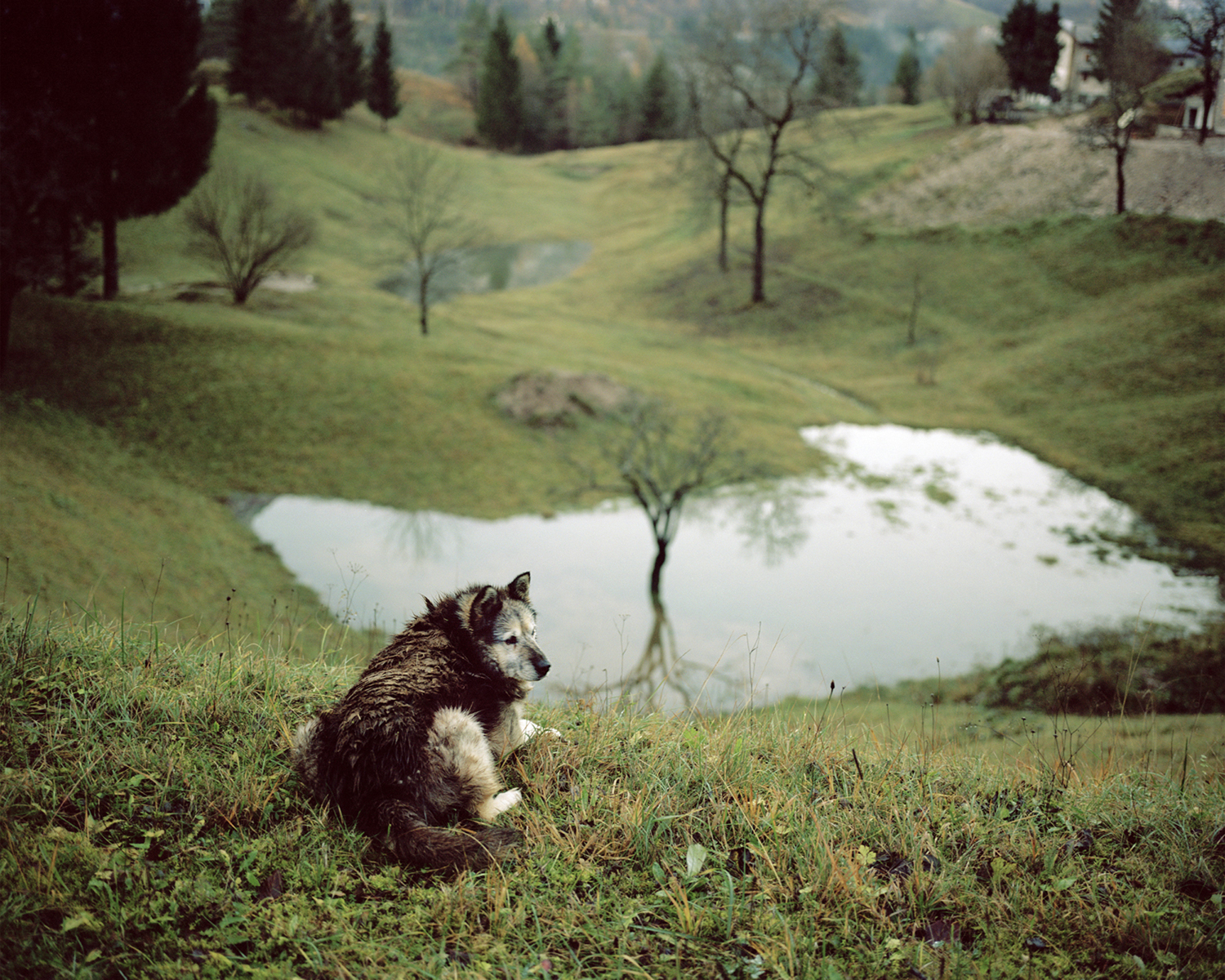


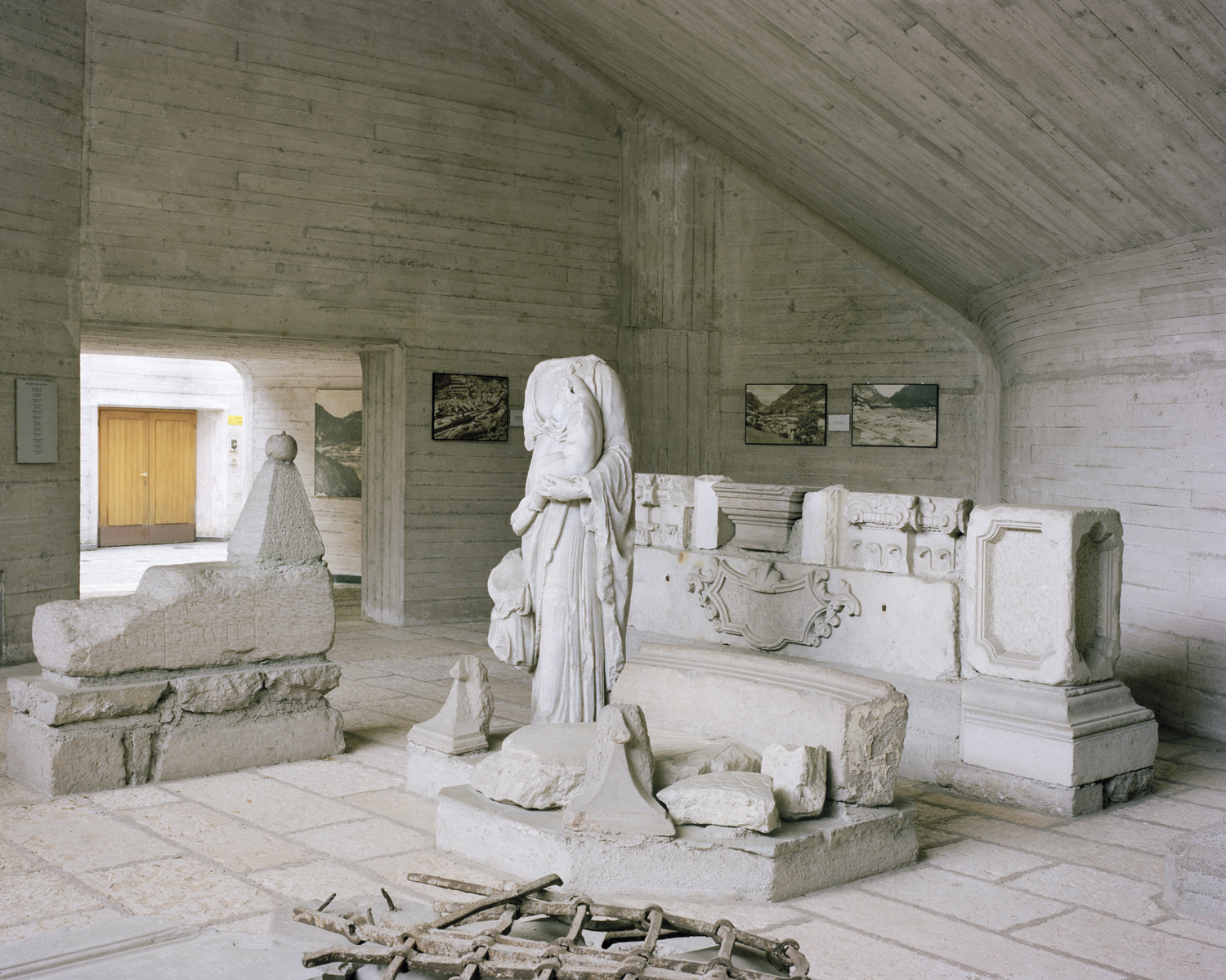




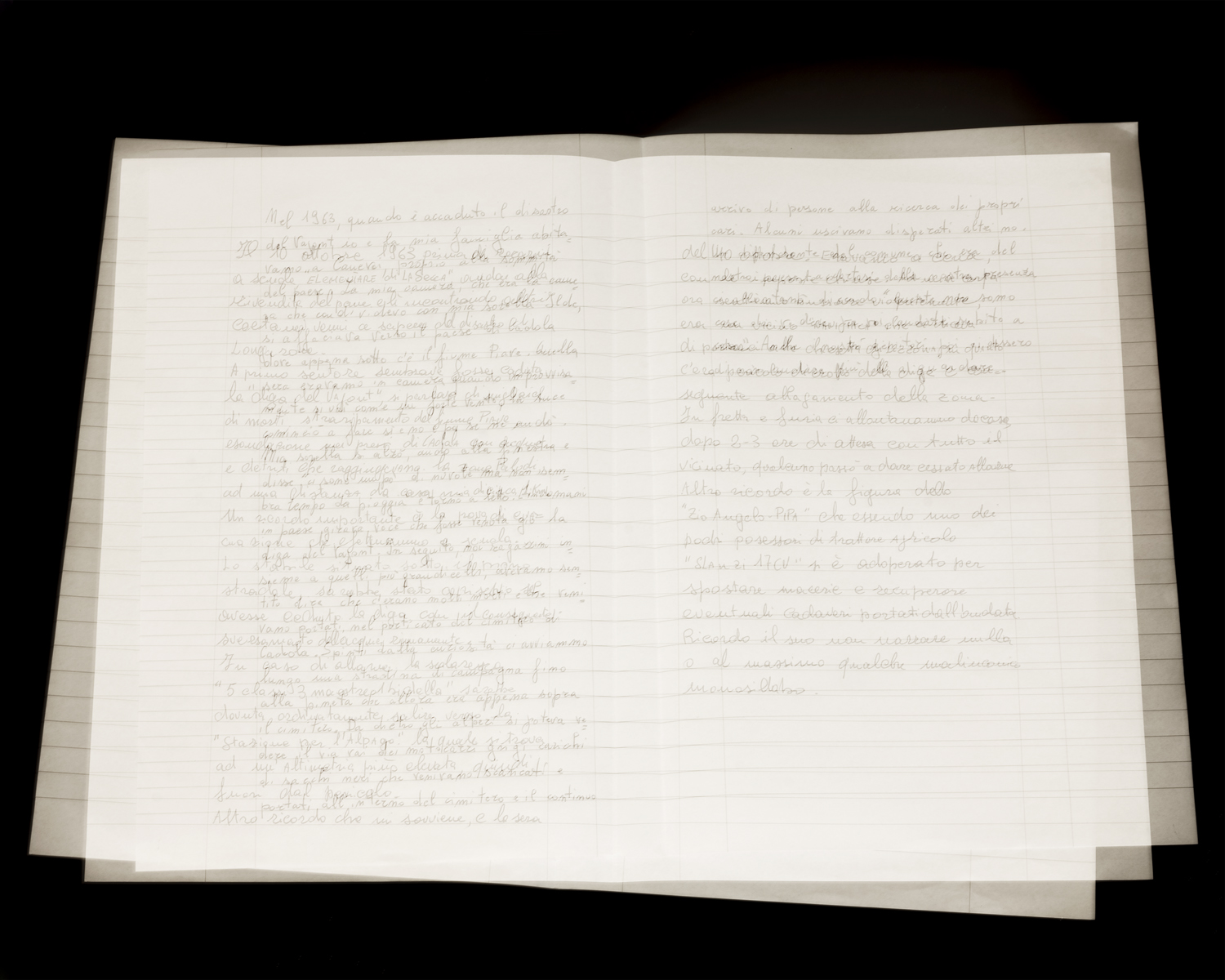

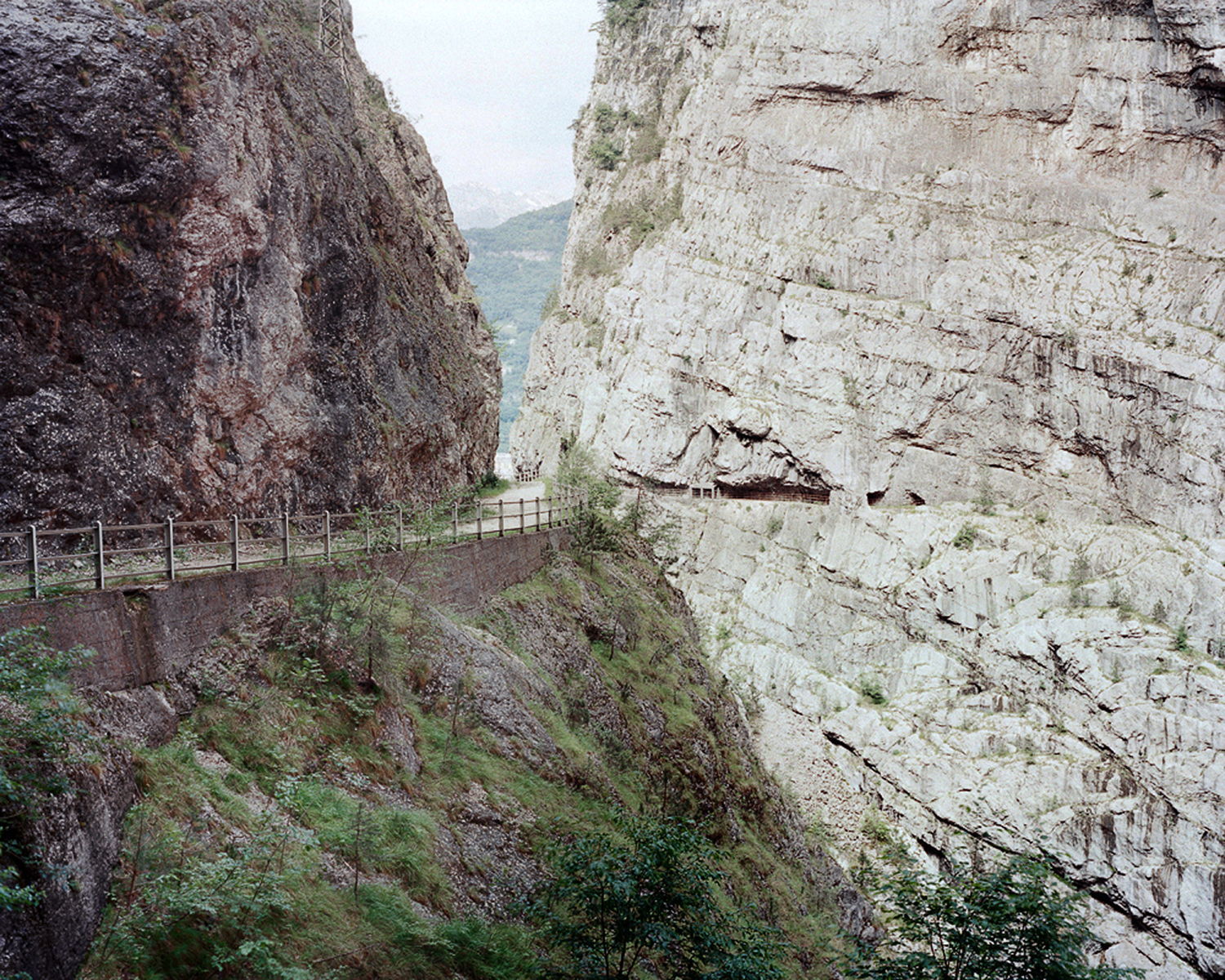
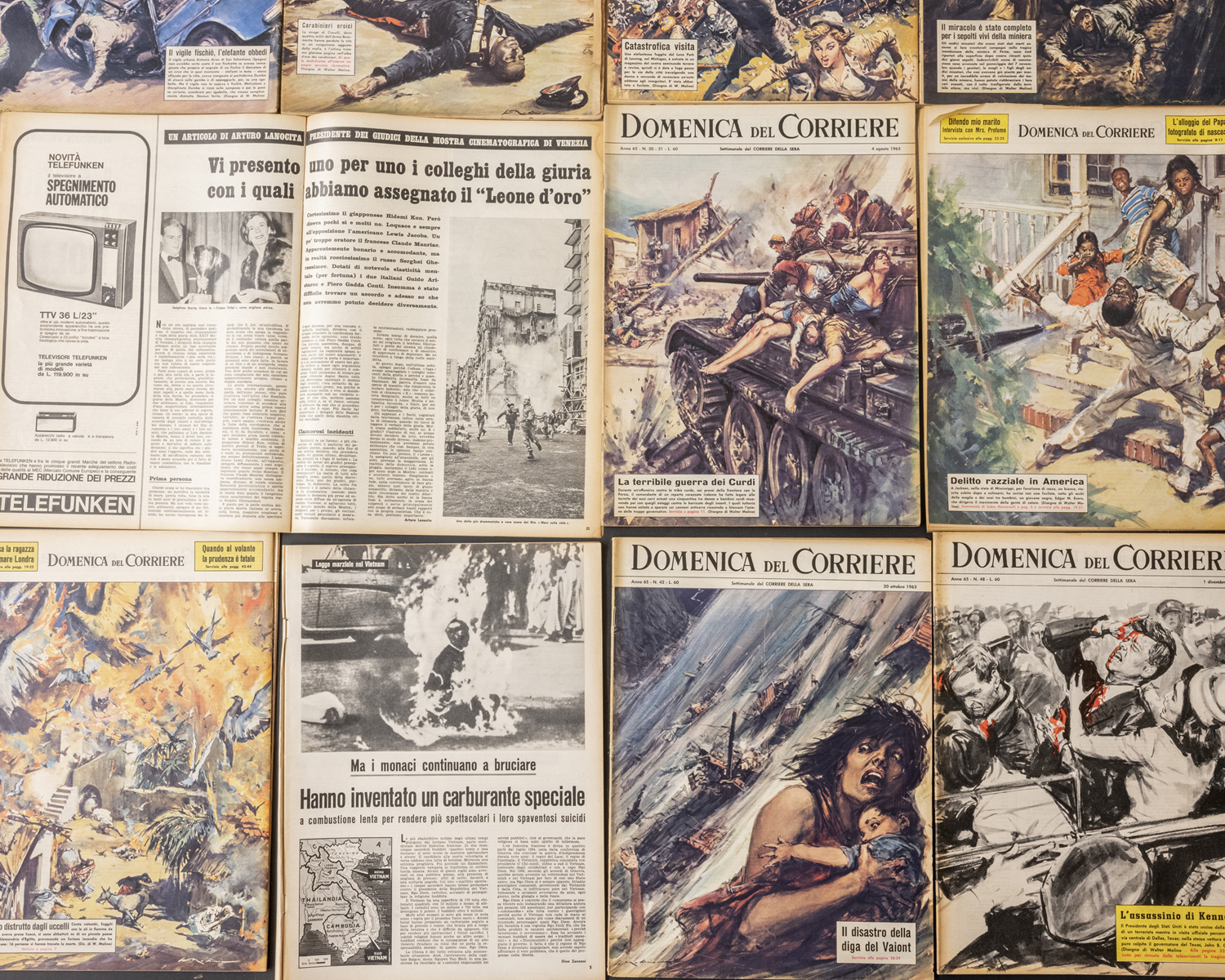

‘Crolla la diga. Le voci si contraddicono’, accompained by a text by curator Alessandra Prandin, is published on CALAMITA/À. An investigation into the Vajont catastrophe, Fw:Books. The book is a 512 pages softcover including works by Gianpaolo Arena, Marina Caneve, Céline Clanet, François Deladerriere, Petra Stavast, Jan Stradtmann and essays by Olga Smith, Alessandra Prandin, Marcelline Delbecq, Perrine, Lamy-Quique, Roberta Agnese, Eugénie Shinkle, Gianpaolo Arena and Marina Caneve. Design: Hans Gremmen.

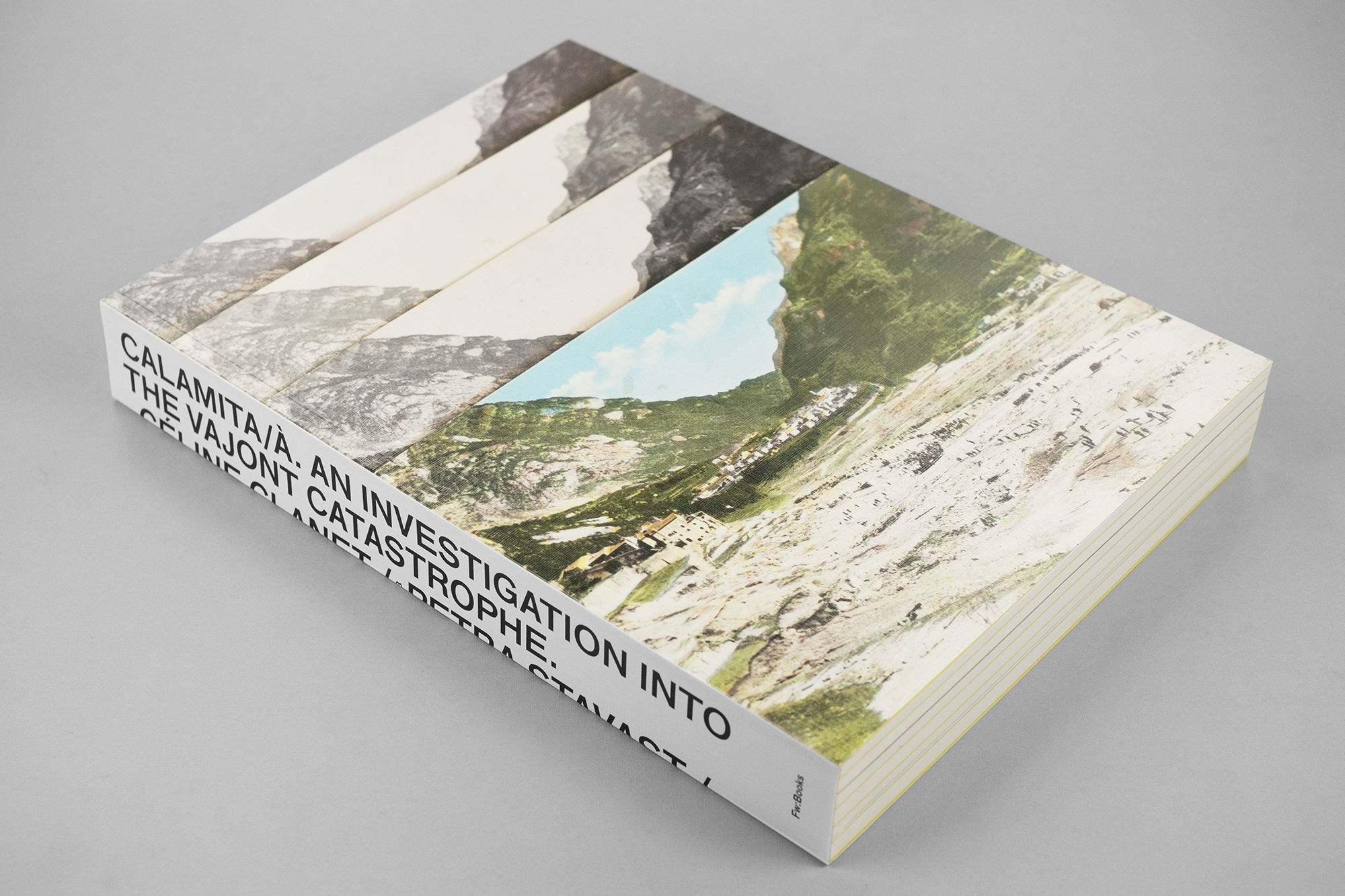
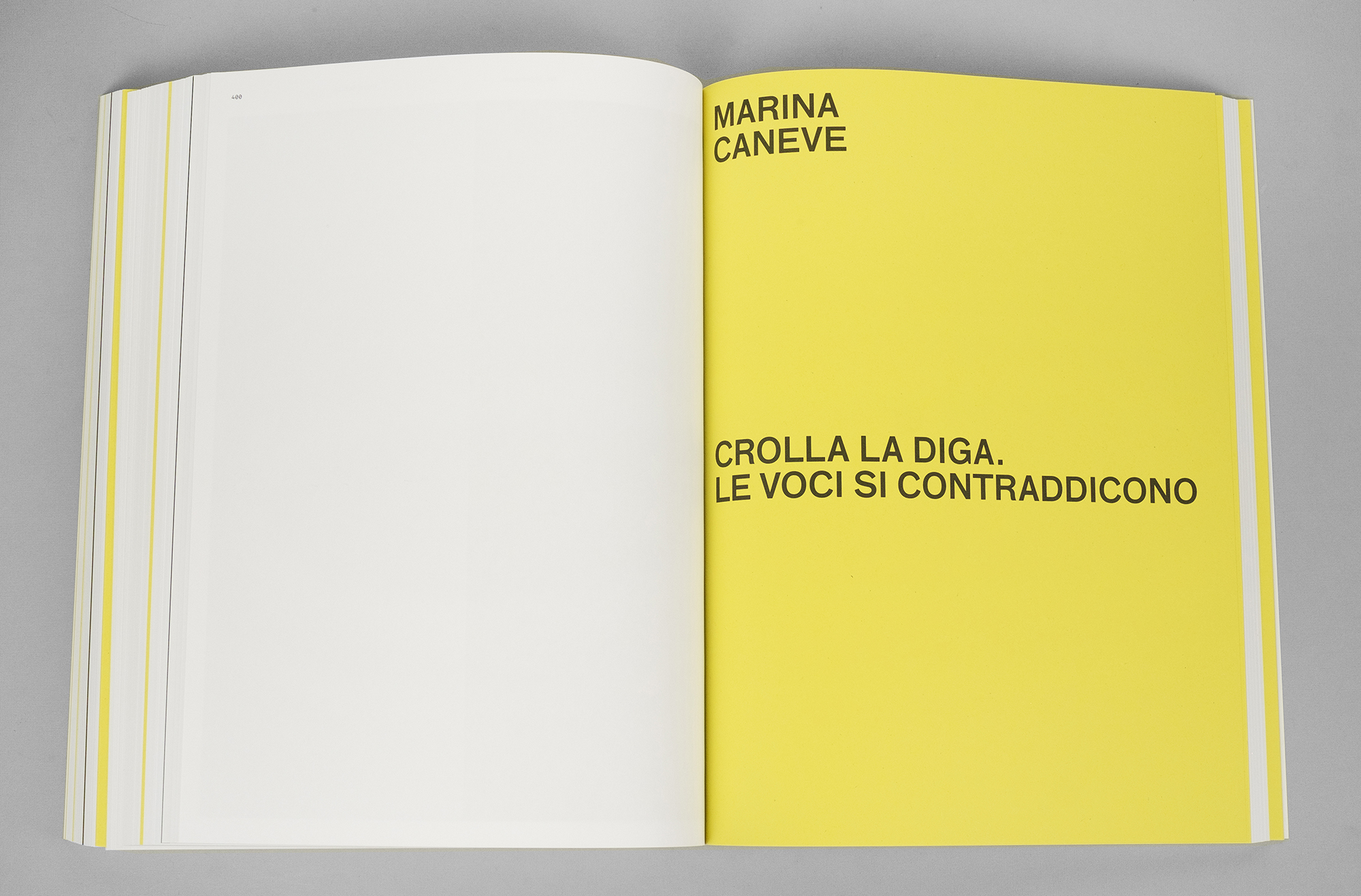
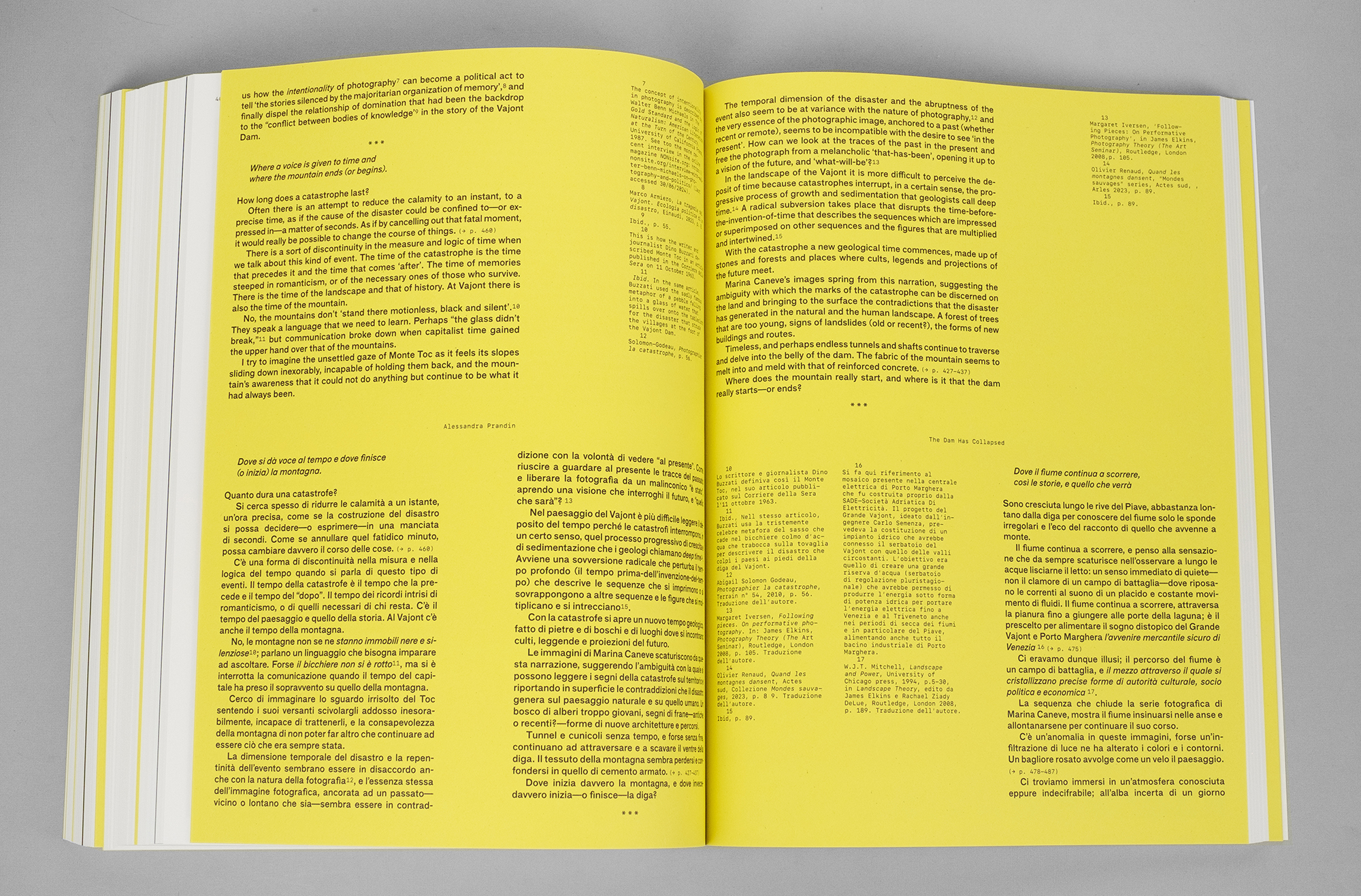
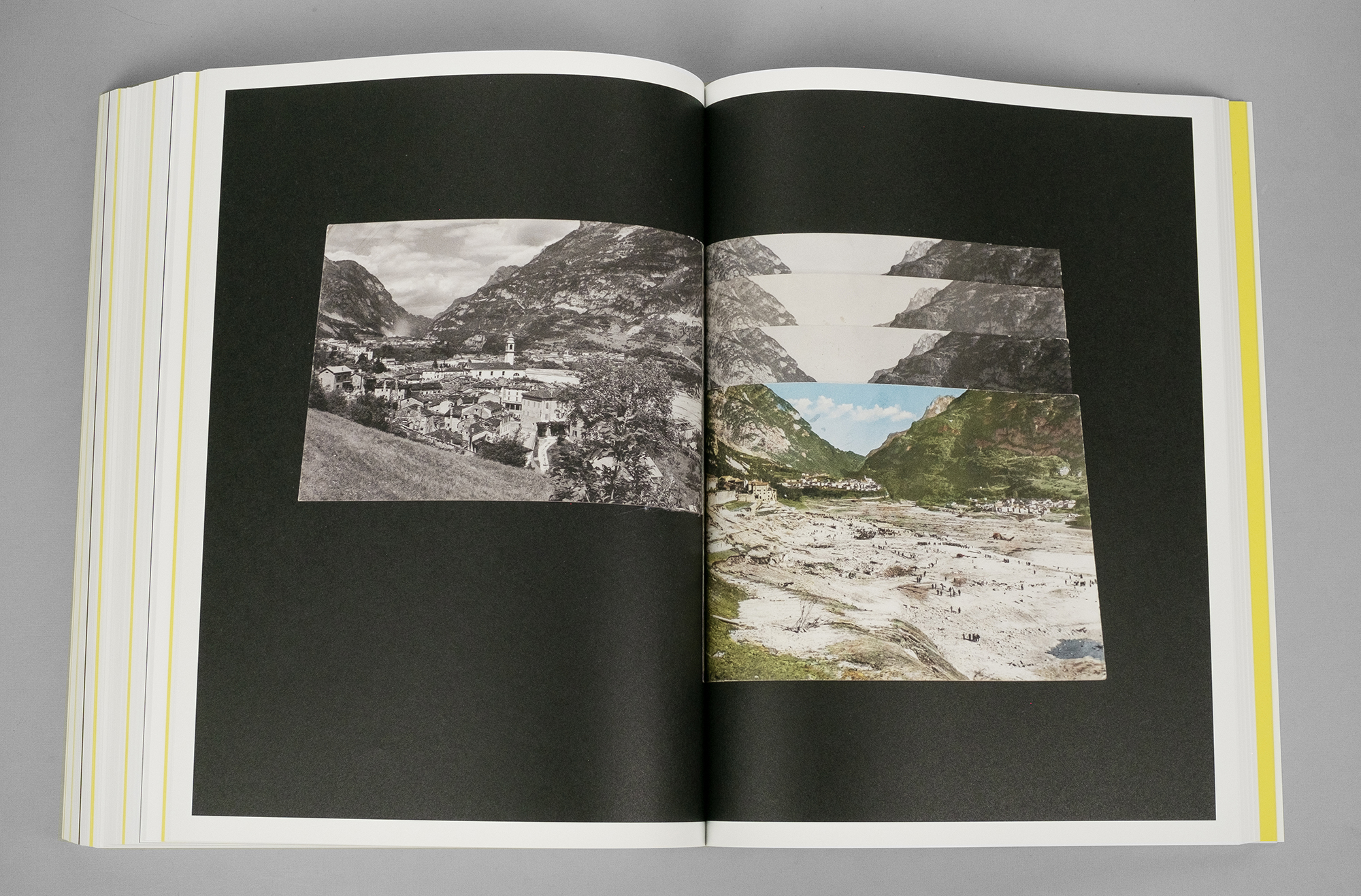
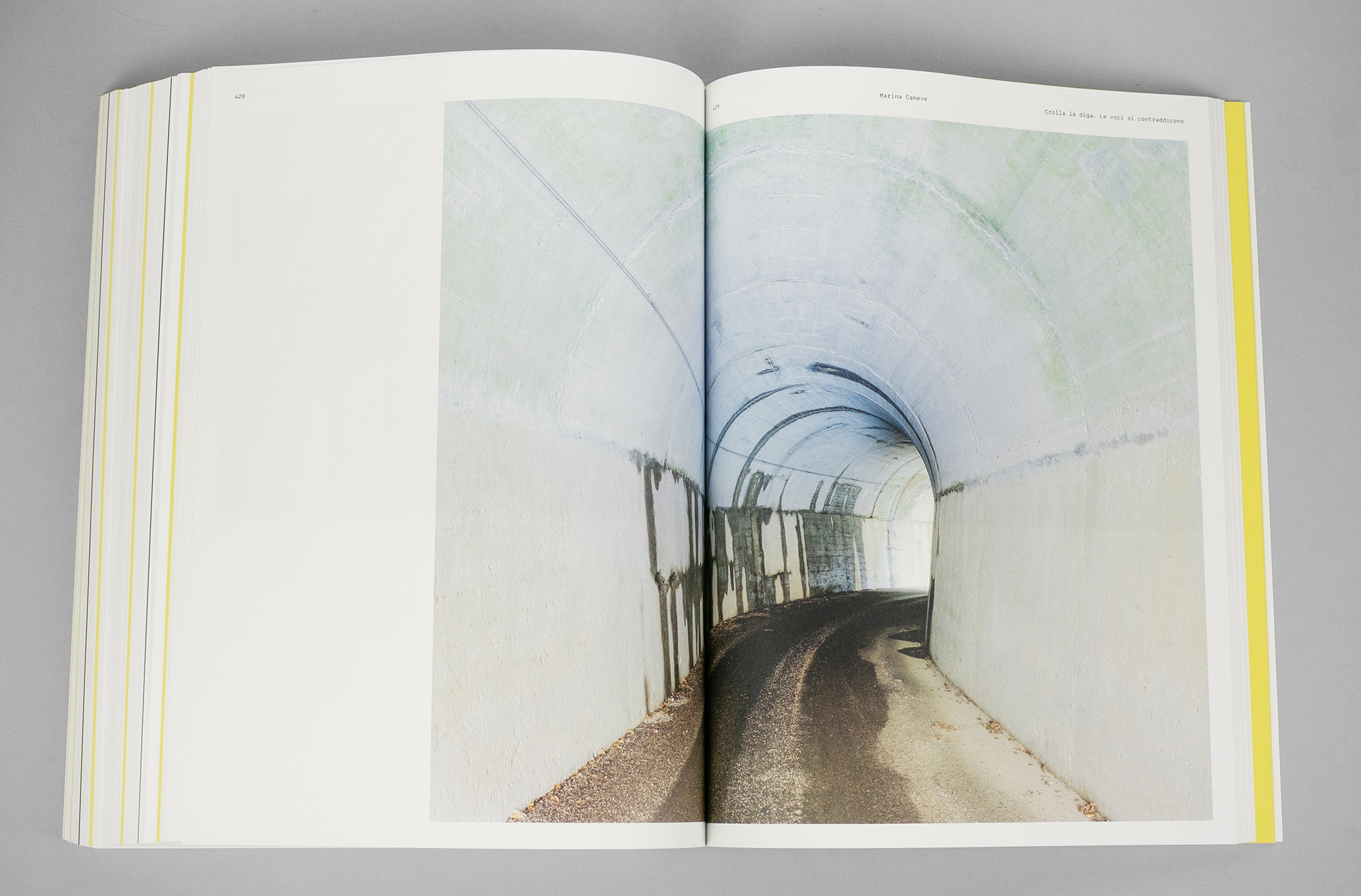
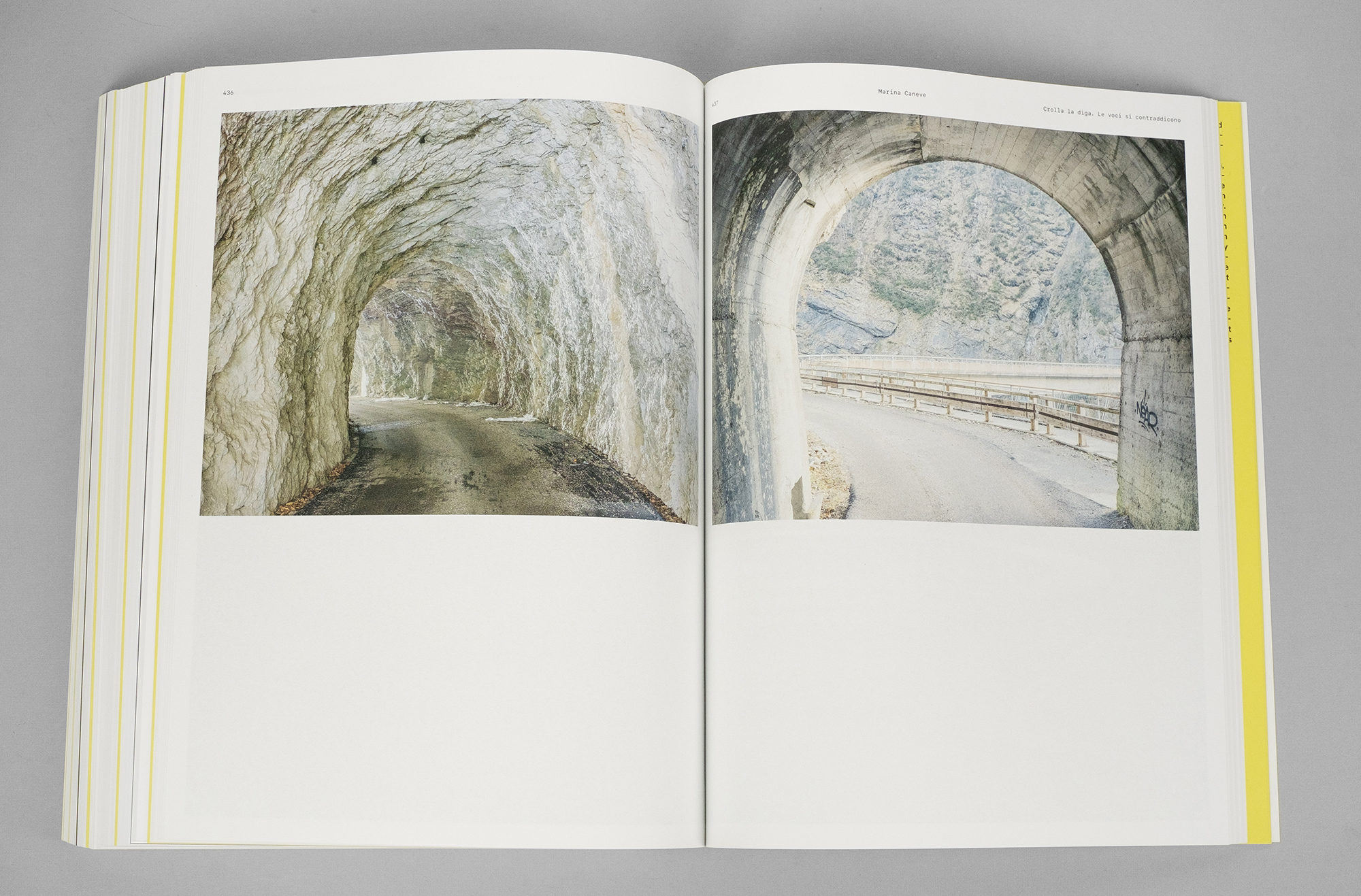
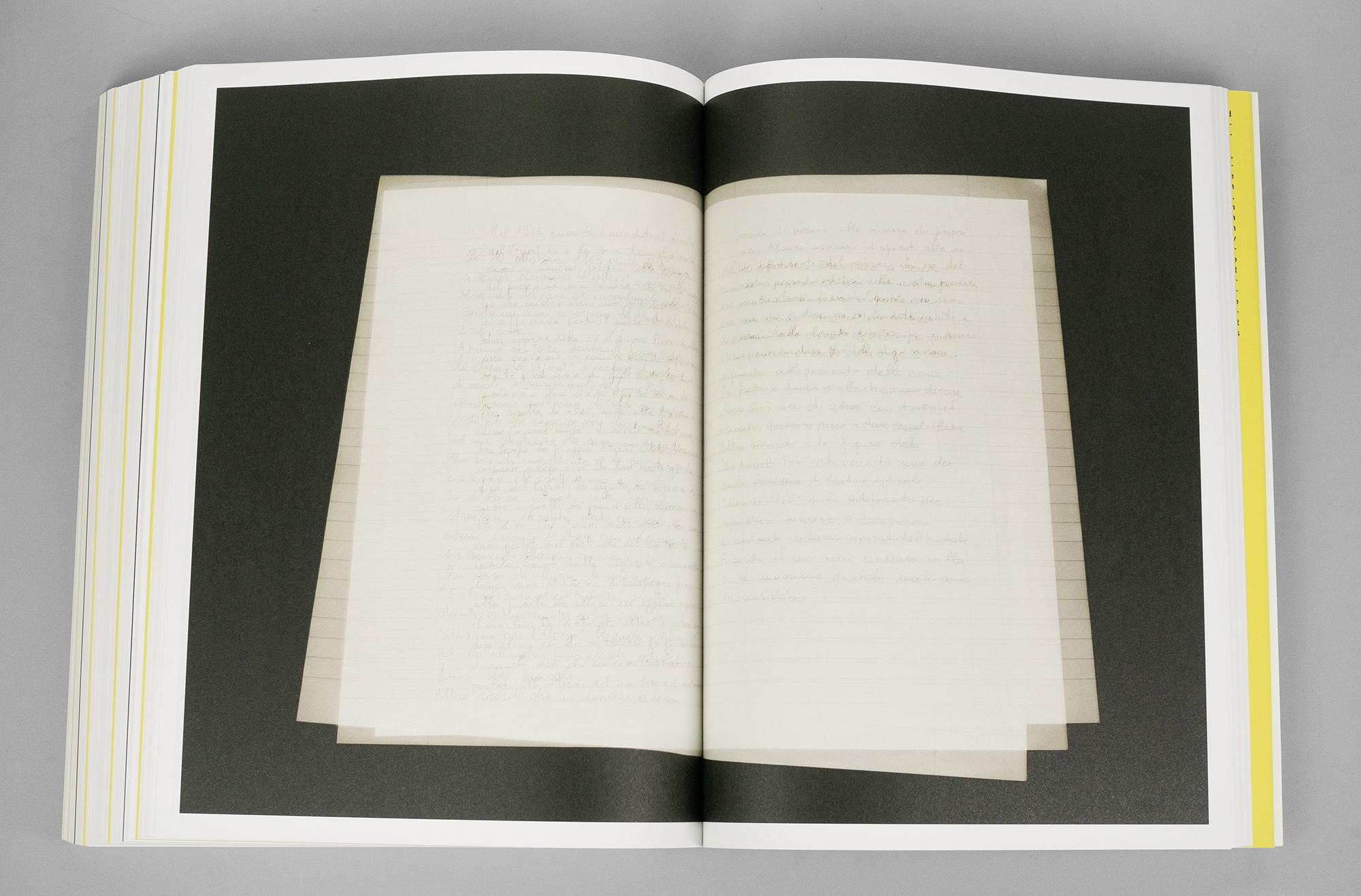
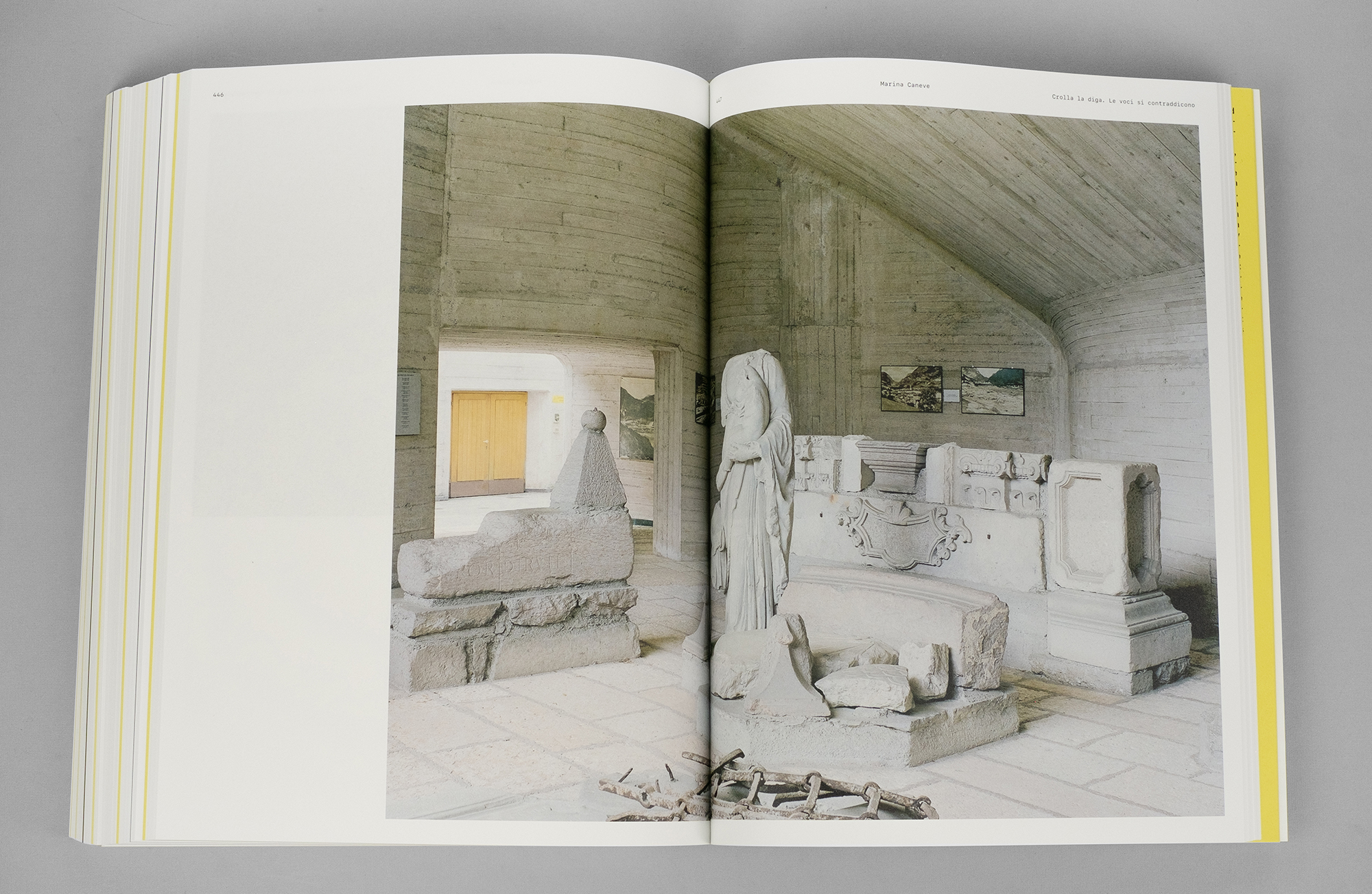
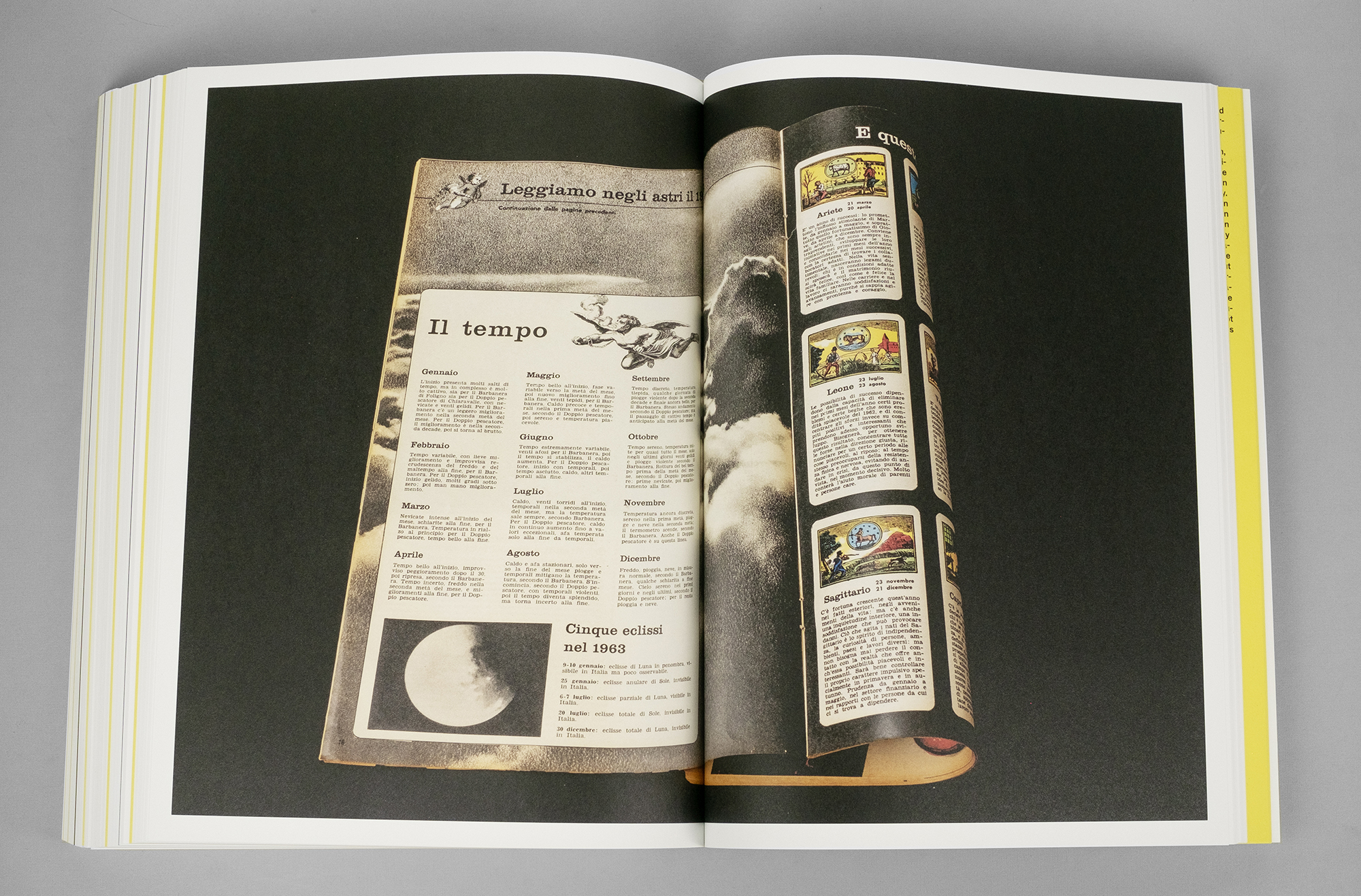
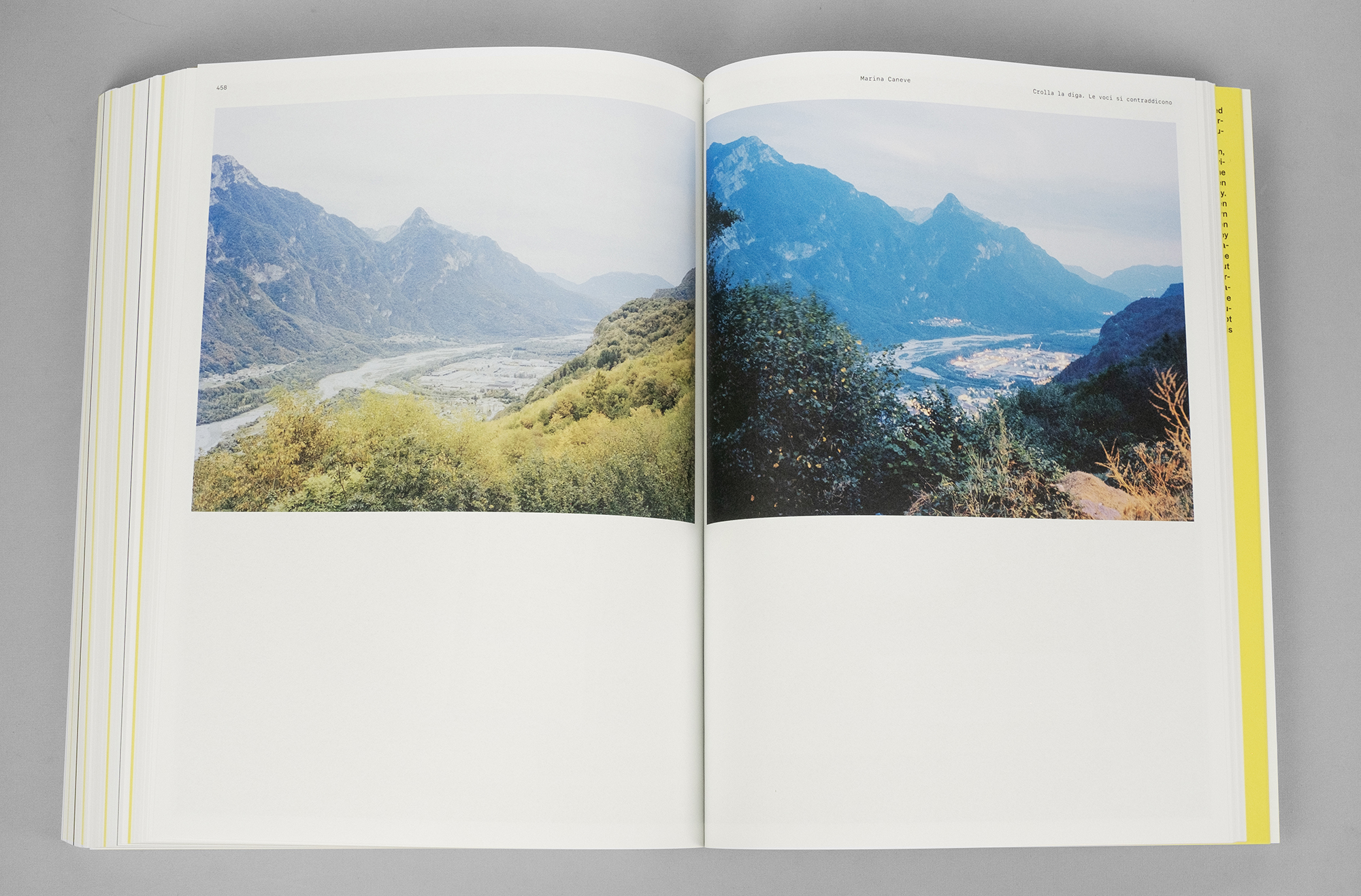
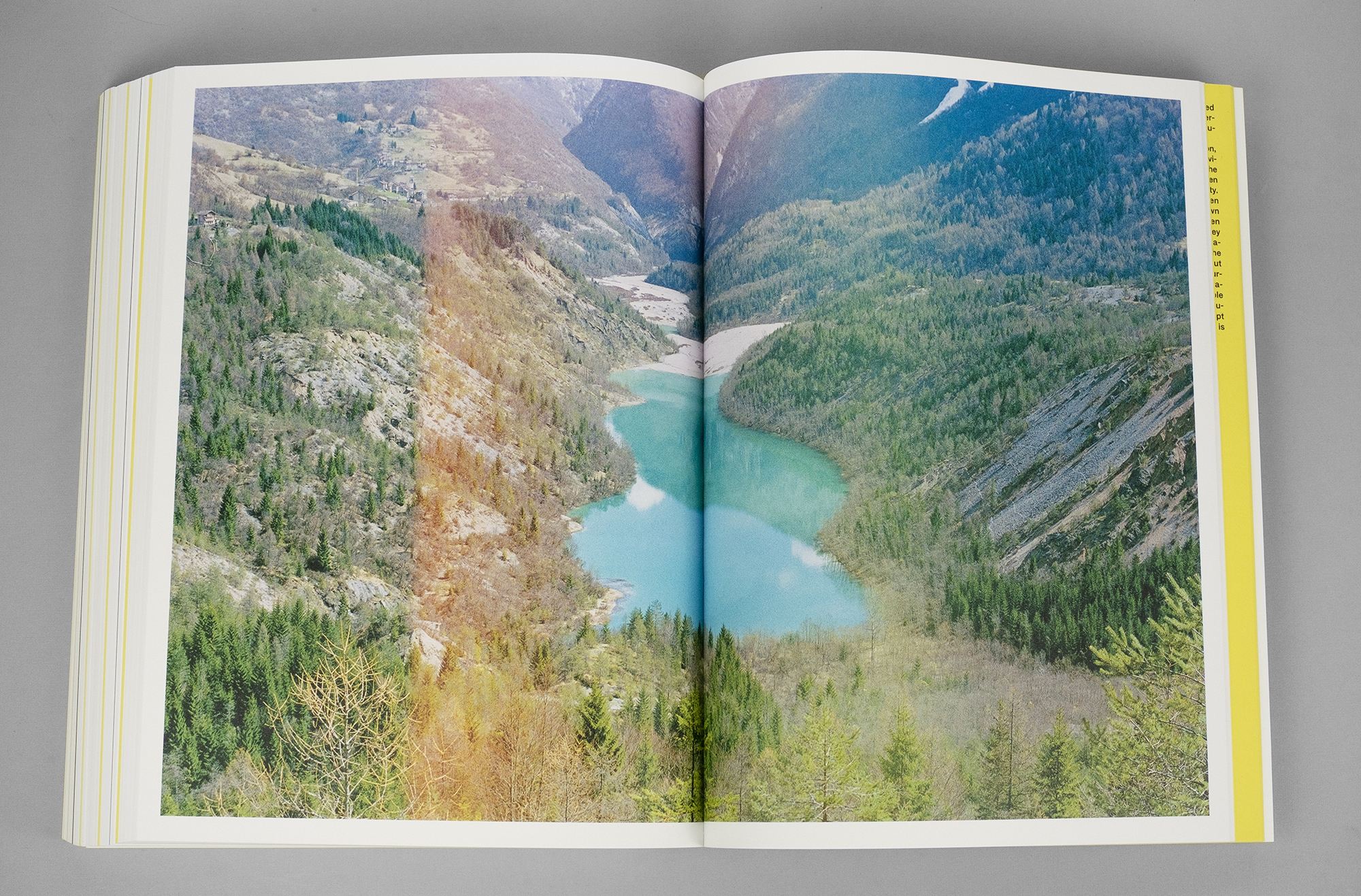
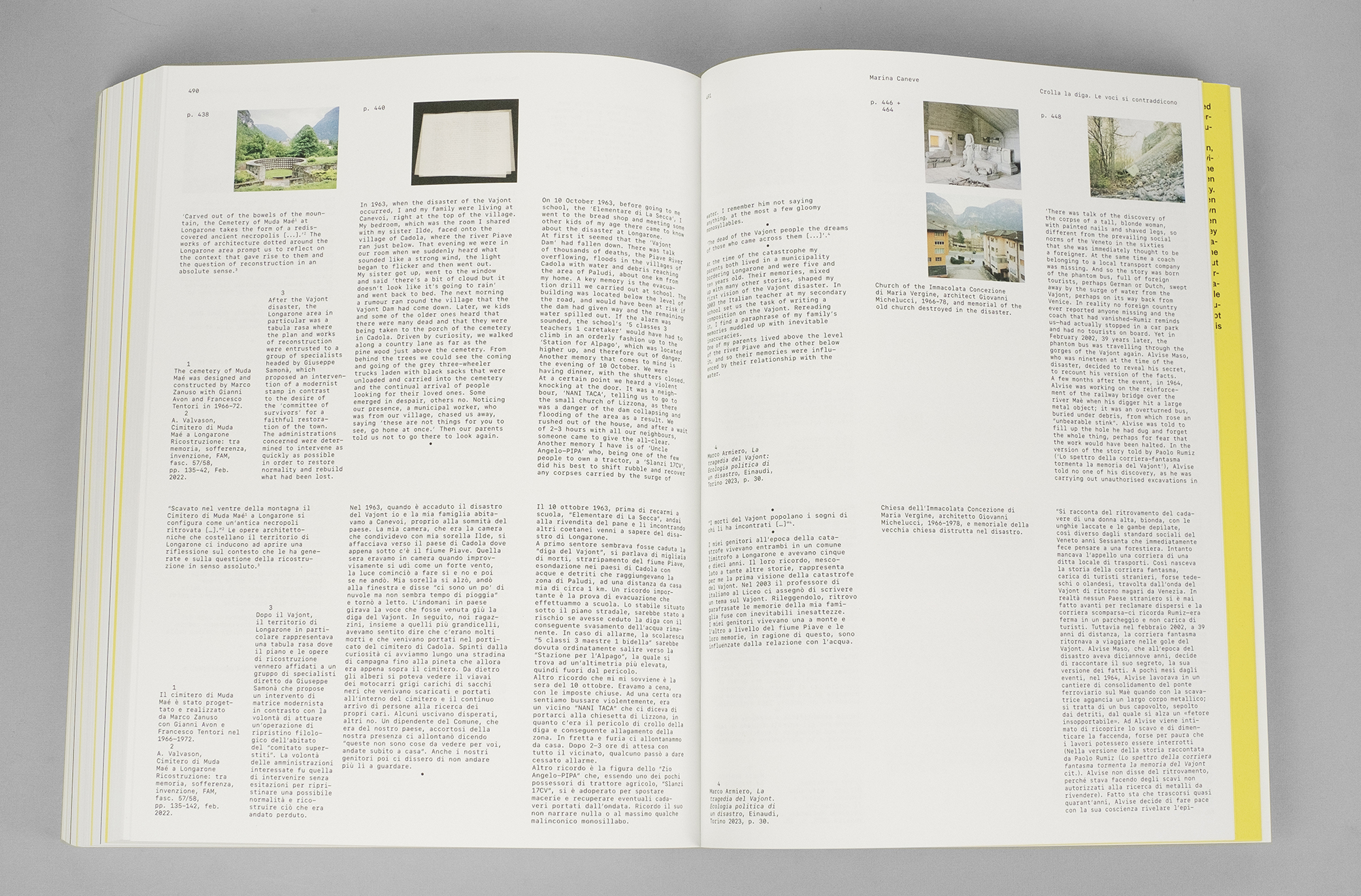

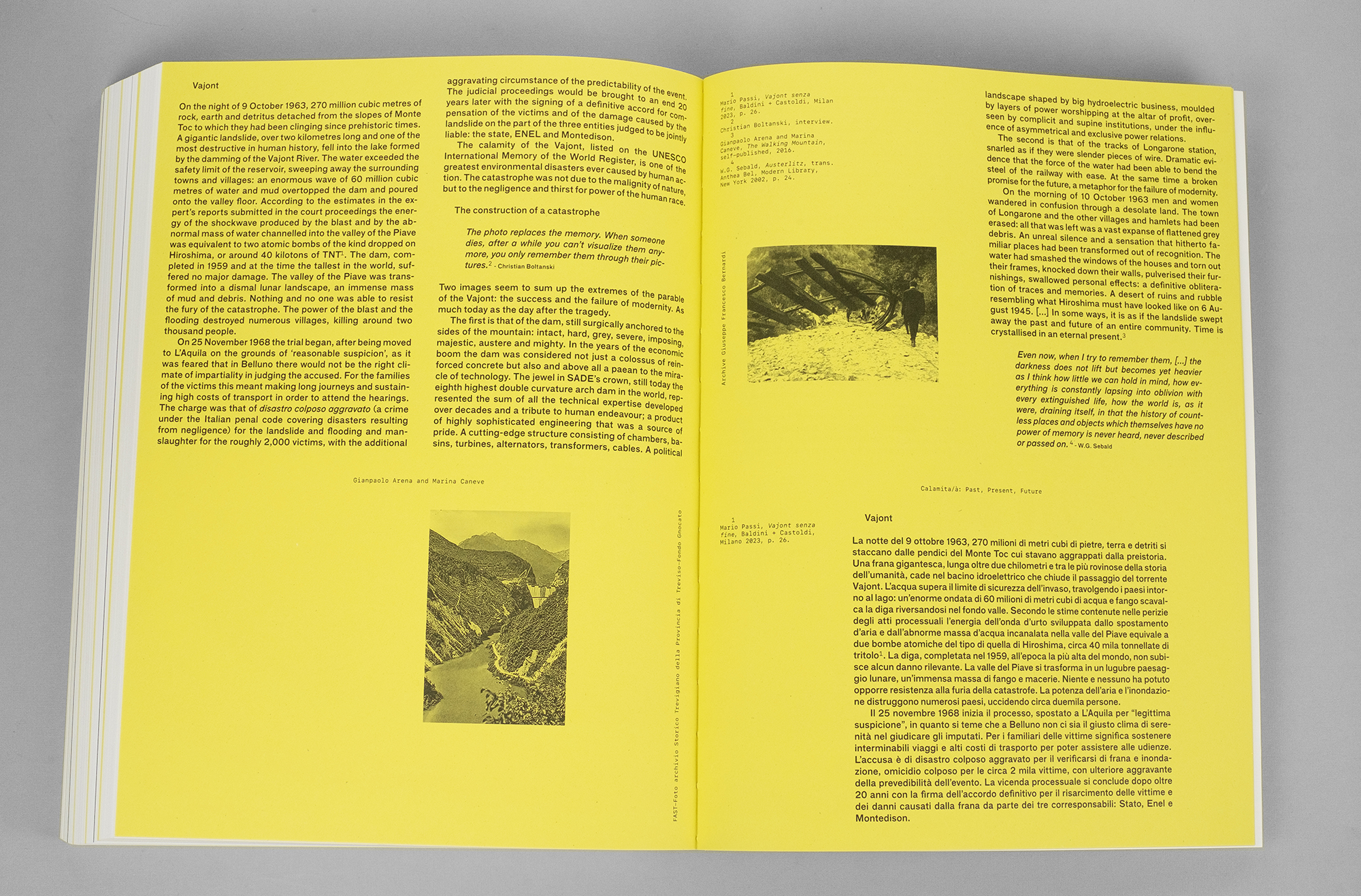
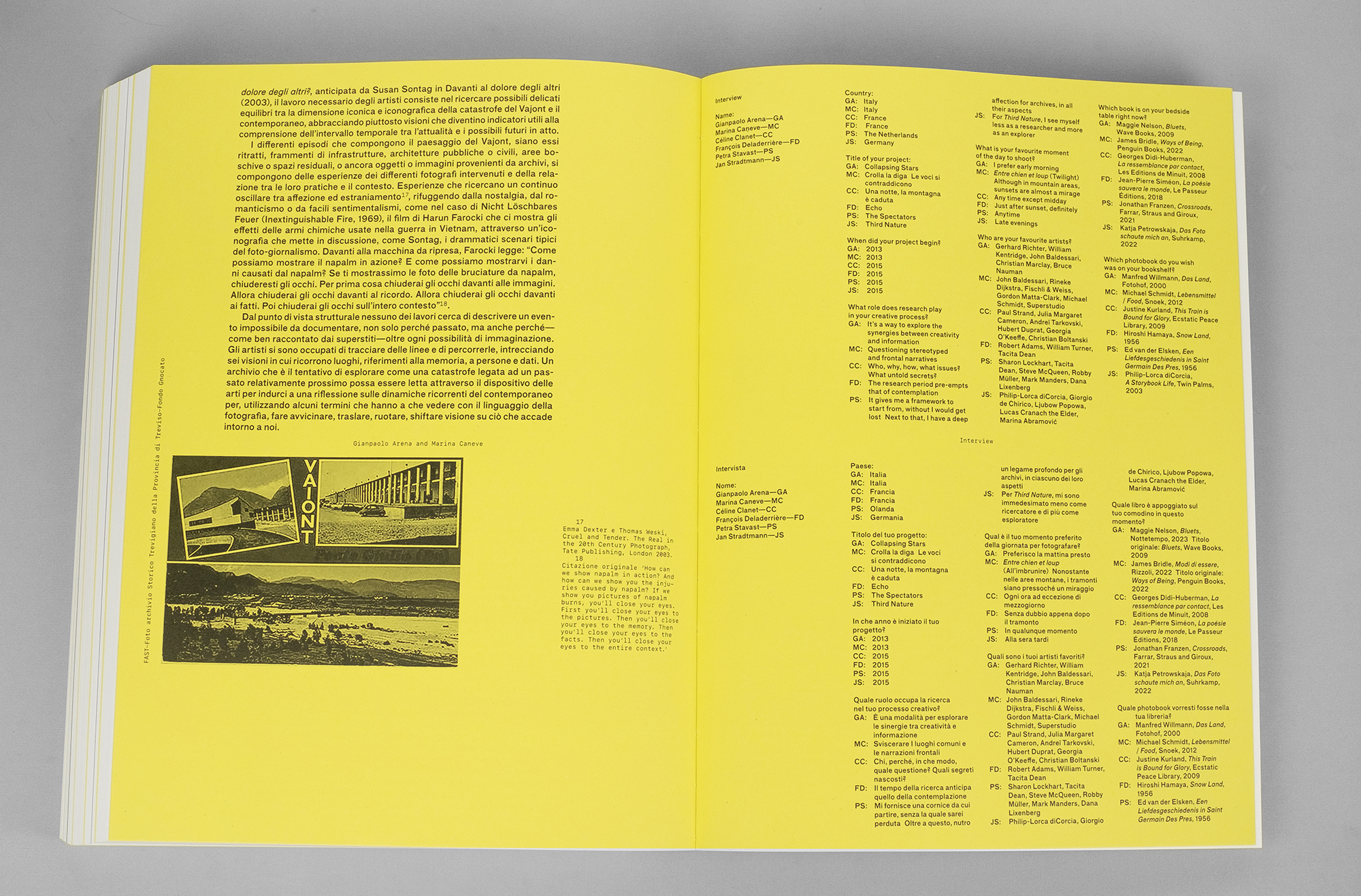
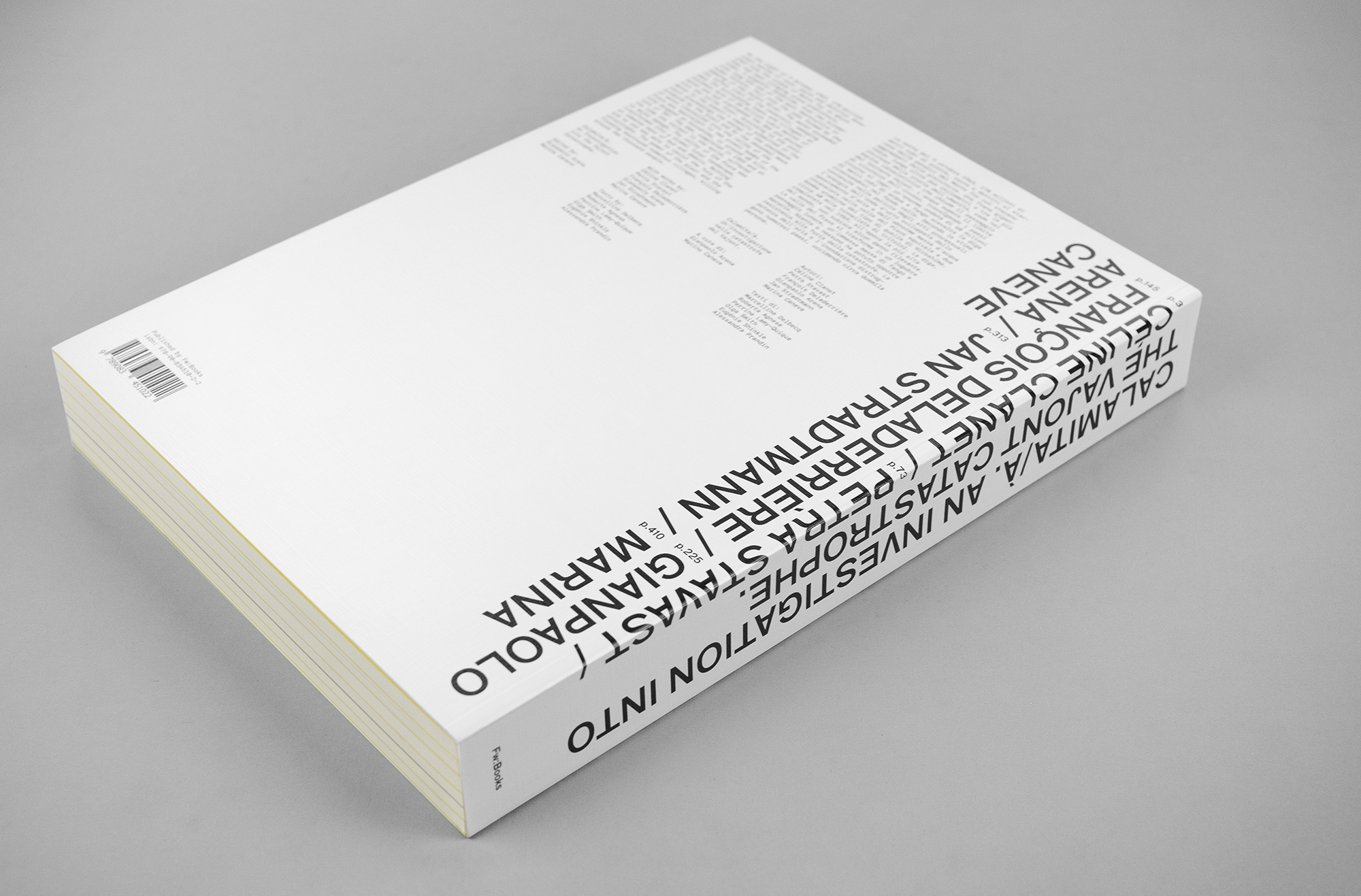
Exhibitions
CALAMITA/À. An investigation into the Vajont catastrophe, Spazio Labo’, curated by Laura De Marco, Bologna (2024, it)
CALAMITA/À. An investigation into the Vajont catastrophe, M9 - Museo del ‘900, Mestre (2024, it)
CALAMITA/À. An investigation into the Vajont catastrophe, FAST - Foto Archivio Storico della Provincia di Treviso, Treviso (2024, it)
CALAMITA/À, Double dummy, Arles (2021, fr)
CALAMITA/À, Fonderia 20.9, Verona (2018, it)
CALAMITA/À, Alt. +1000, curated by Béatrice Andrieux, Rossiniére (2015, ch)
Books
CALAMITA/À. An investigation into the Vajont catastrophe, Fw:Books (2024)
The Walking Mountain, Calamita/à (2016)
Awards
Strategia Fotografia 2023
* About Vajont
On October 9th, 1963 at 10:39pm 260 million cubic meters of rock broke off from the top of Monte Toc.
It fell into the reservoir of the Vajont Dam producing an enormous wave of at least 50 million cubic meters of water.
The wall of water pushed an air pocket before it.
It was more powerful than the Hiroshima bomb.
So strong, in fact, that almost all the victims were found naked, their clothes blown off by the blast. The dam, completed in 1959 and the biggest in the world at the time, did not suffer any serious damage. However, the flooding destroyed several villages in the valley and killed almost 2000 people.
It was, according to the UNESCO, one of the worst man-made environmental catastrophes of all time. The disaster wasn’t due to the evil nature of man but more to human negligence.
- Simona Antonacci
This project is made for Atlante Sapienza_22 - Collezione Fotografia MAXXI Architettura



















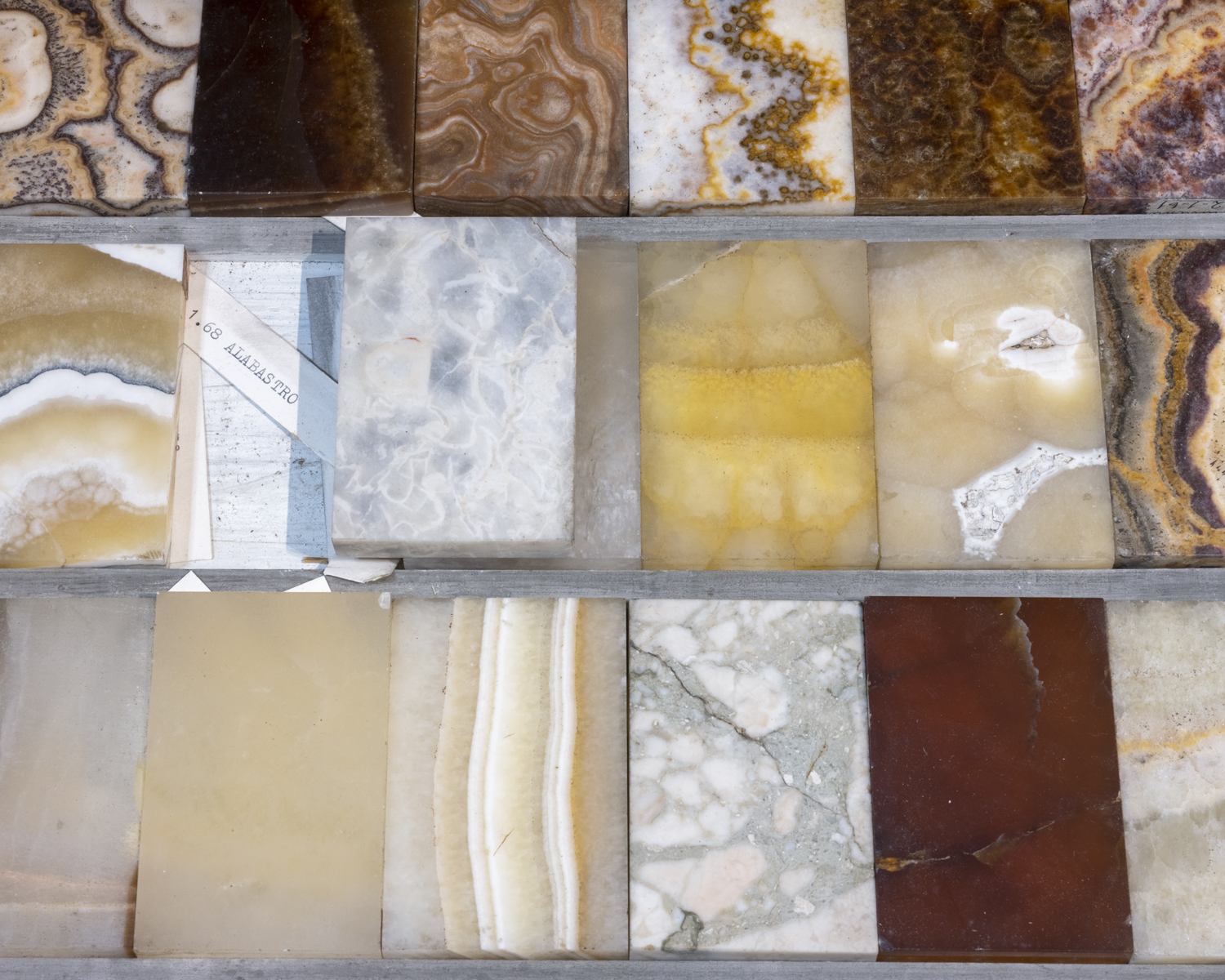









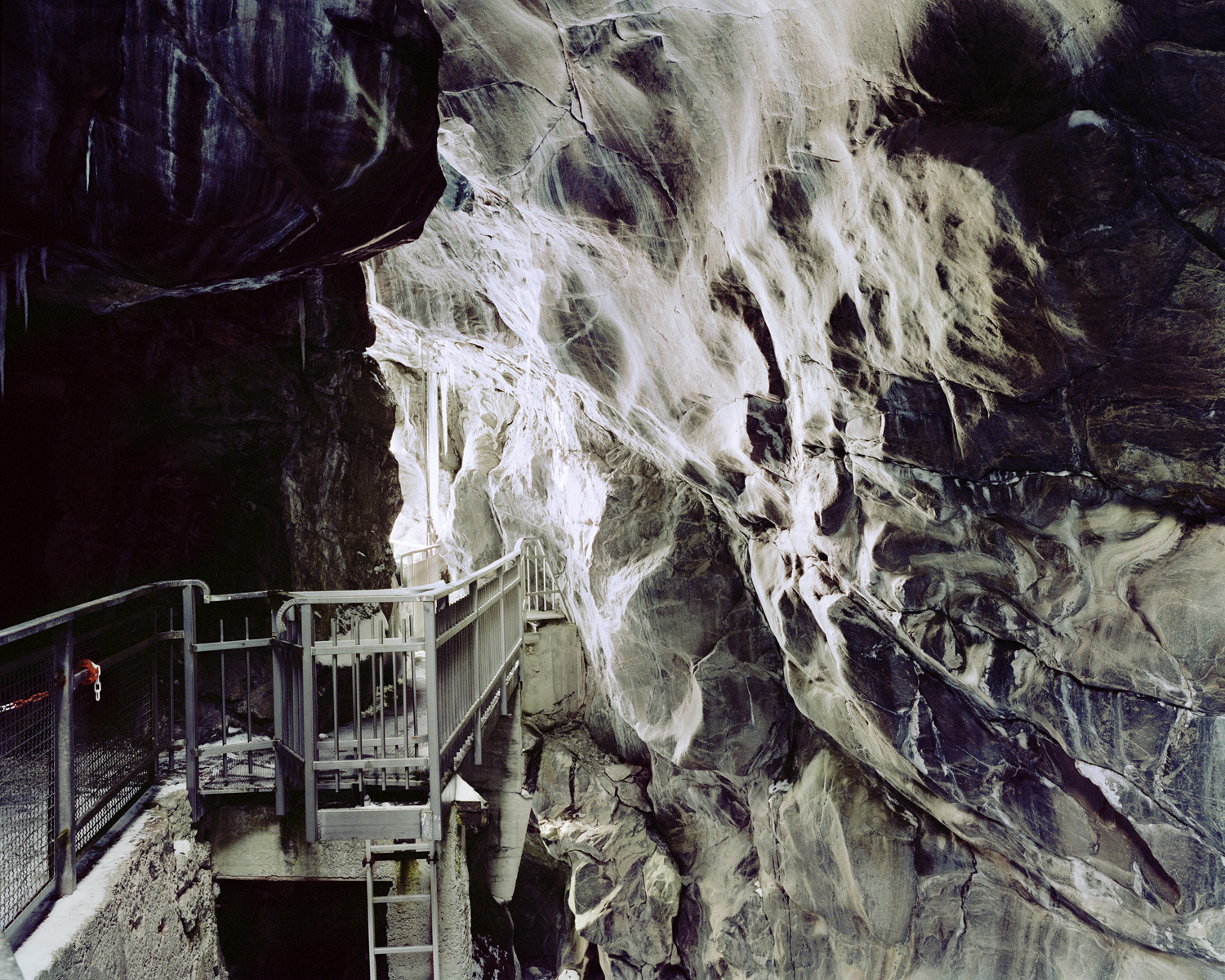
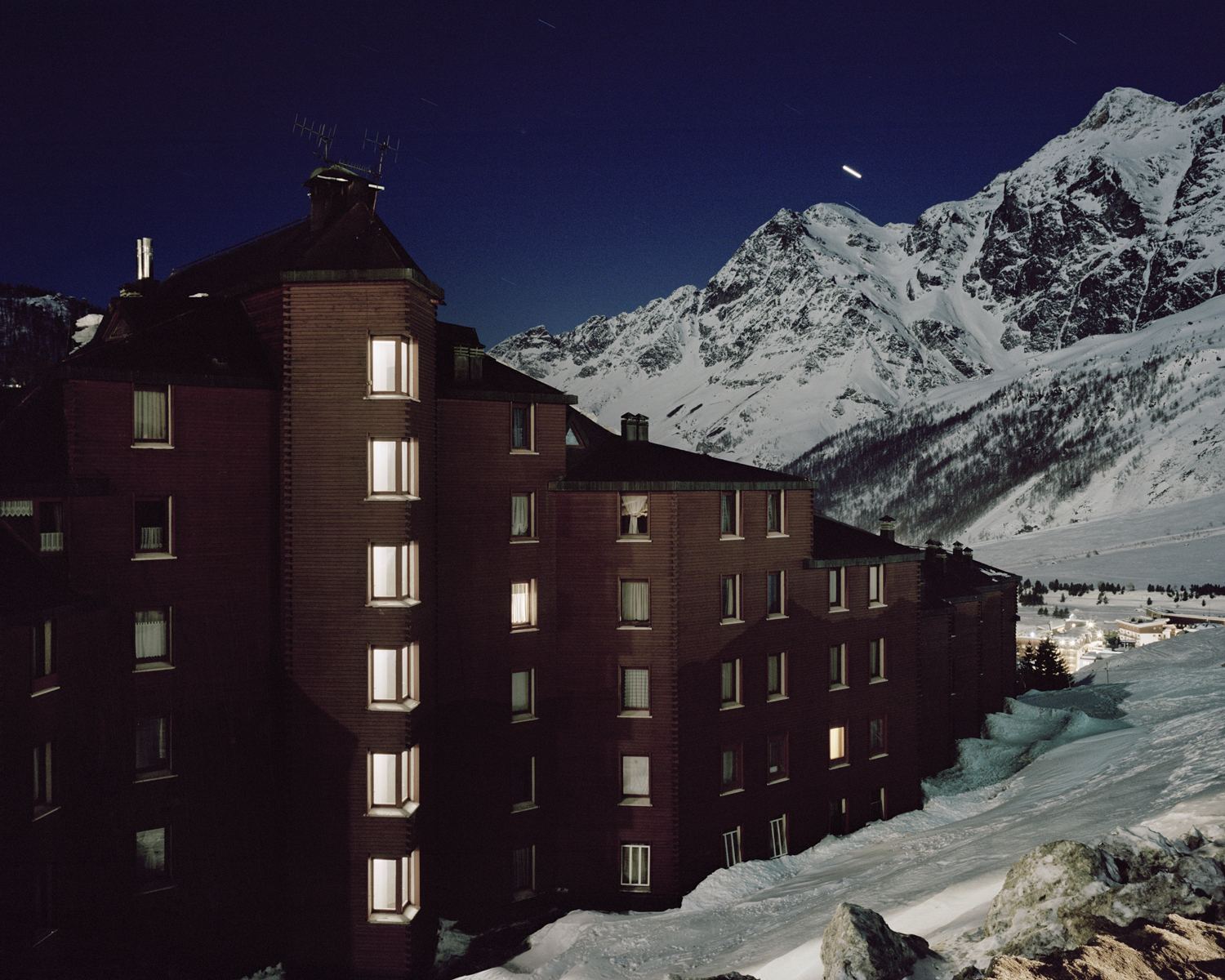




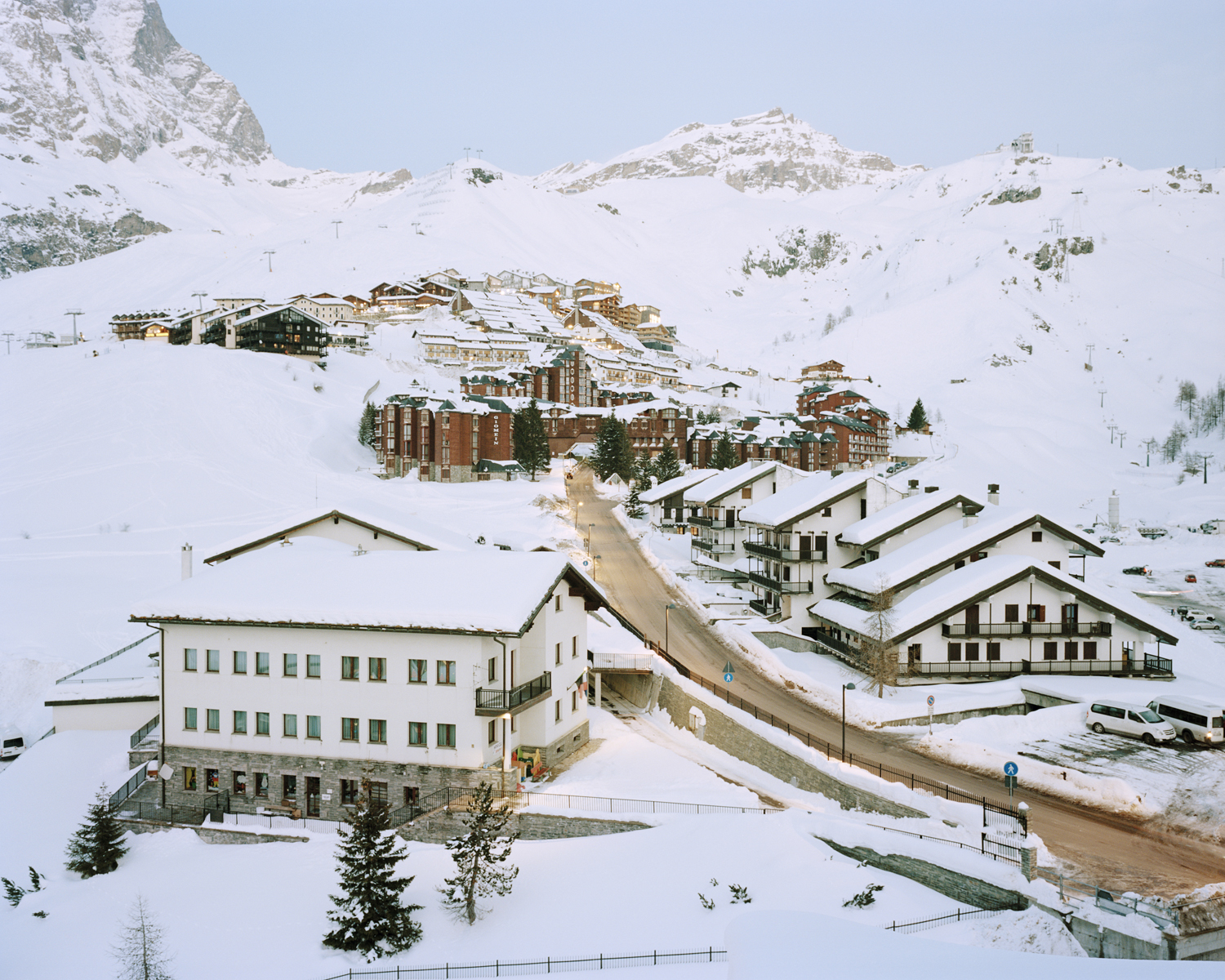

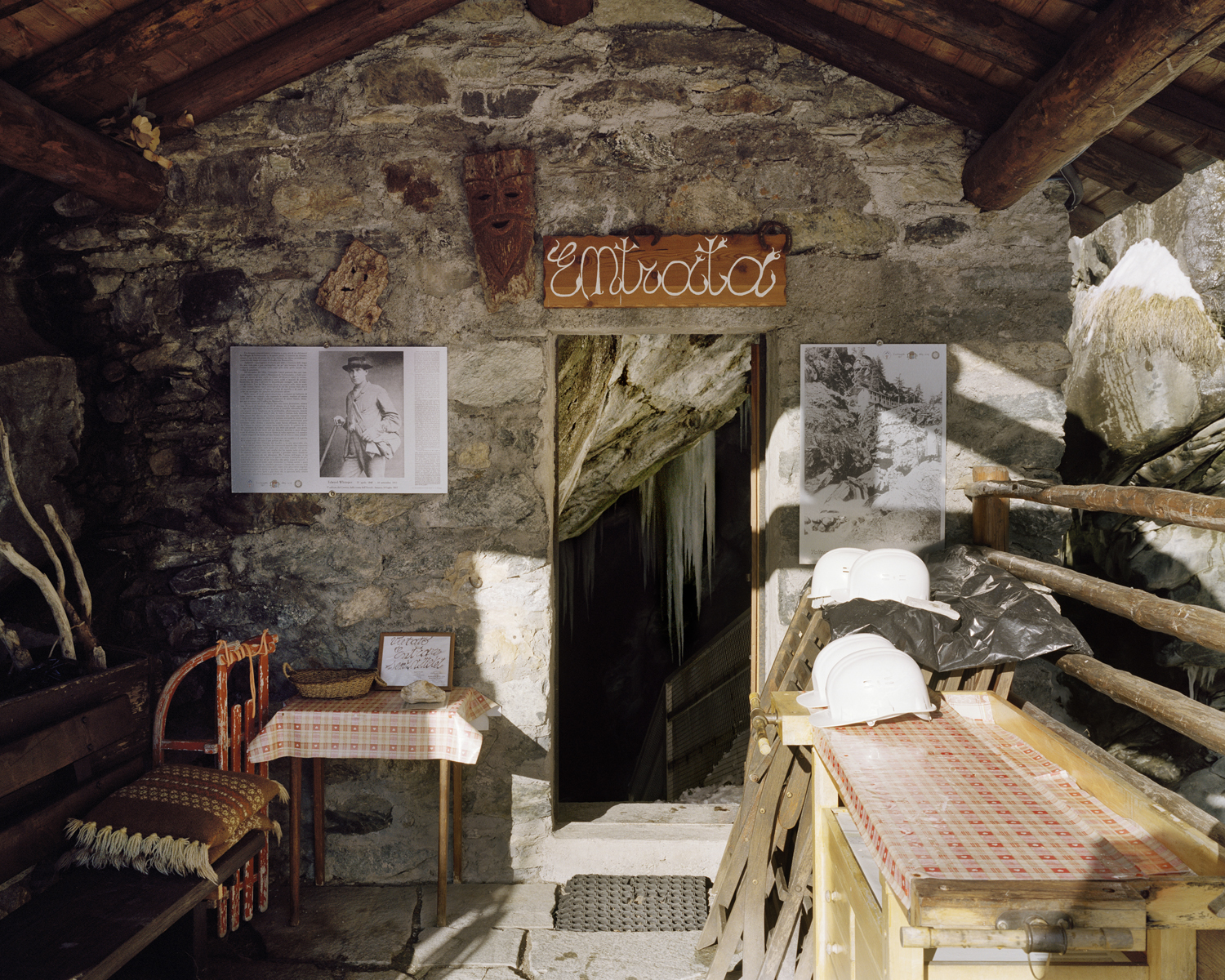
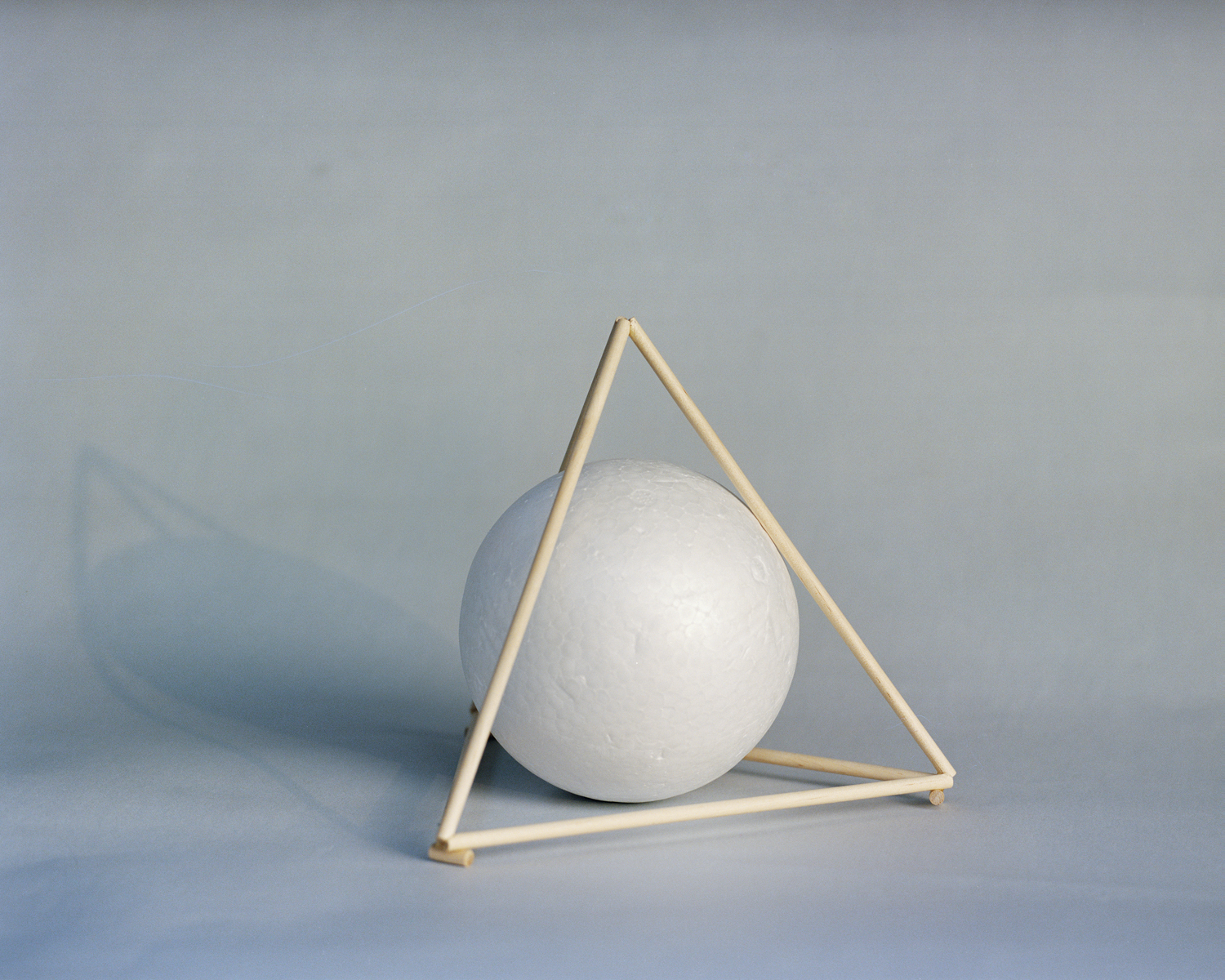
Entre chien et loup is common expression used nowadays in the French language, which has existed since the 7th century in the Latin form infra horam vespertinam, inter canem et lupum; it draws that moment in the day when the light declines and we may not be able to distinguish a dog from a wolf. This image triggered my imagination and my fascination for the structures of knowledge; the resulting series comes from the desire to re-discuss the ways in which we create the cultural memory of the Mountain. For doing that I confronted myself, rather than with a single stereotyped image, with the multiple stereotypes of the image of the mountain.
The first stereotype questioned was suggested by the title of the exhibition for which the work was made: What a Fantastic World Here! A Contemporary Gaze at the Museomontagna Archives. This sentence represents Heidi's bucolic stereotype of the mountain, which however soon reveals itself in contrast with the multitude of others.

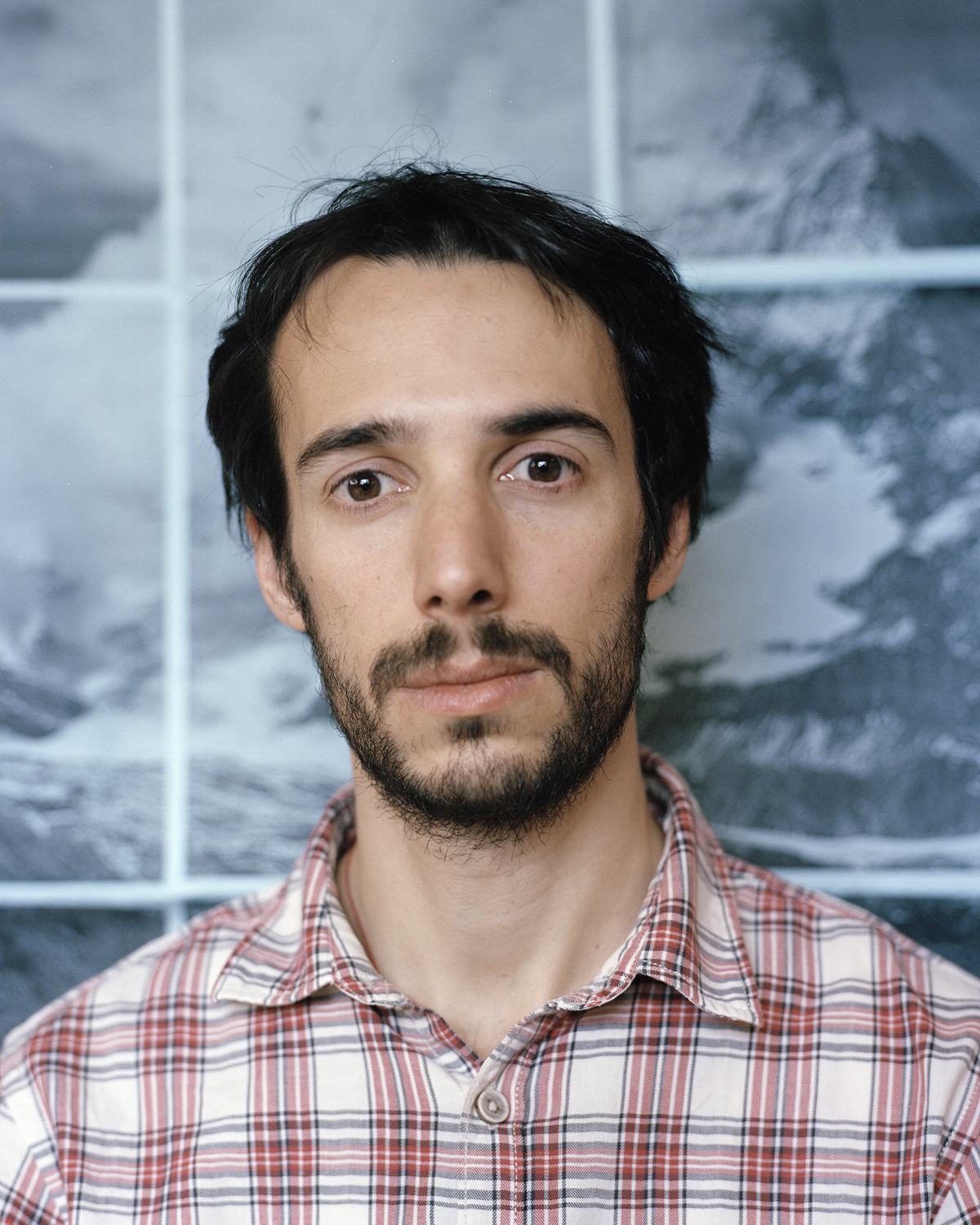

I would define Entre chien et loup as a stratification of different experiences, where I built a sort of path of entrances, windows, metaphorical peepholes, which gradually led the viewer from one stereotype to another. The images and the installation of the work force us to move in an exploratory way through misunderstandings, confirmations and epiphanies, weaving a web of relationships between disciplines and ways of looking, at times inverting and confusing the roles between archive and landscape, construction and artifact, scientific and imaginary.
Furthermore, Entre chien et loup is a project animated by a question about the images through which we construct our idea of the mountain, which is not a mountain in itself but is a symbol of something extremely stereotyped. To address the question, I wanted not only to work in the archive of the Mountain Museum, but also to choose a place where to go. Through a peregrination of research I identified Mount Cervino as an incubator of almost all the stereotypes I had discovered. The Matterhorn has become a mountain symbol of all mountains as, ironically, is confirmed by the large number of mountains around the world called “the Cervino of…”.








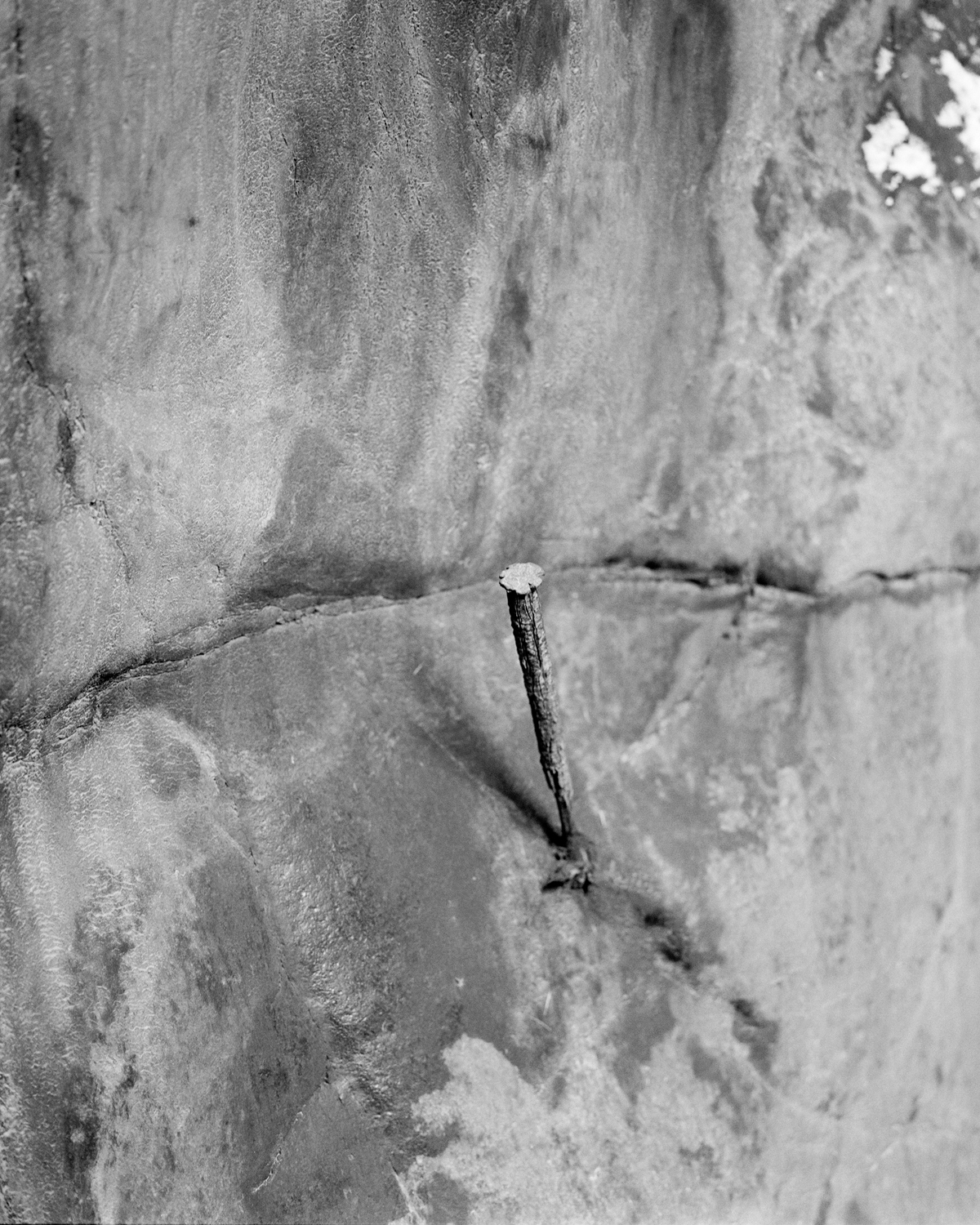
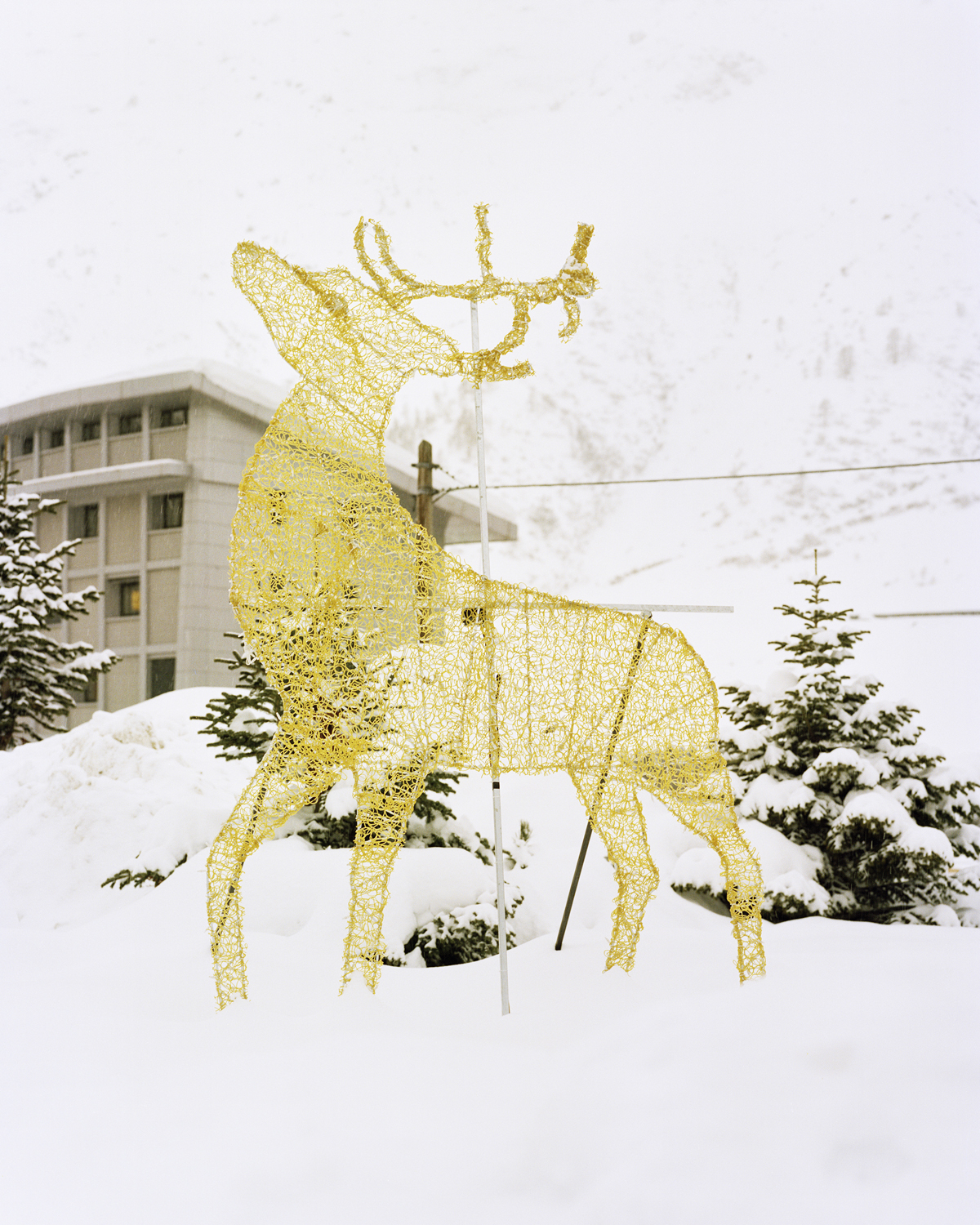
The curator Giangavino Pazzola writes: "Passing from archive pictures to superimposed meanings, her work speaks of a breakdown in knowledge, a perceptive catastrophe, that is reflected in the dispersal of certainties”.
My aim was to explore the Mountains with a gaze as open as possible in order to introduce themes and elements to the contemporary discussion on the mountain; themes which often are taboo in many contexts: the ascension, the fall, the game, the death, the bucolic, the depopulation, the heroes.. “The inside and the outside, the true and the false, the artificial and the natural, the vernacular and the scientific, the cultural and the popular, and the real and the pretence are then discussed again and resignified in a single environmental installation that seems as mocking as it is subtle. Mixing all the material types, it redefines an undeclared geography inhabited by a new (and perhaps highly unlikely) ethnography, telling us of a world as fantastic as it is ambiguous, one that we have probably visited but that now seems different.”
Entre chien et loup is a body of work made of interferences, aimed at undermining our, my, certainties regarding a landscape so iconic that it has almost become an image of itself.





